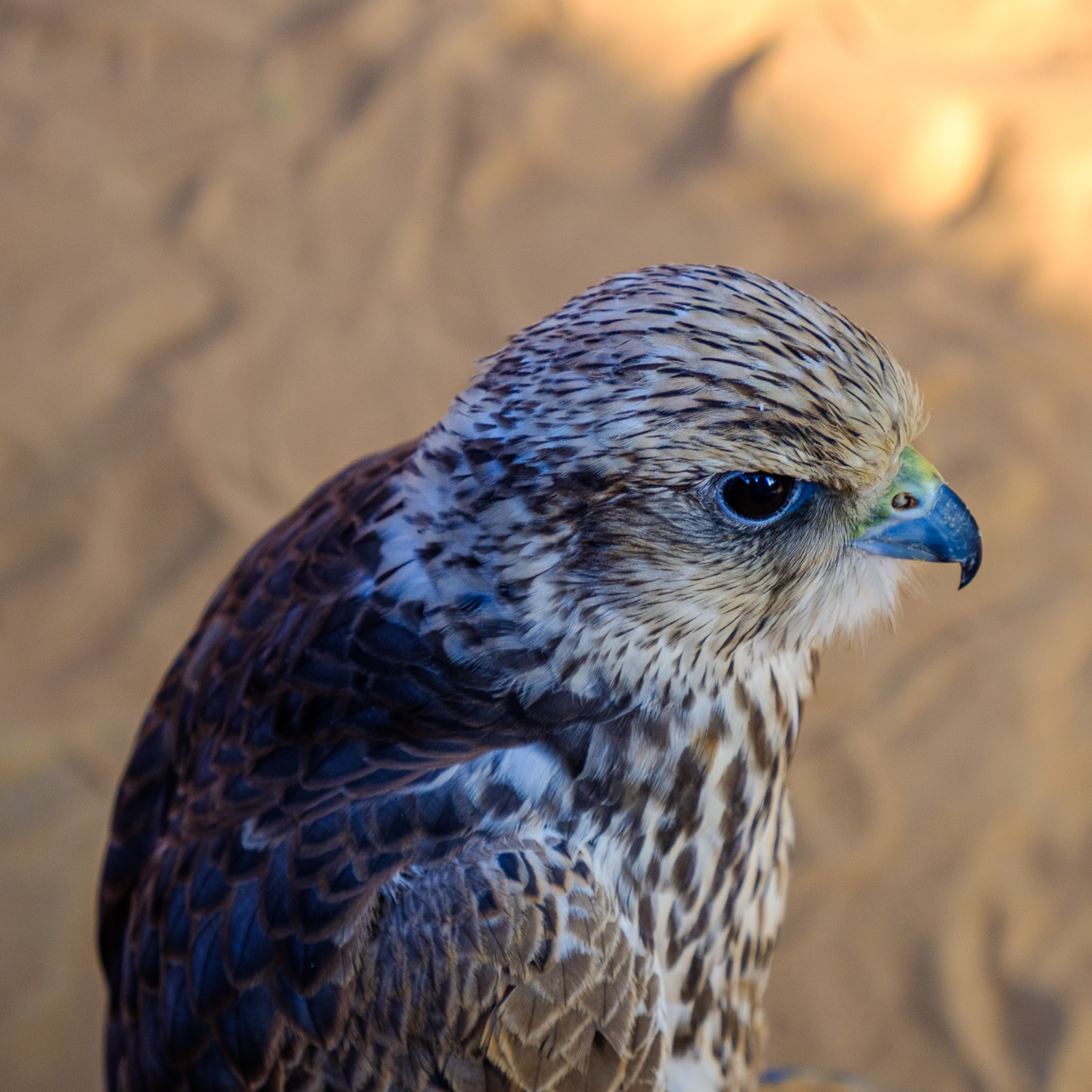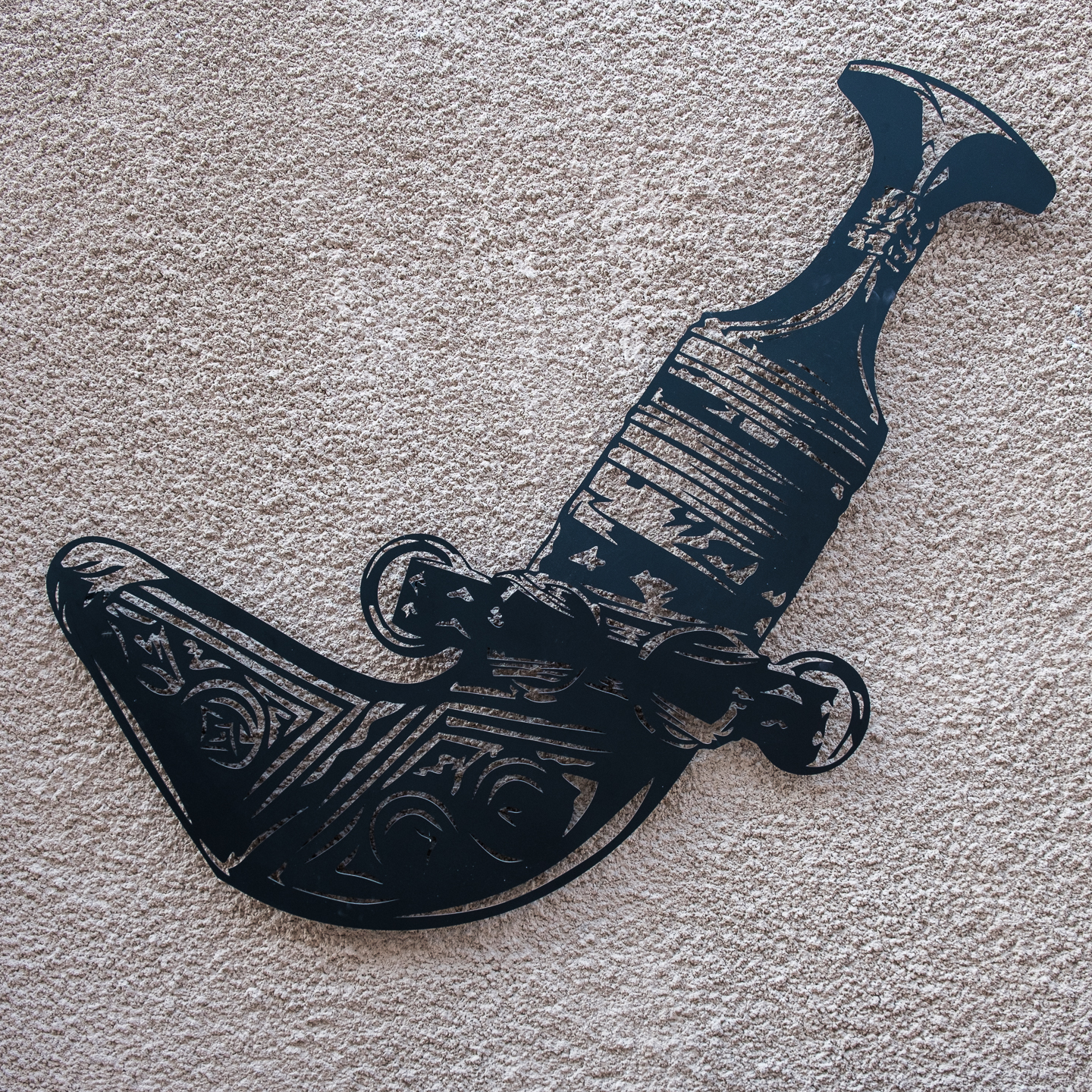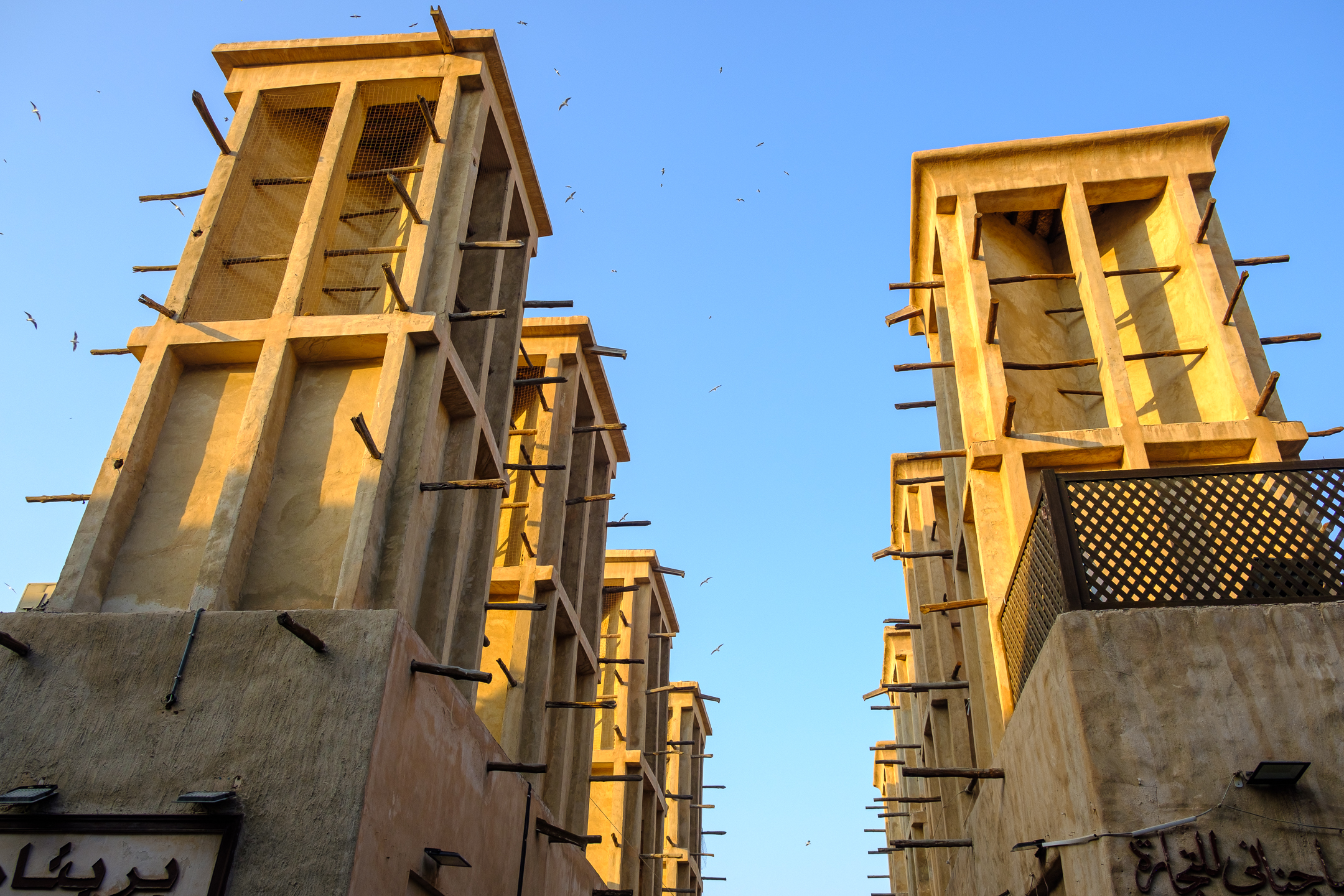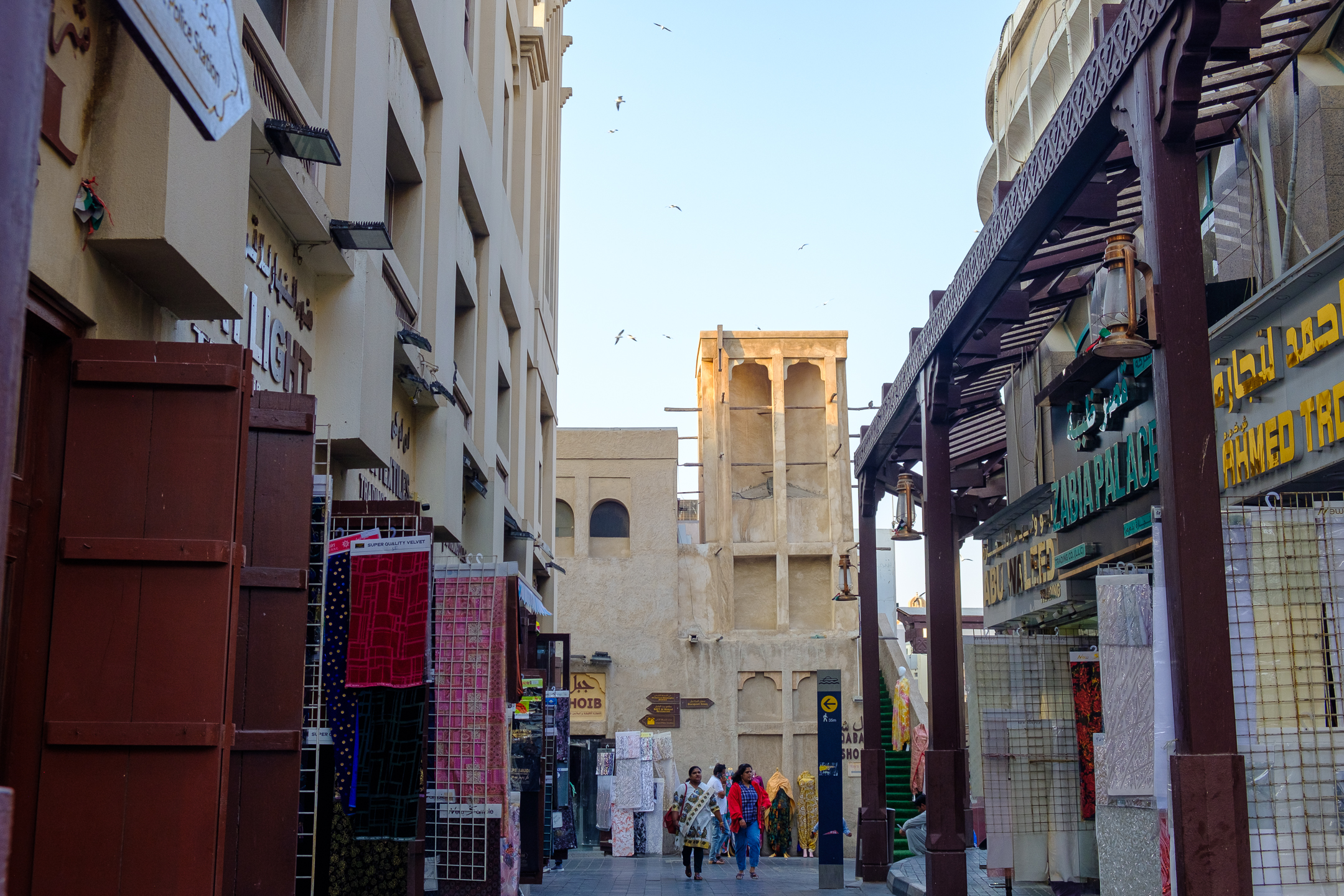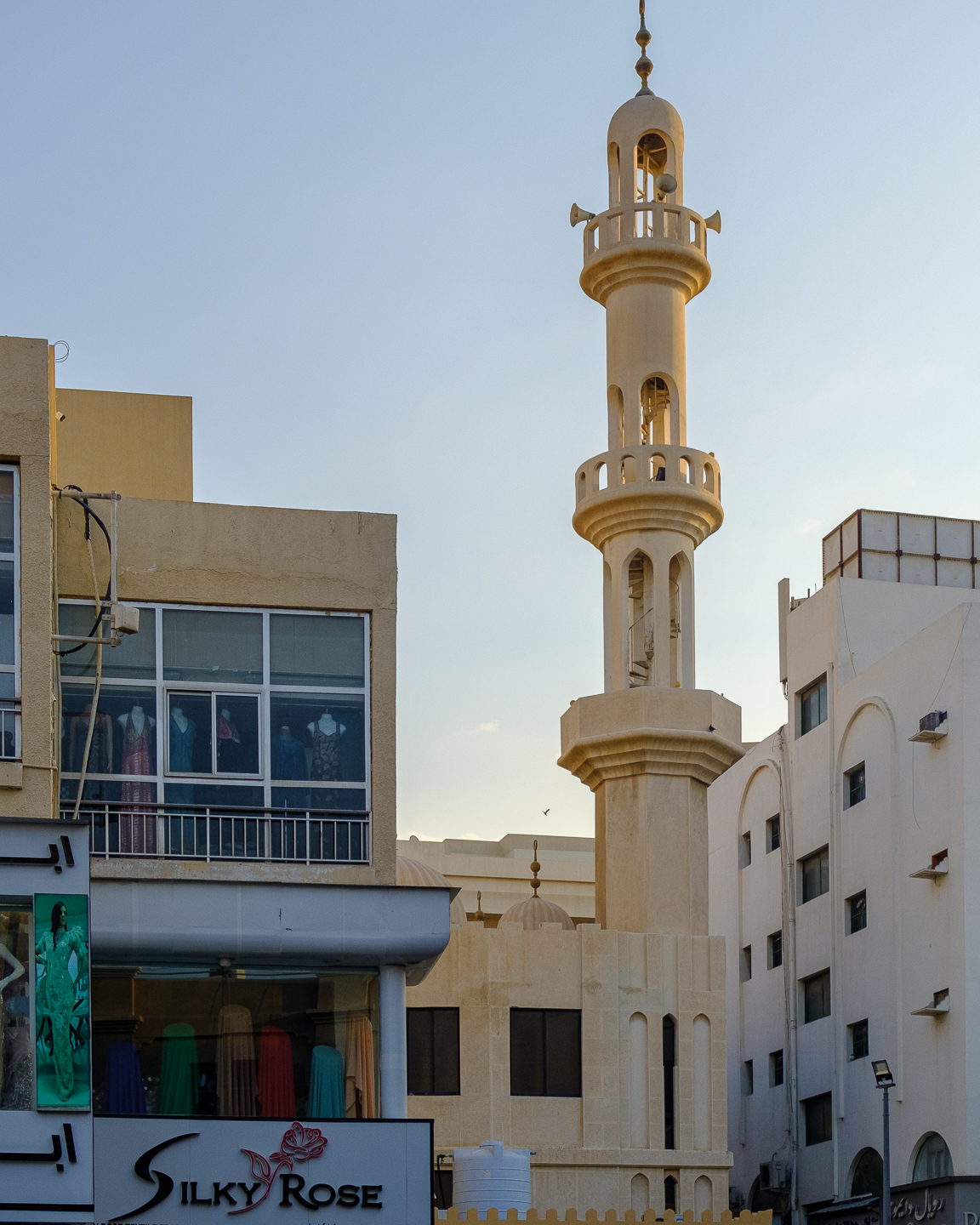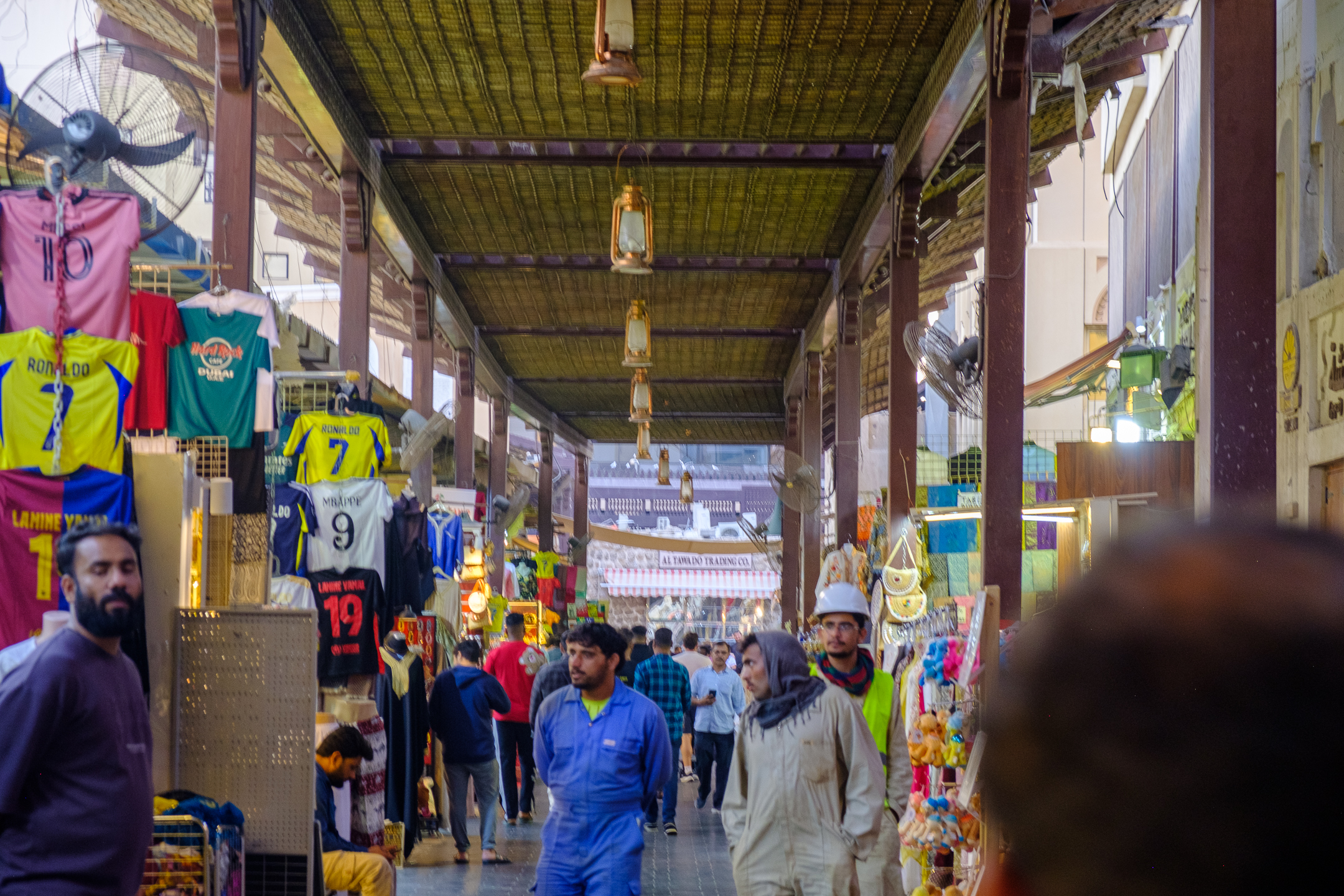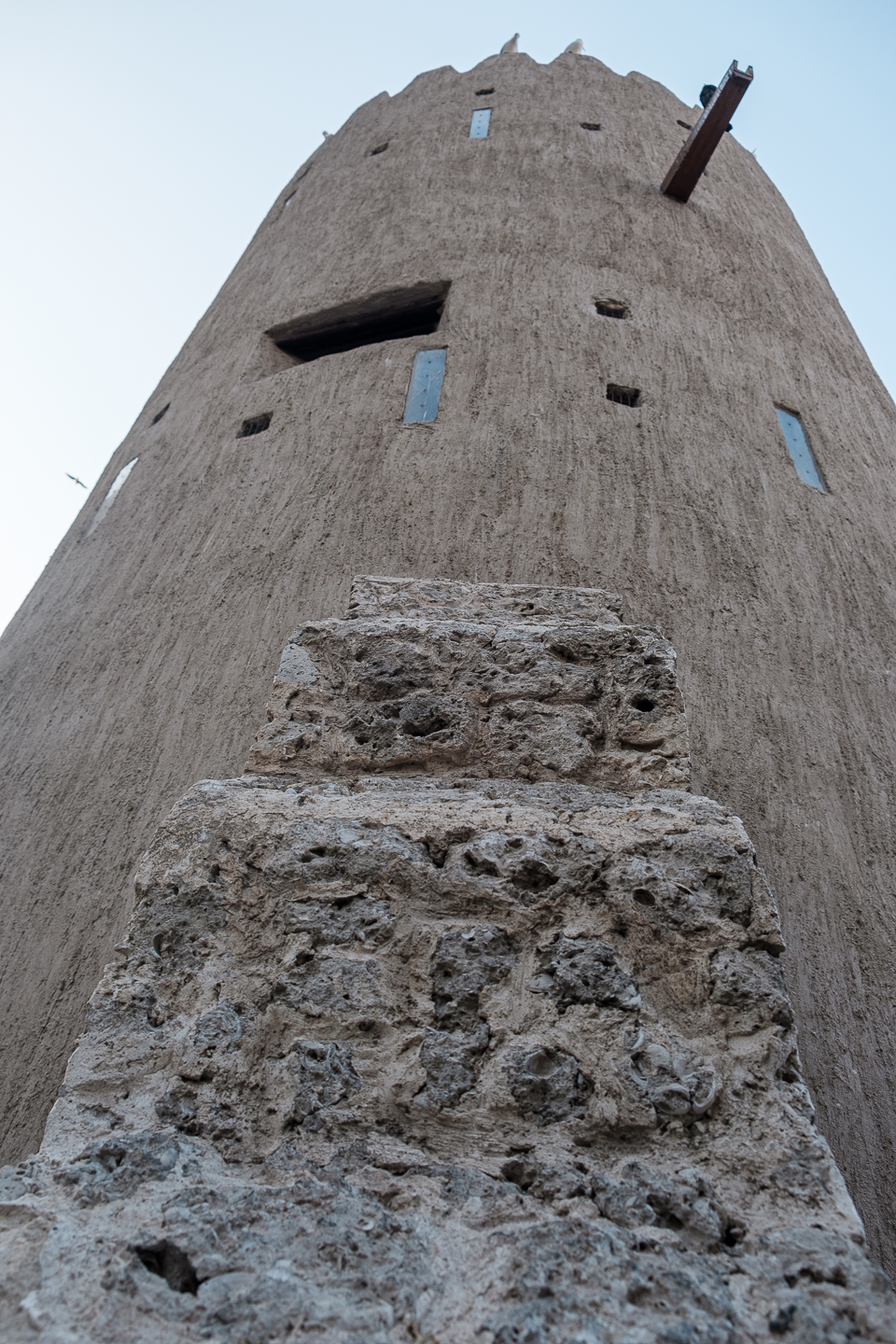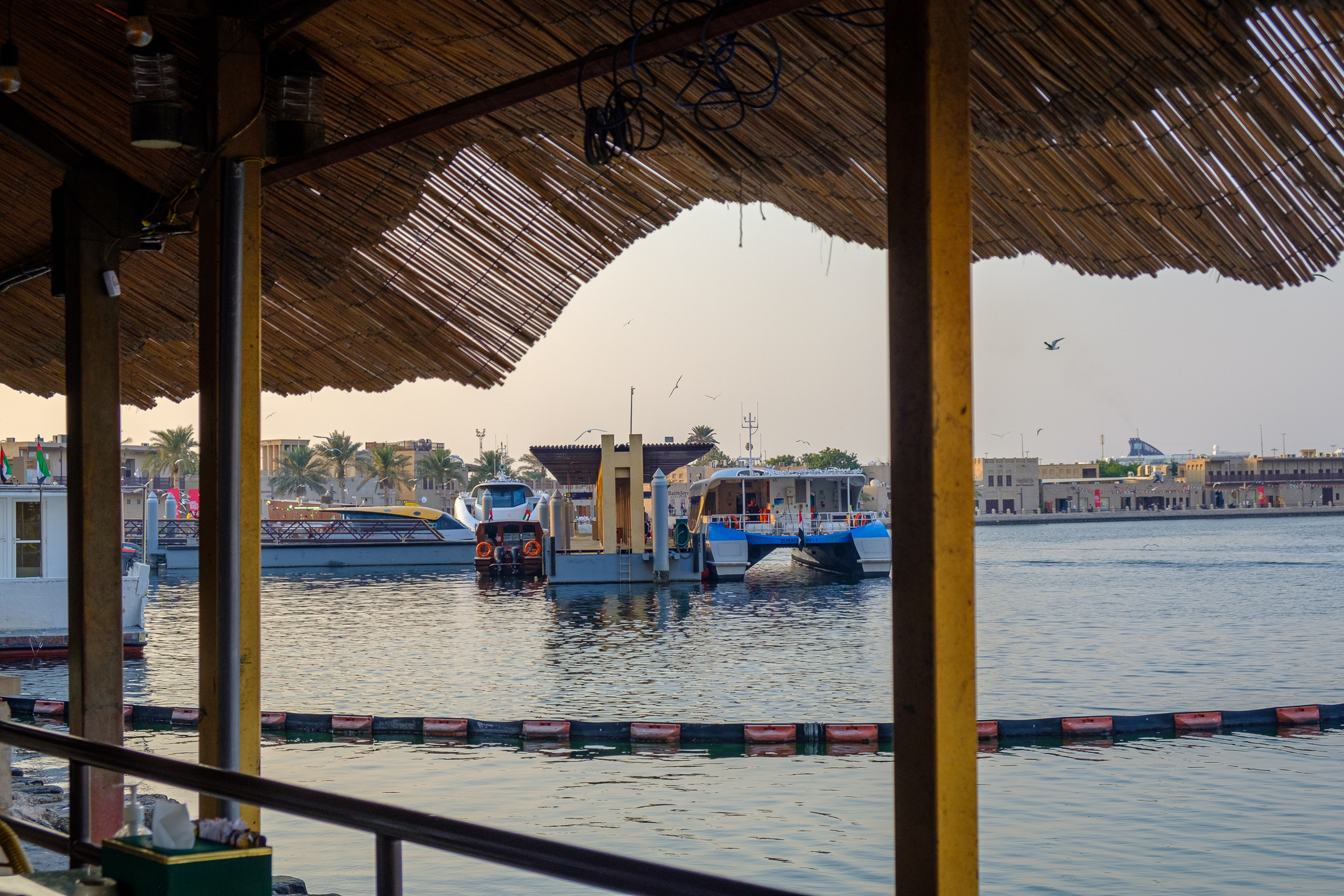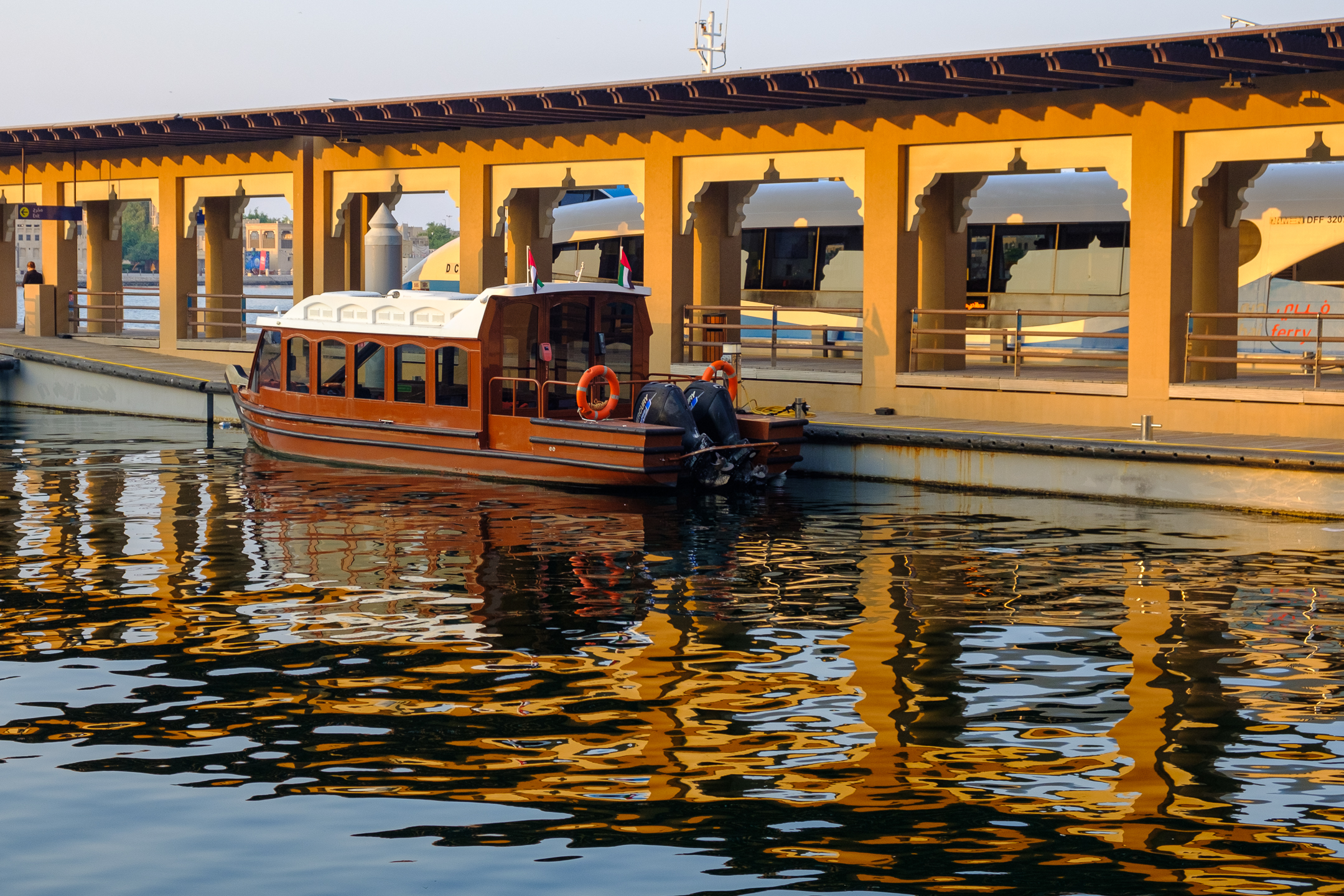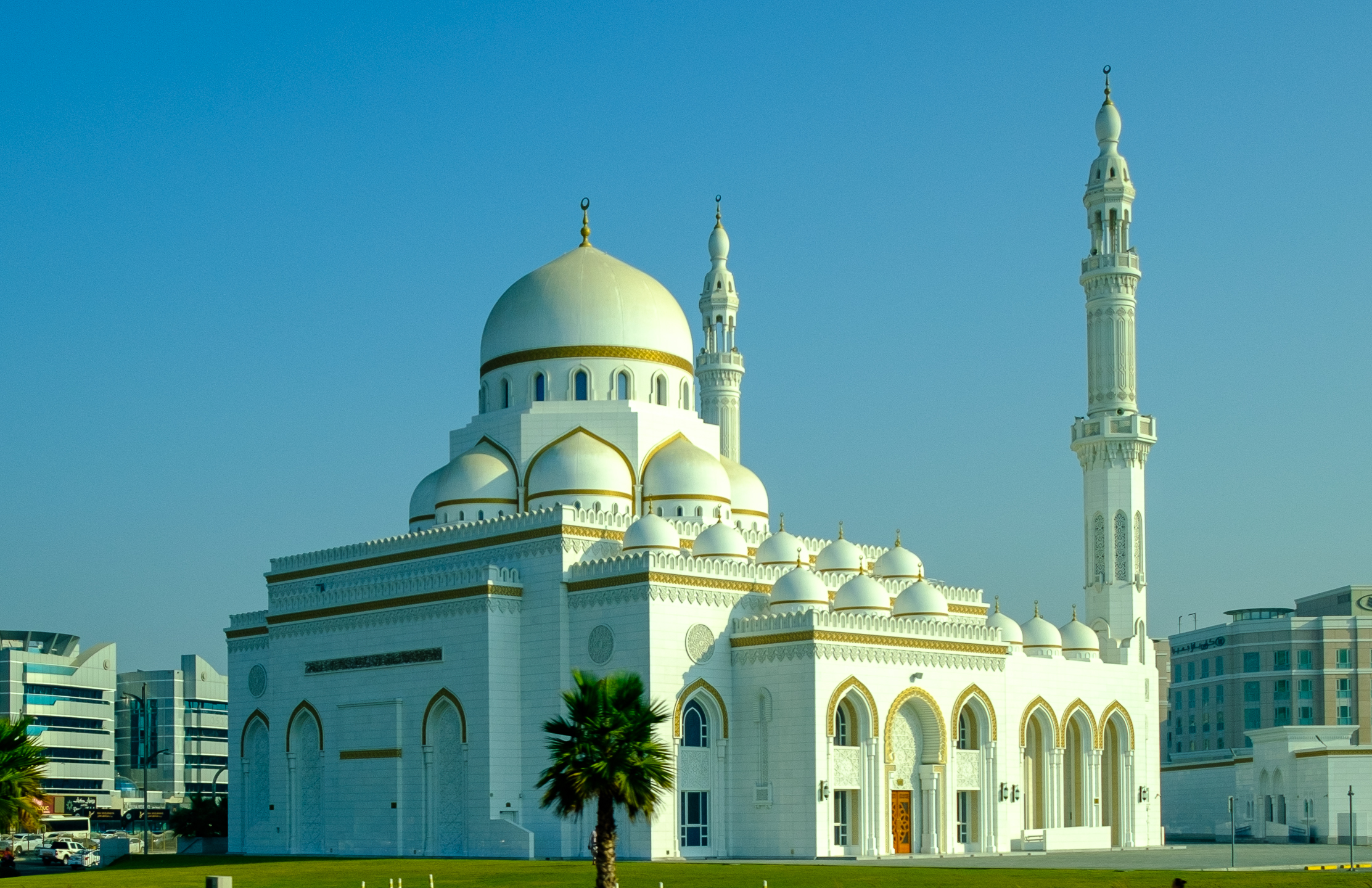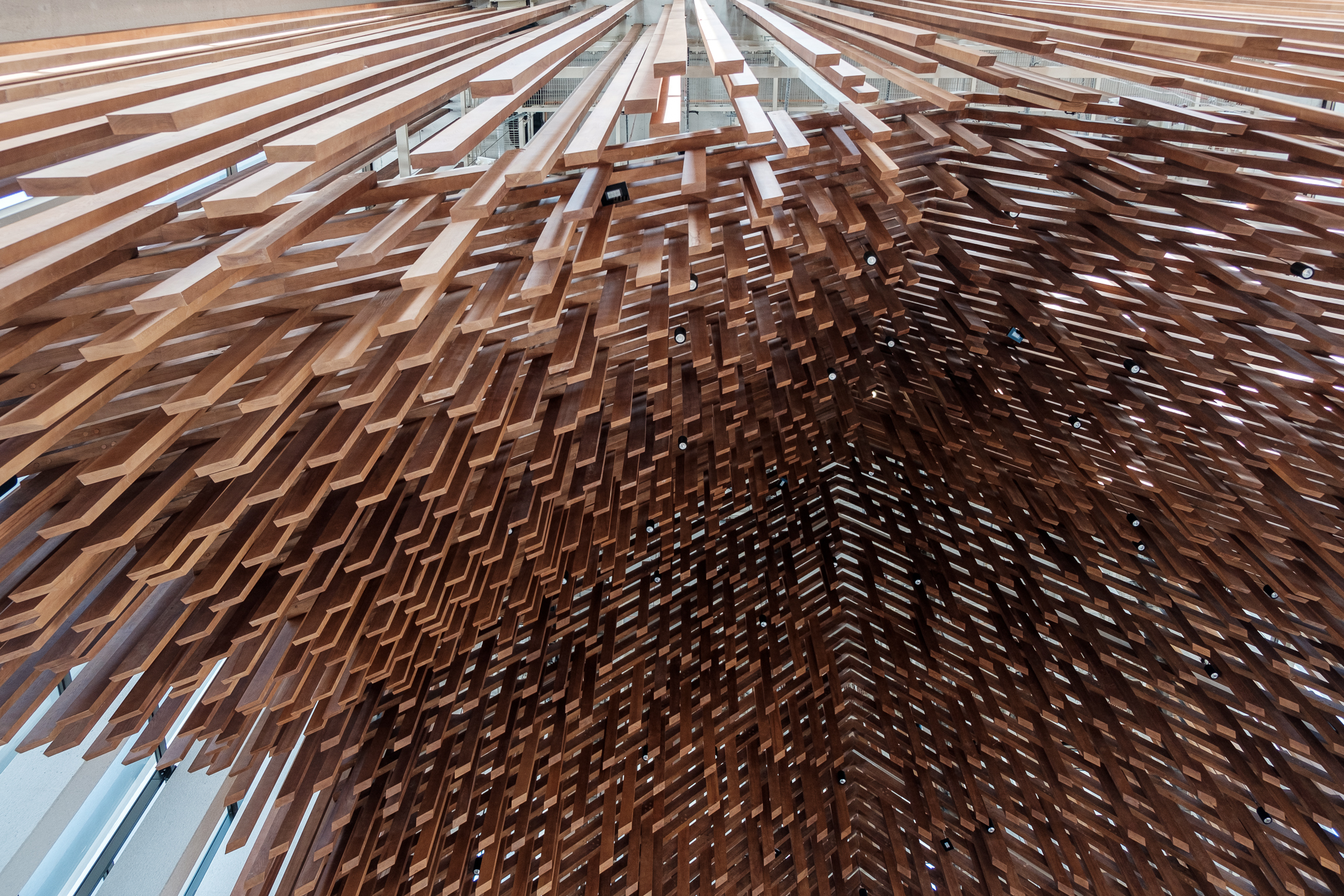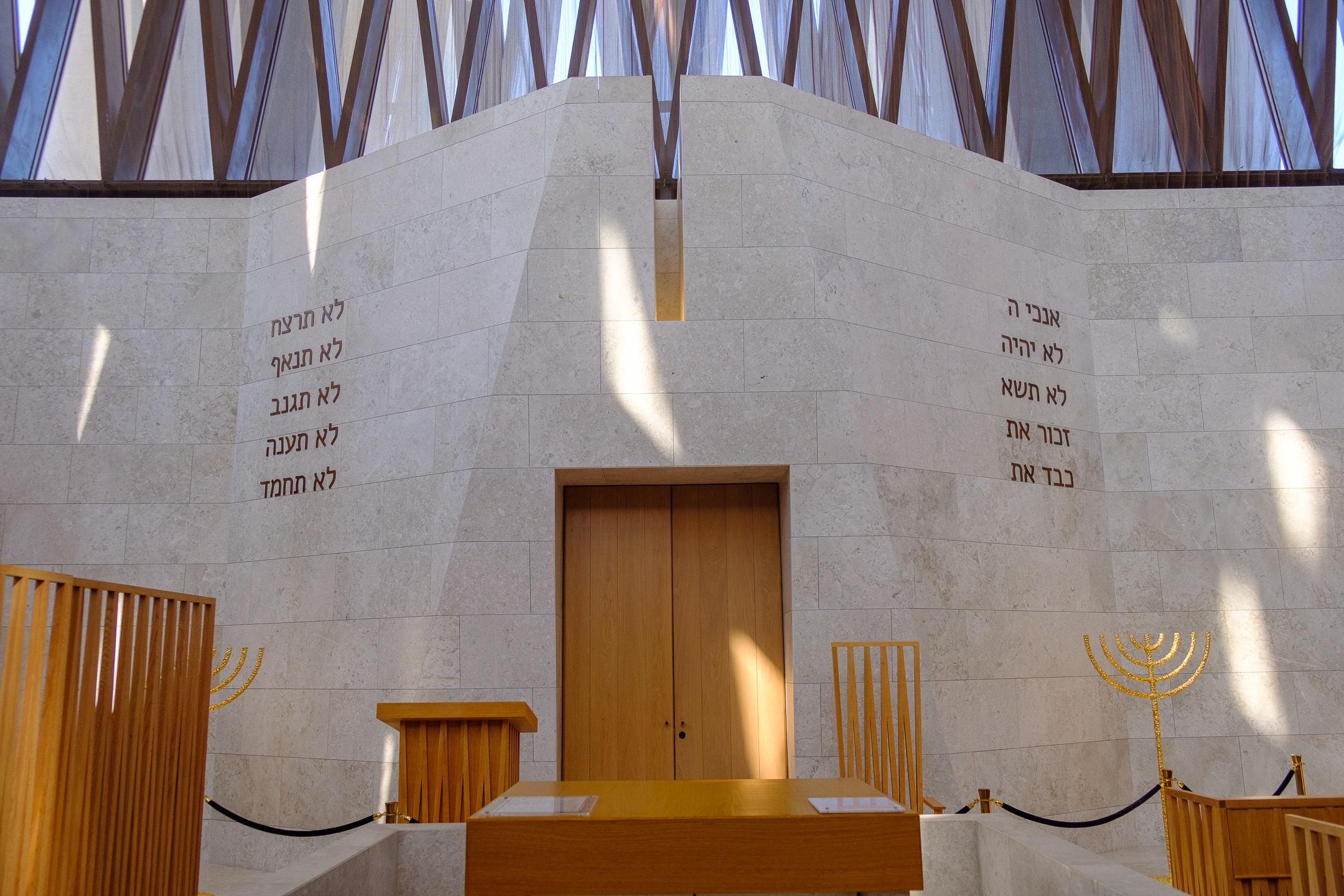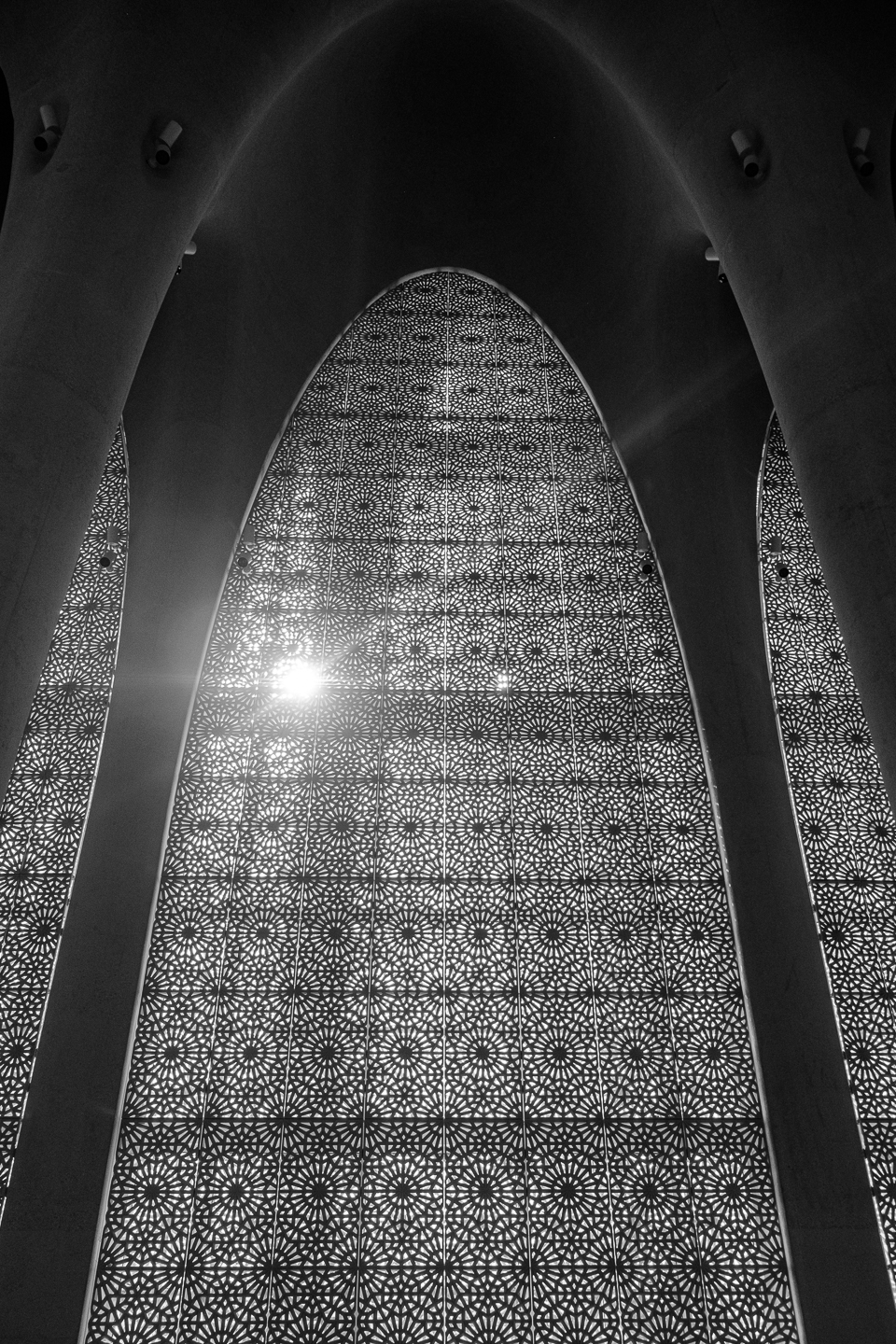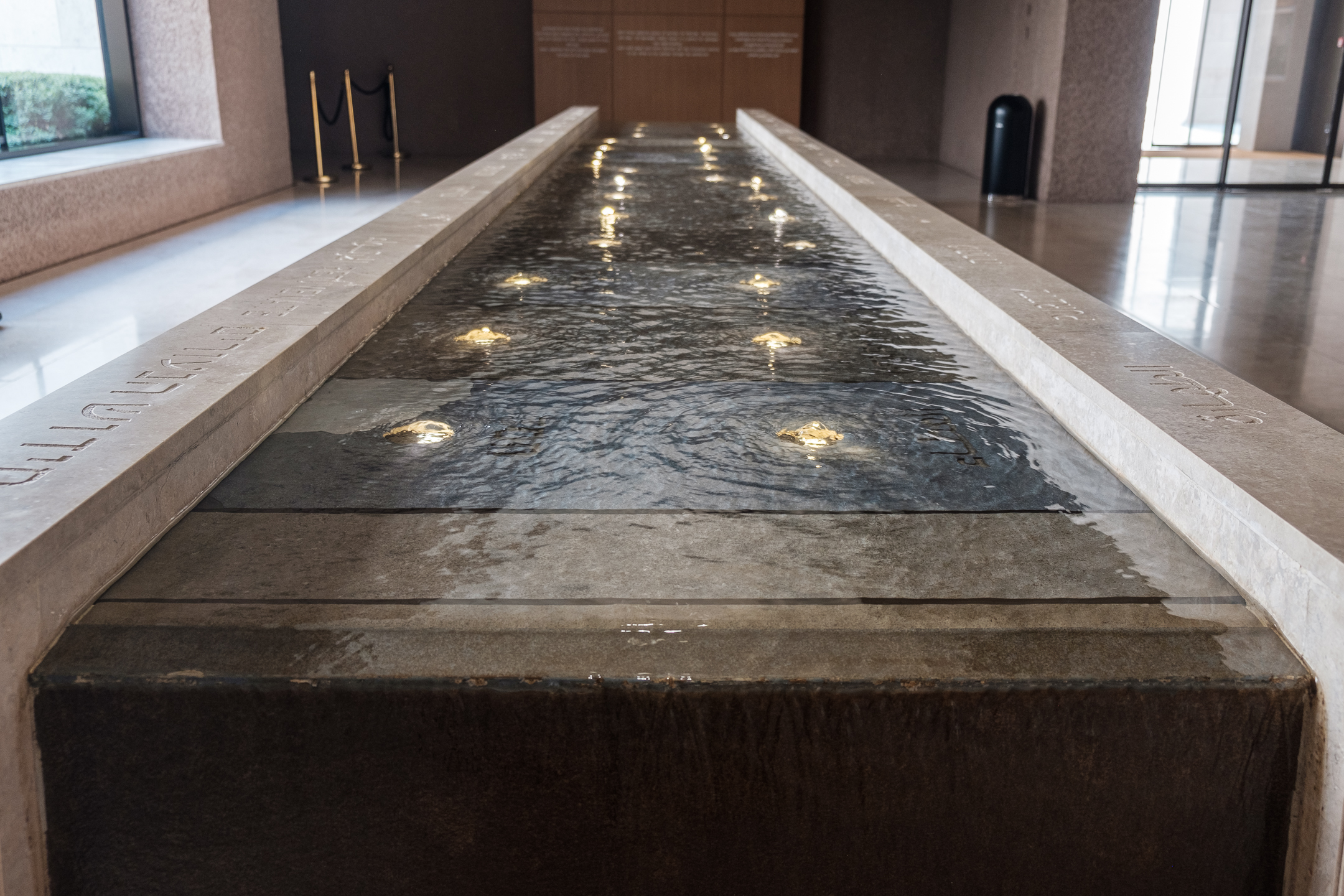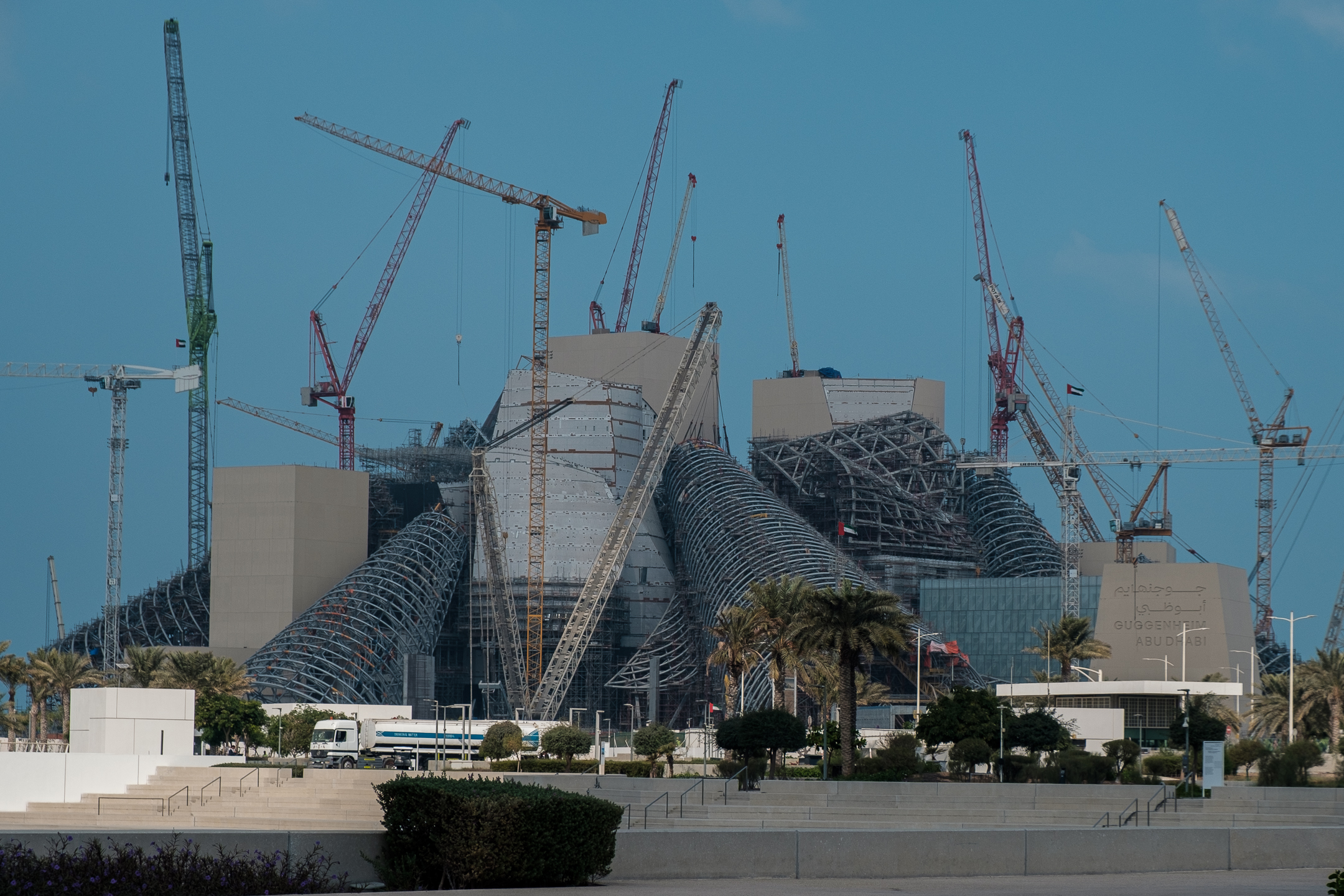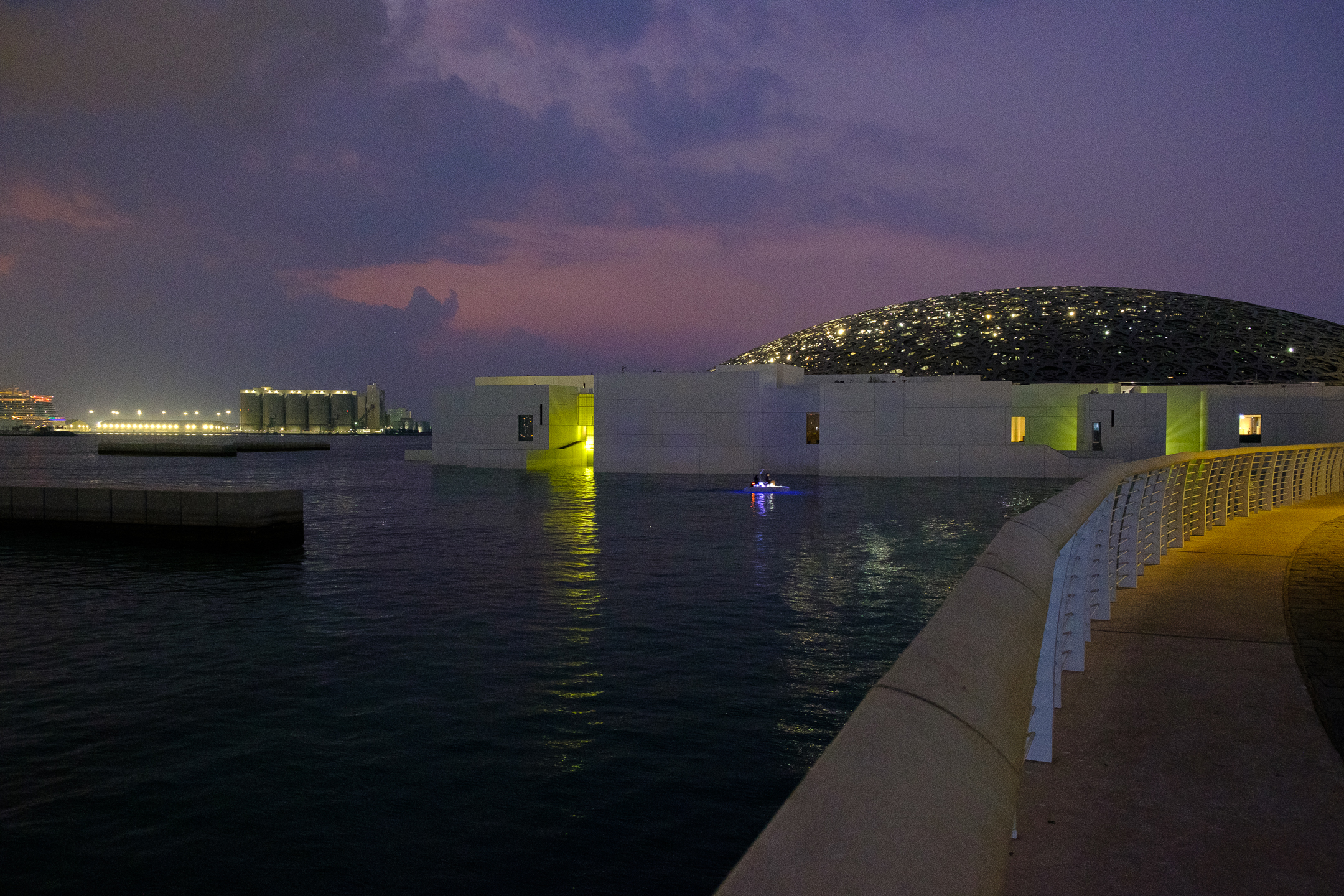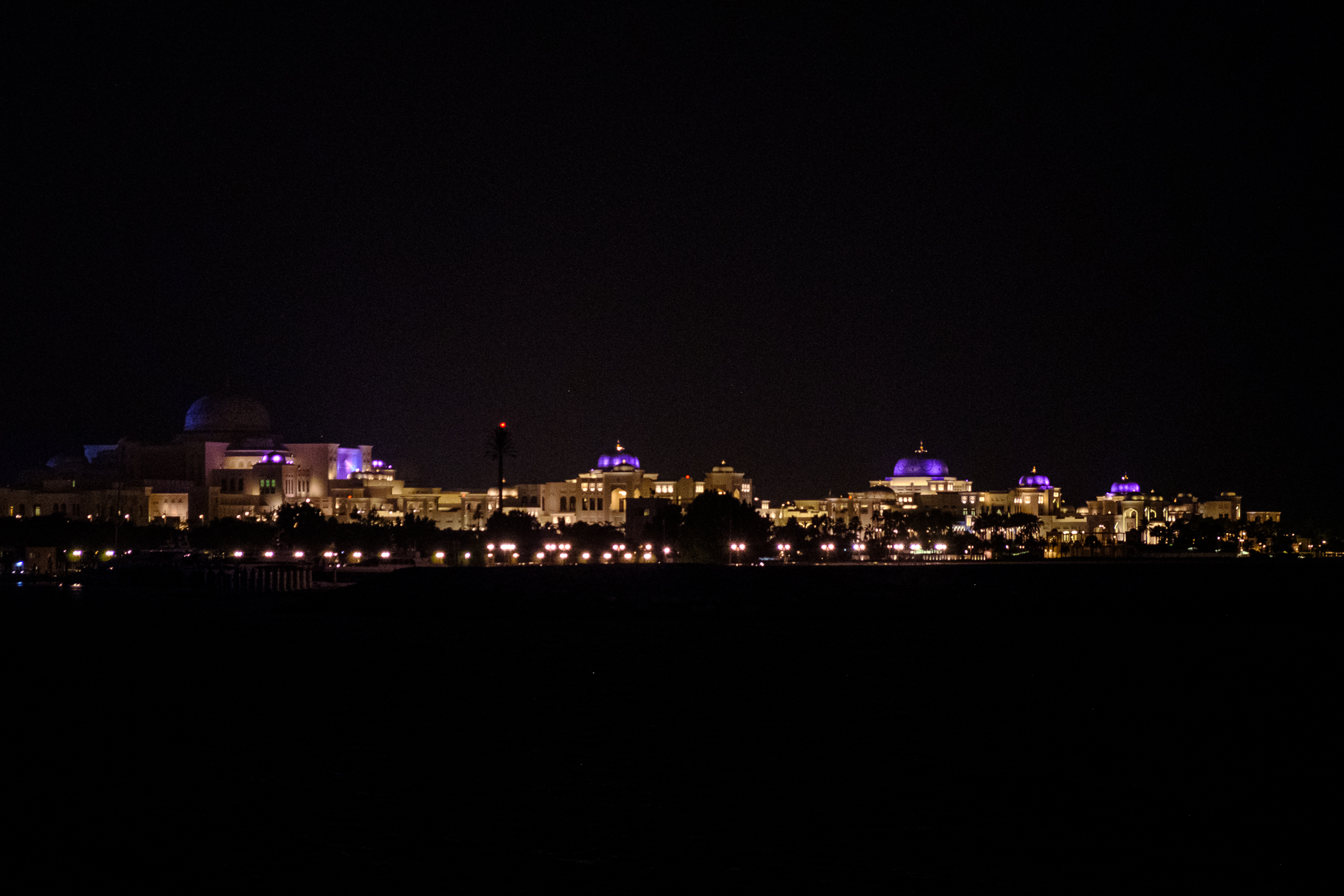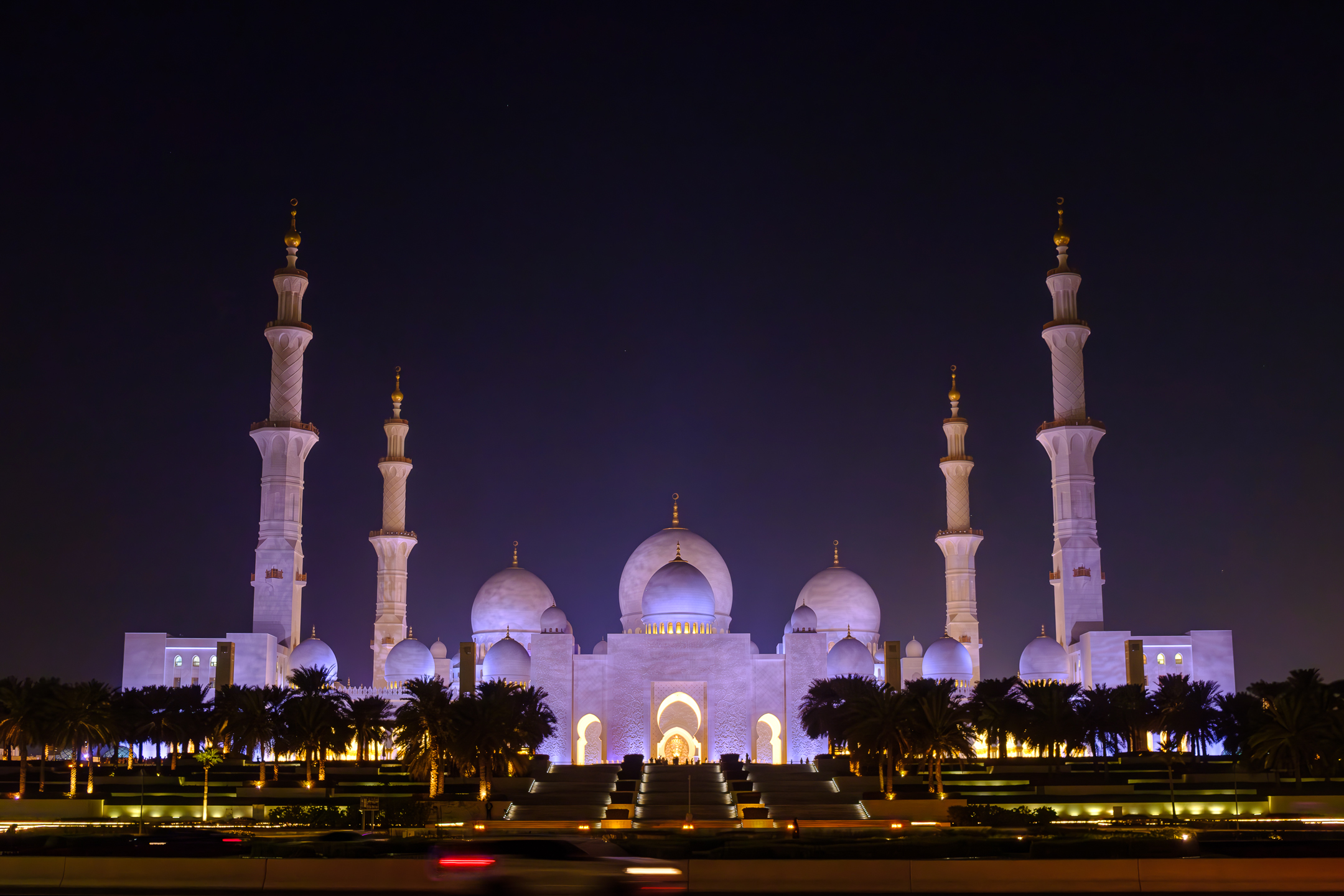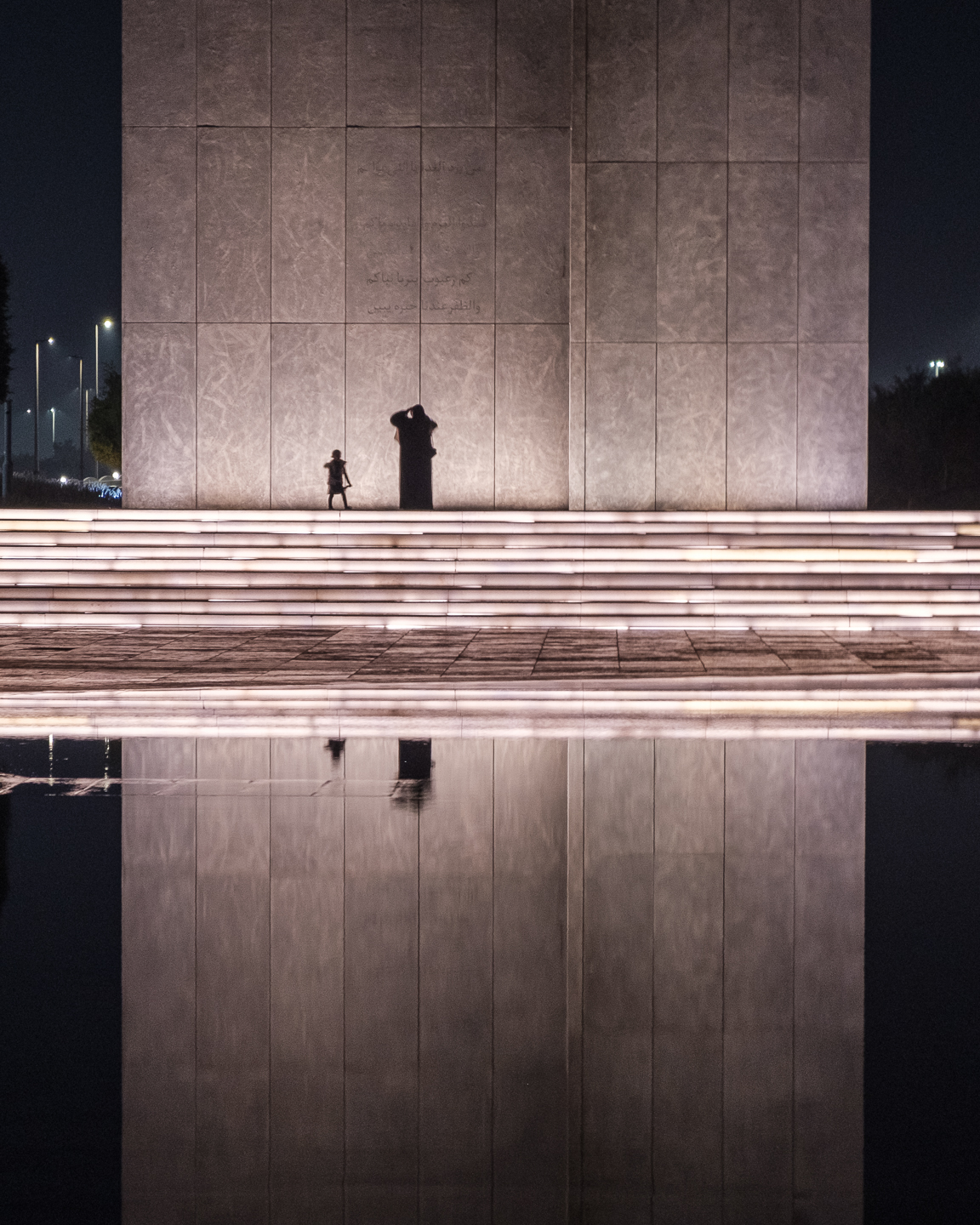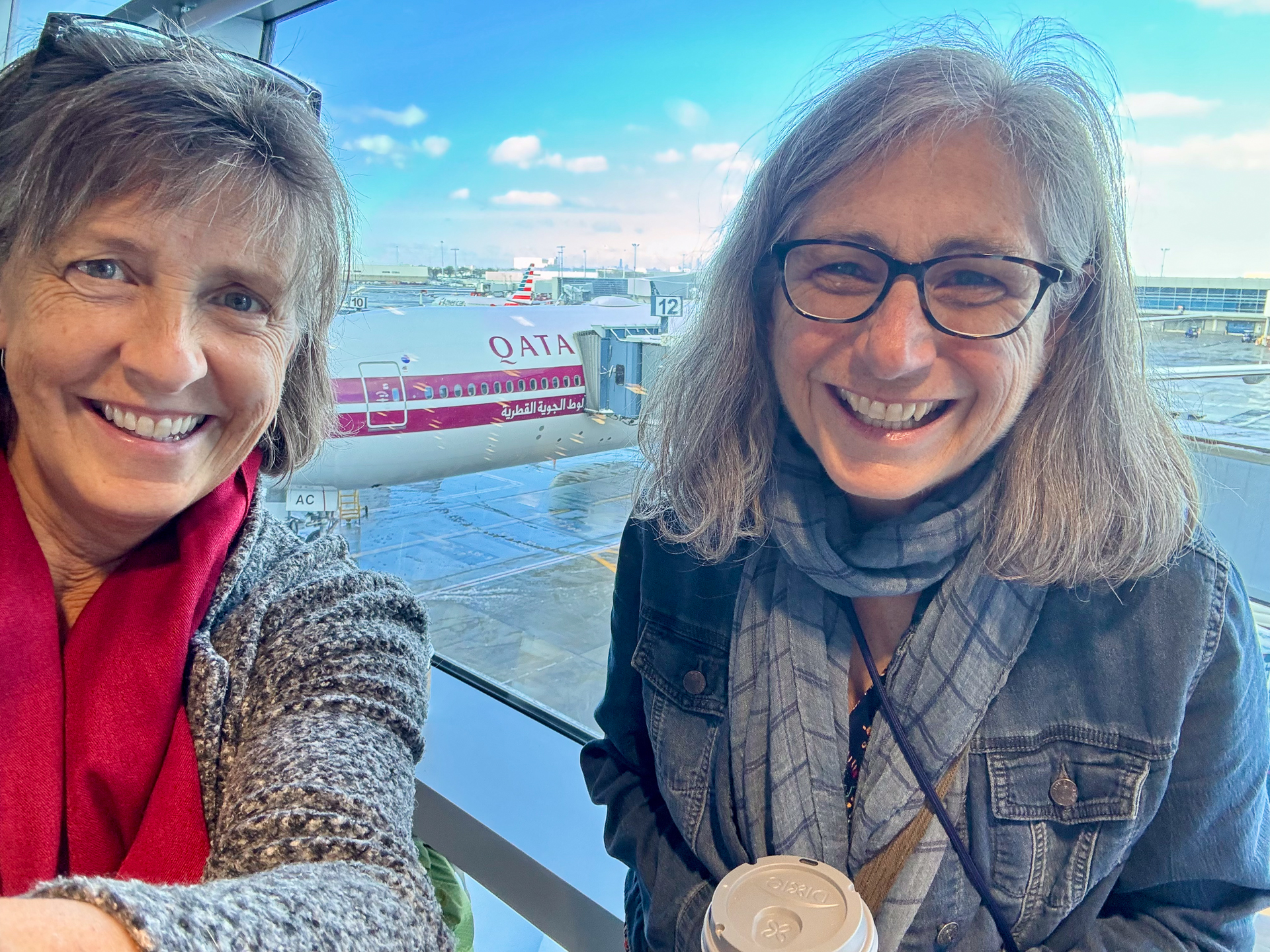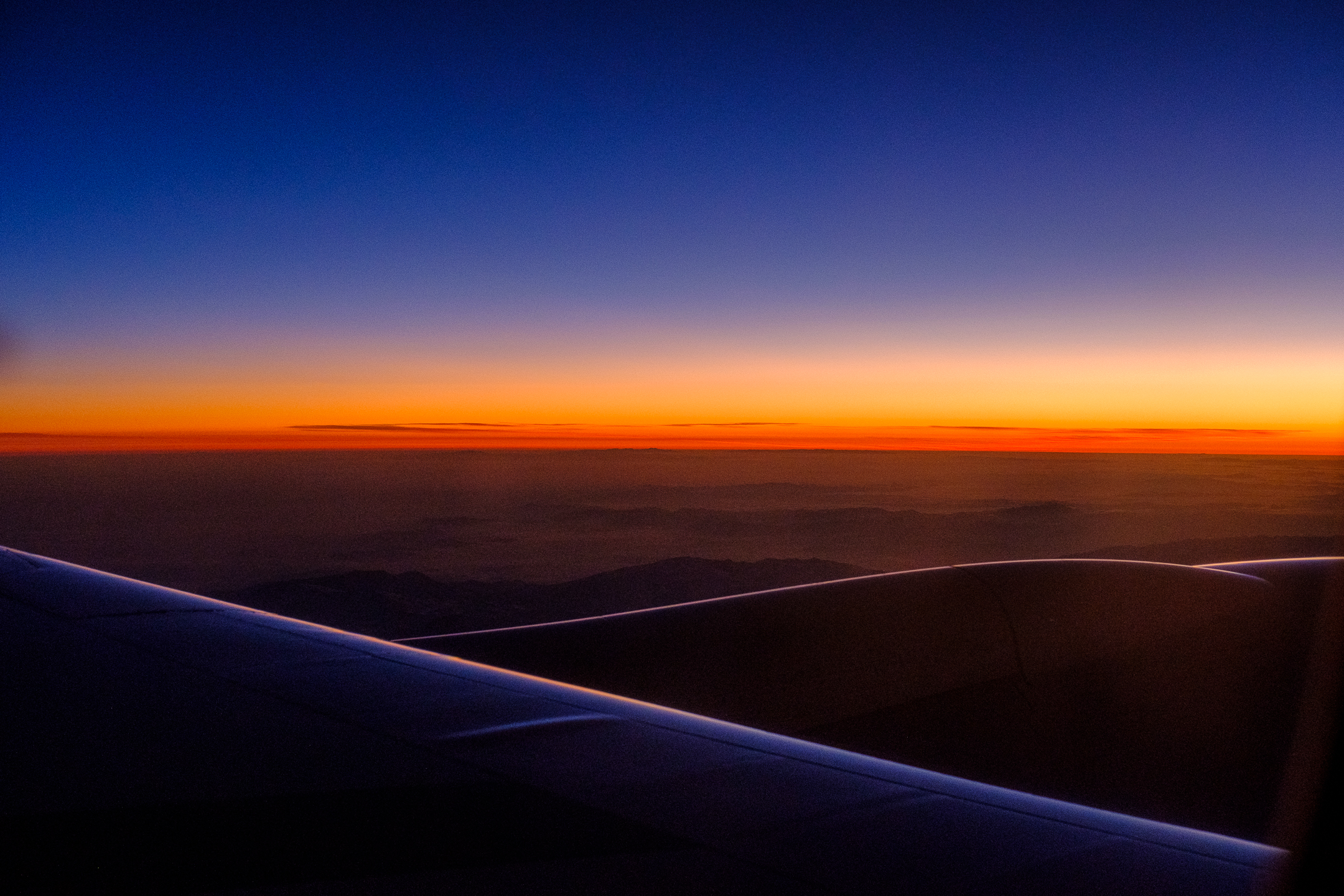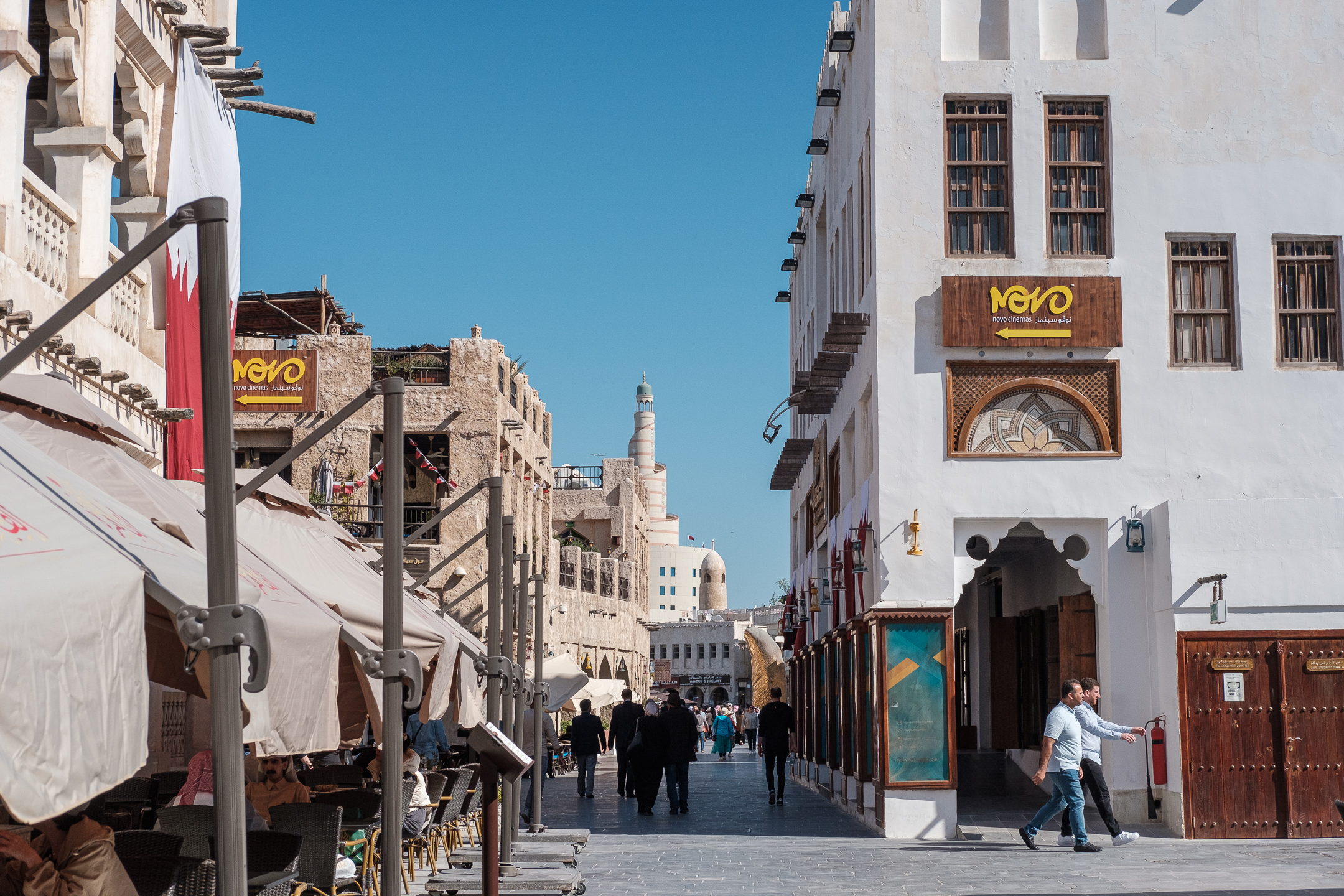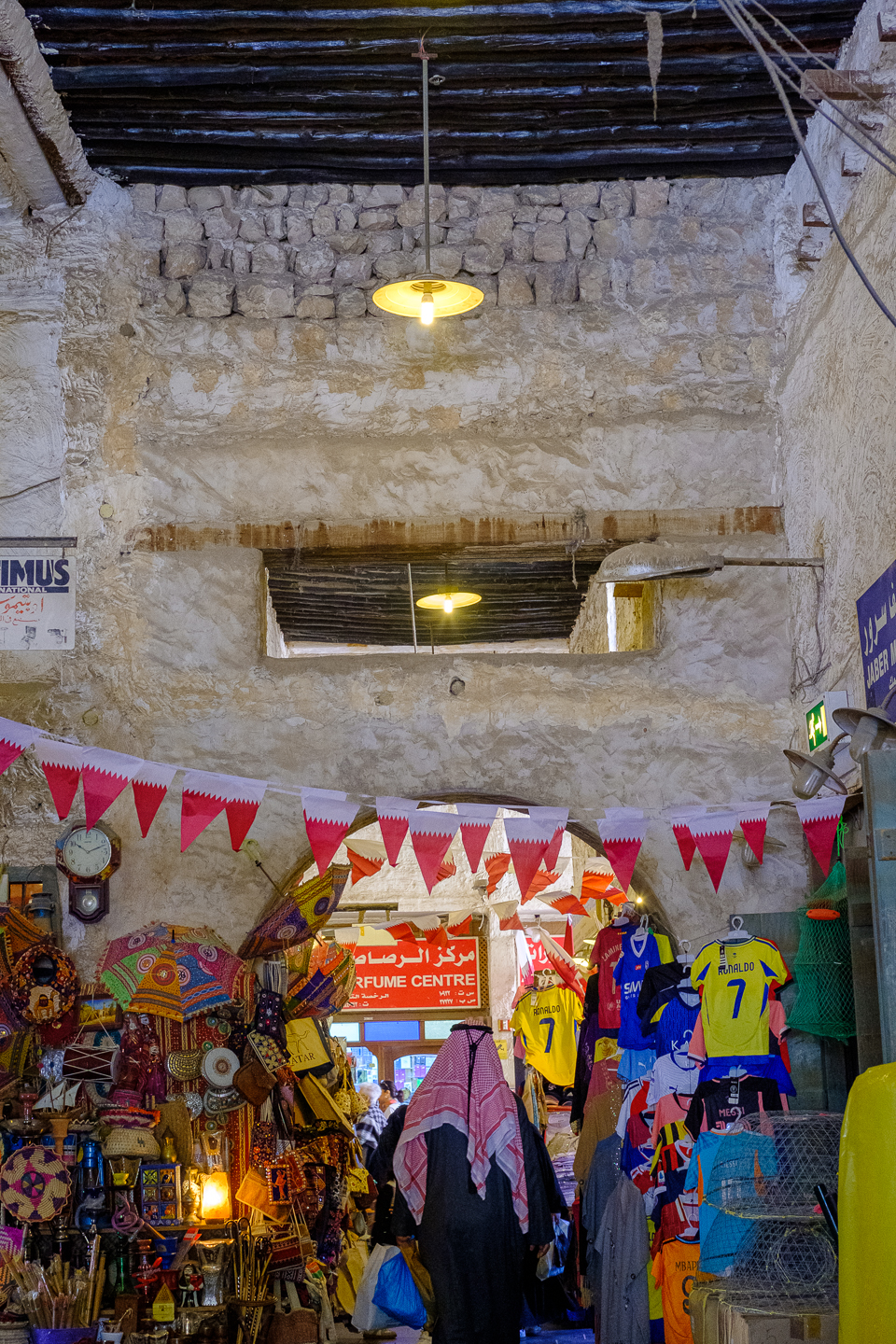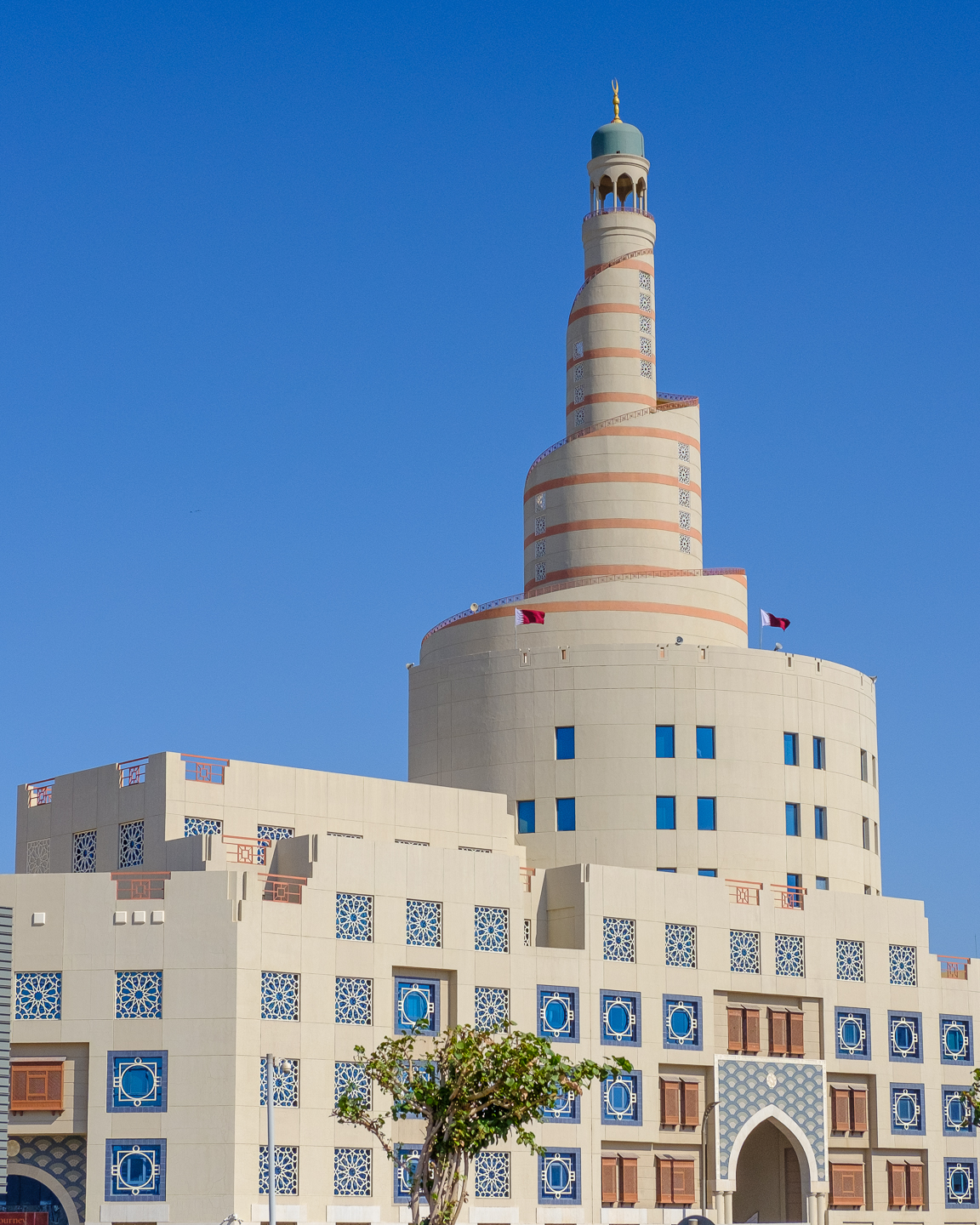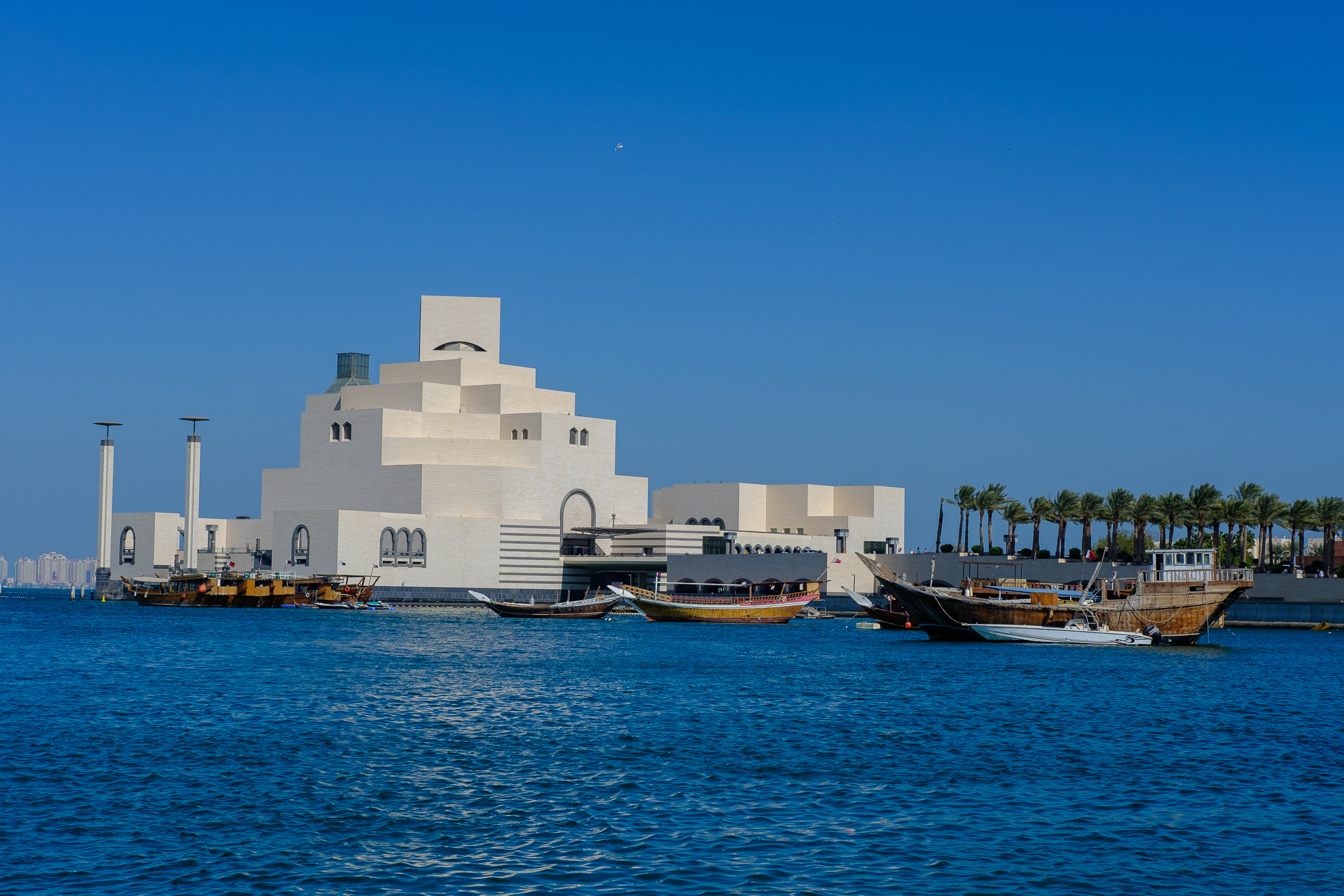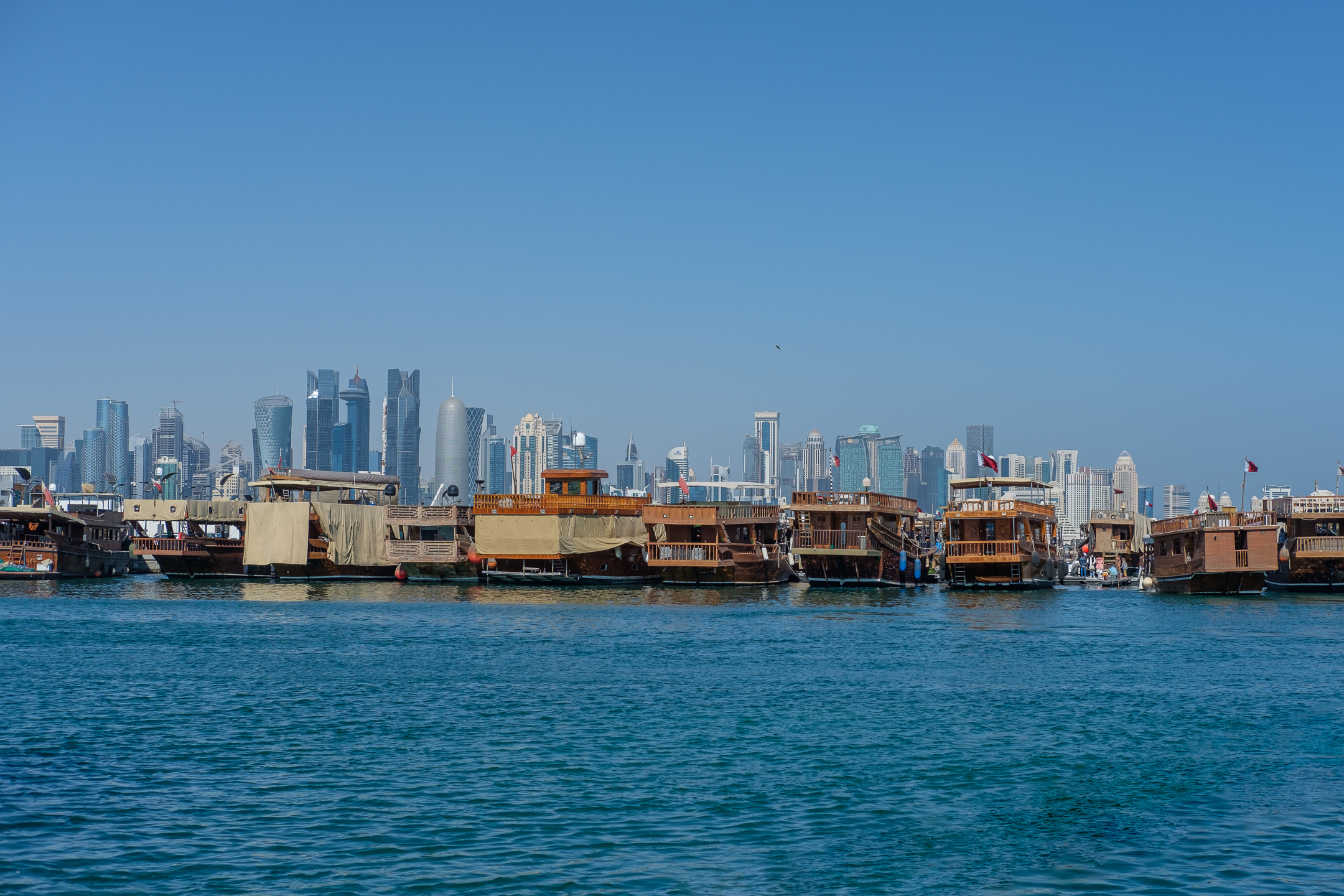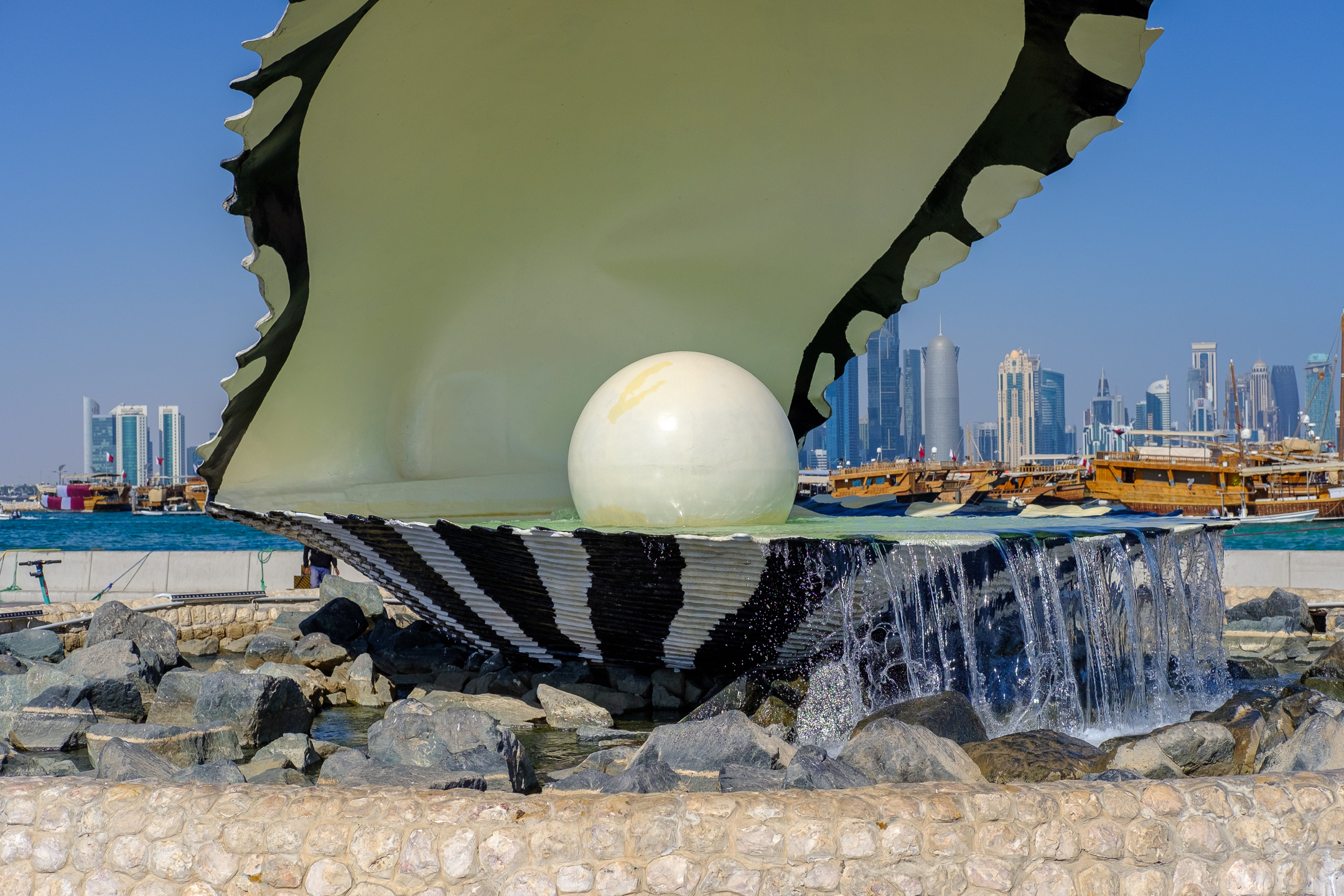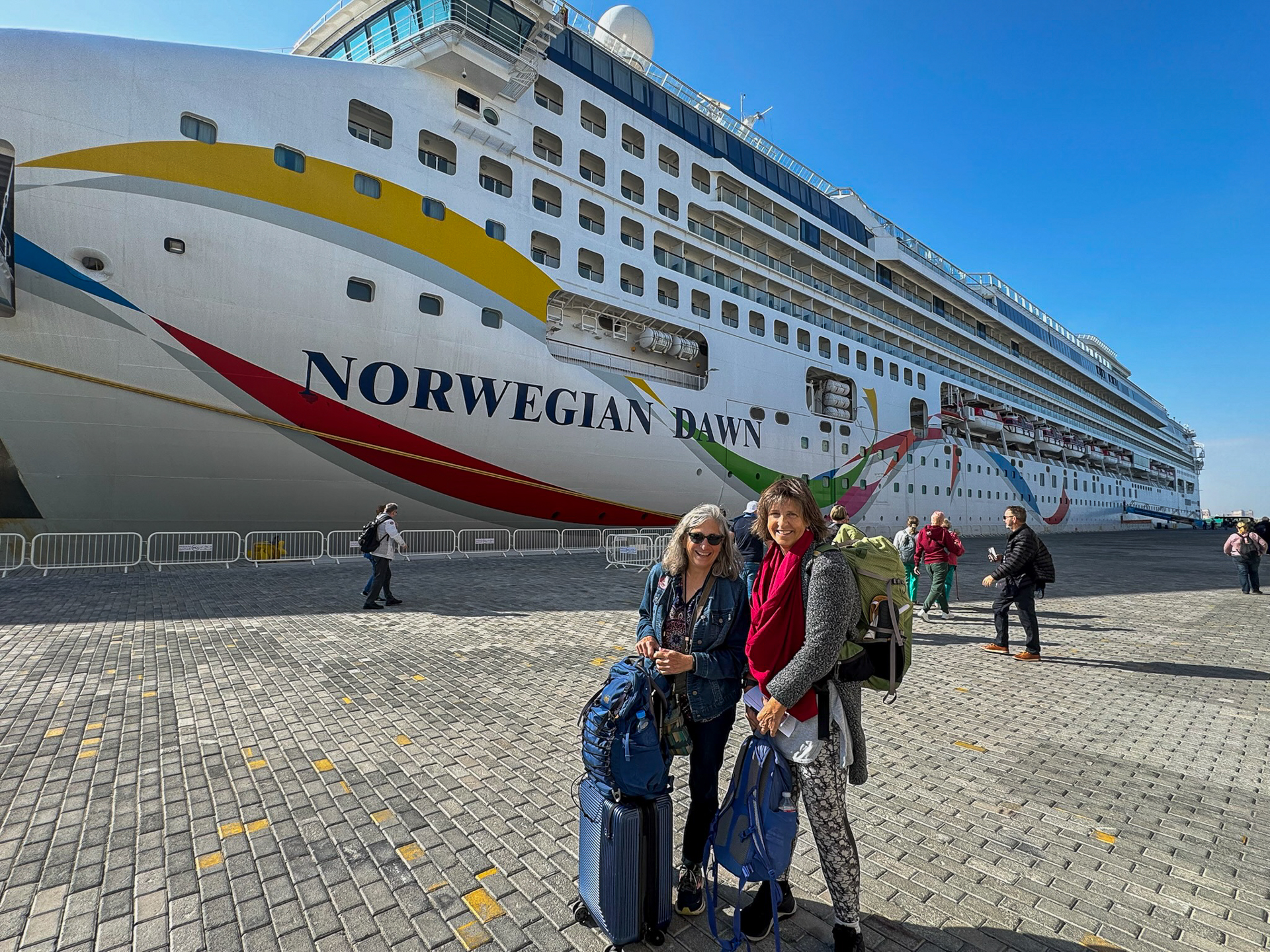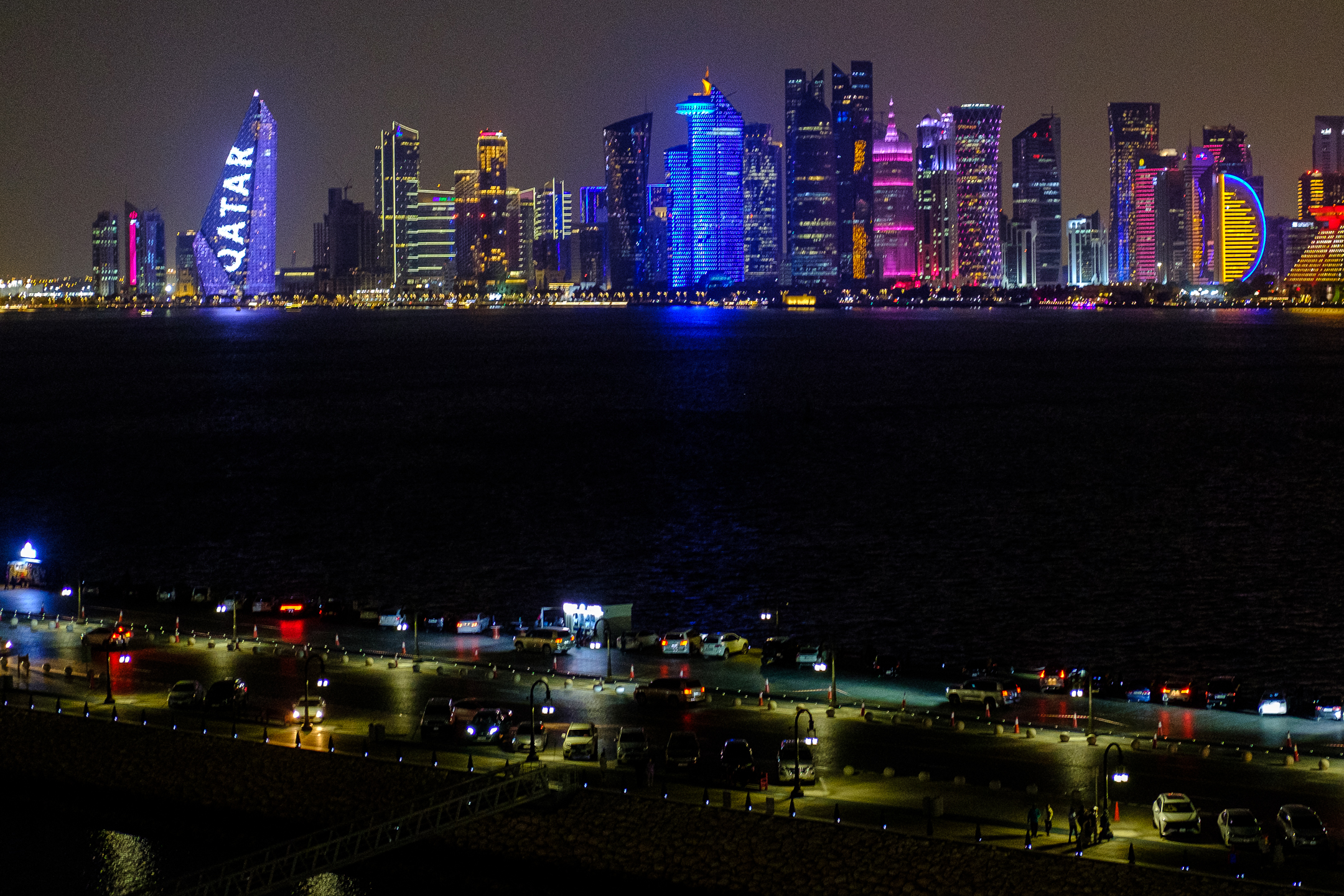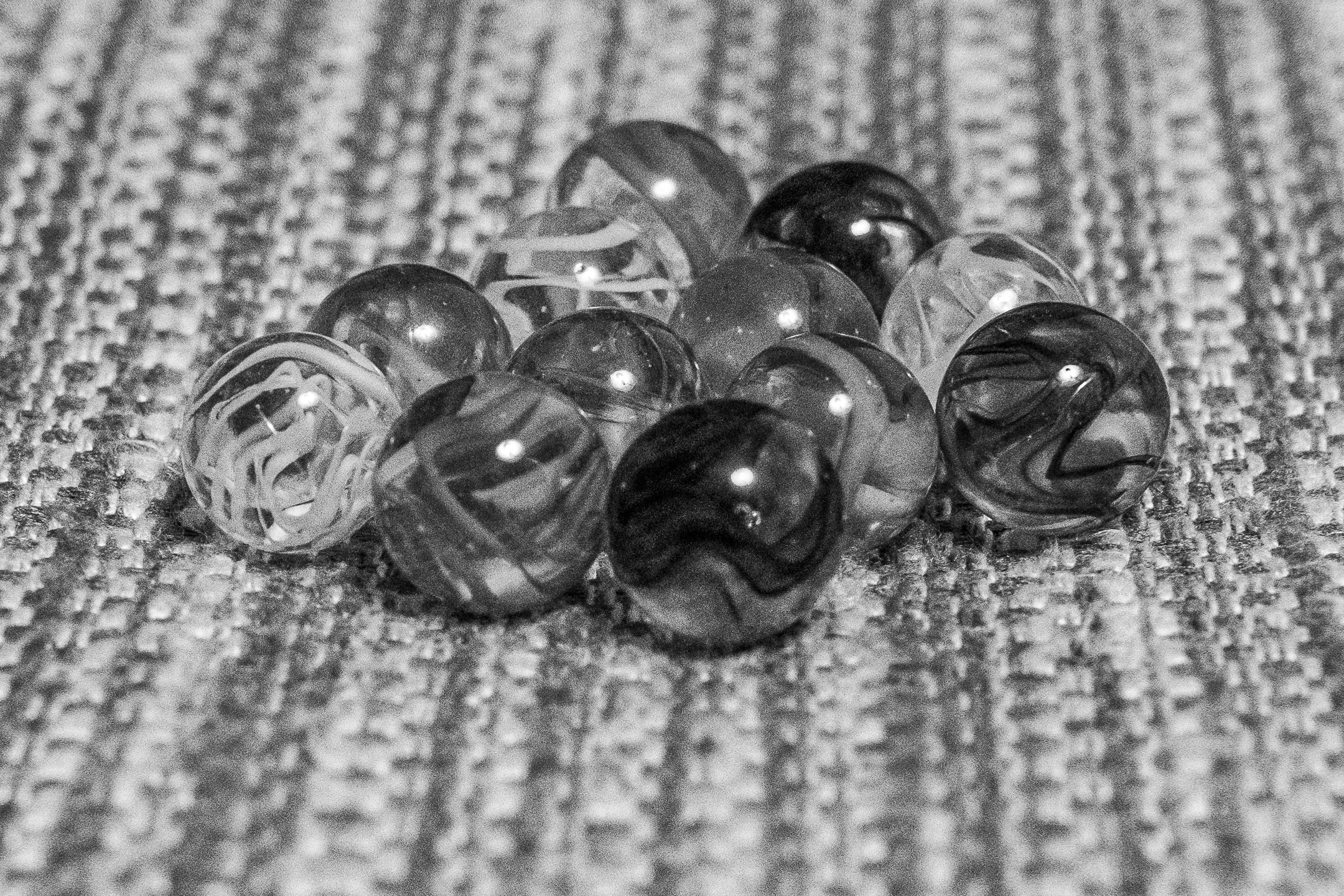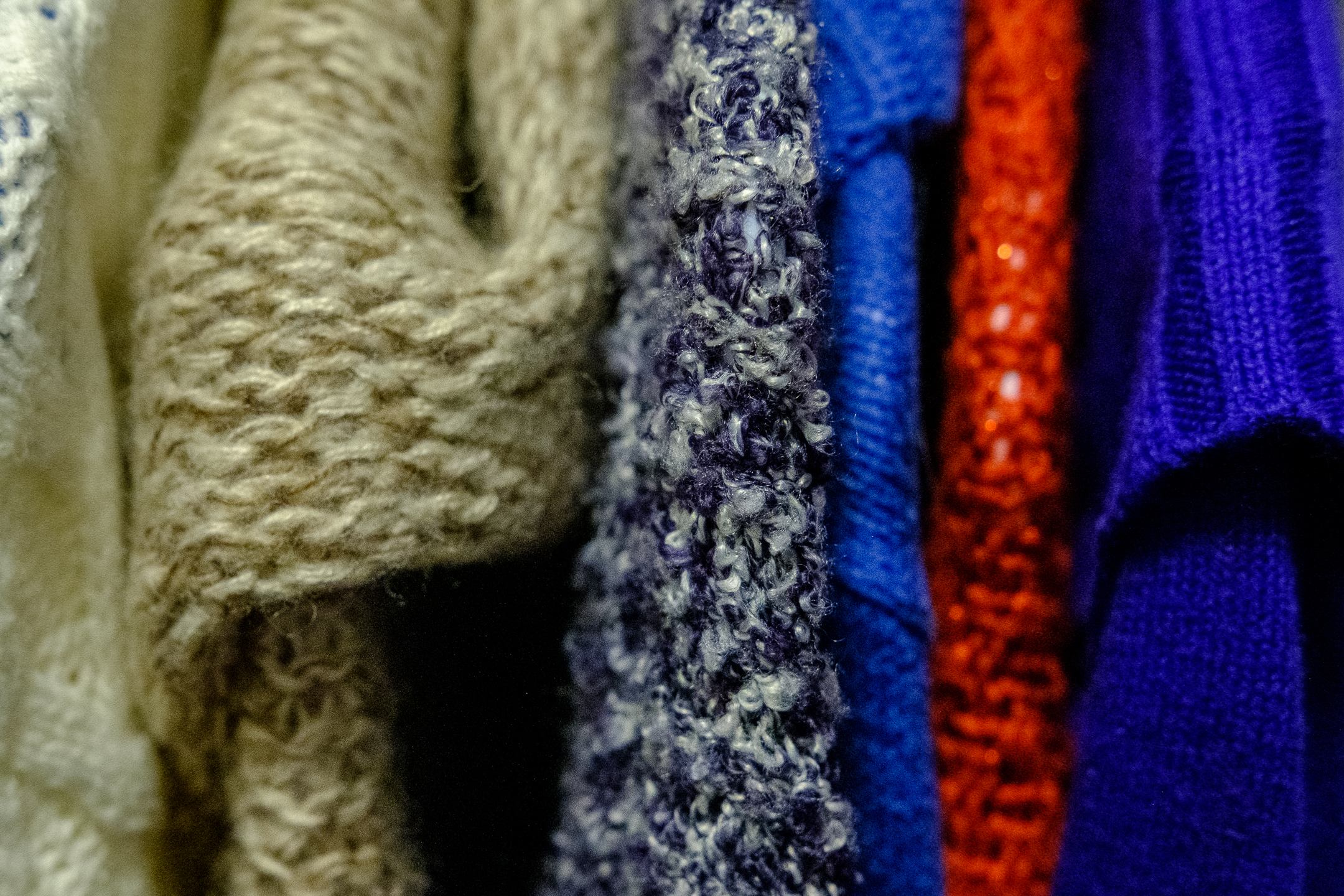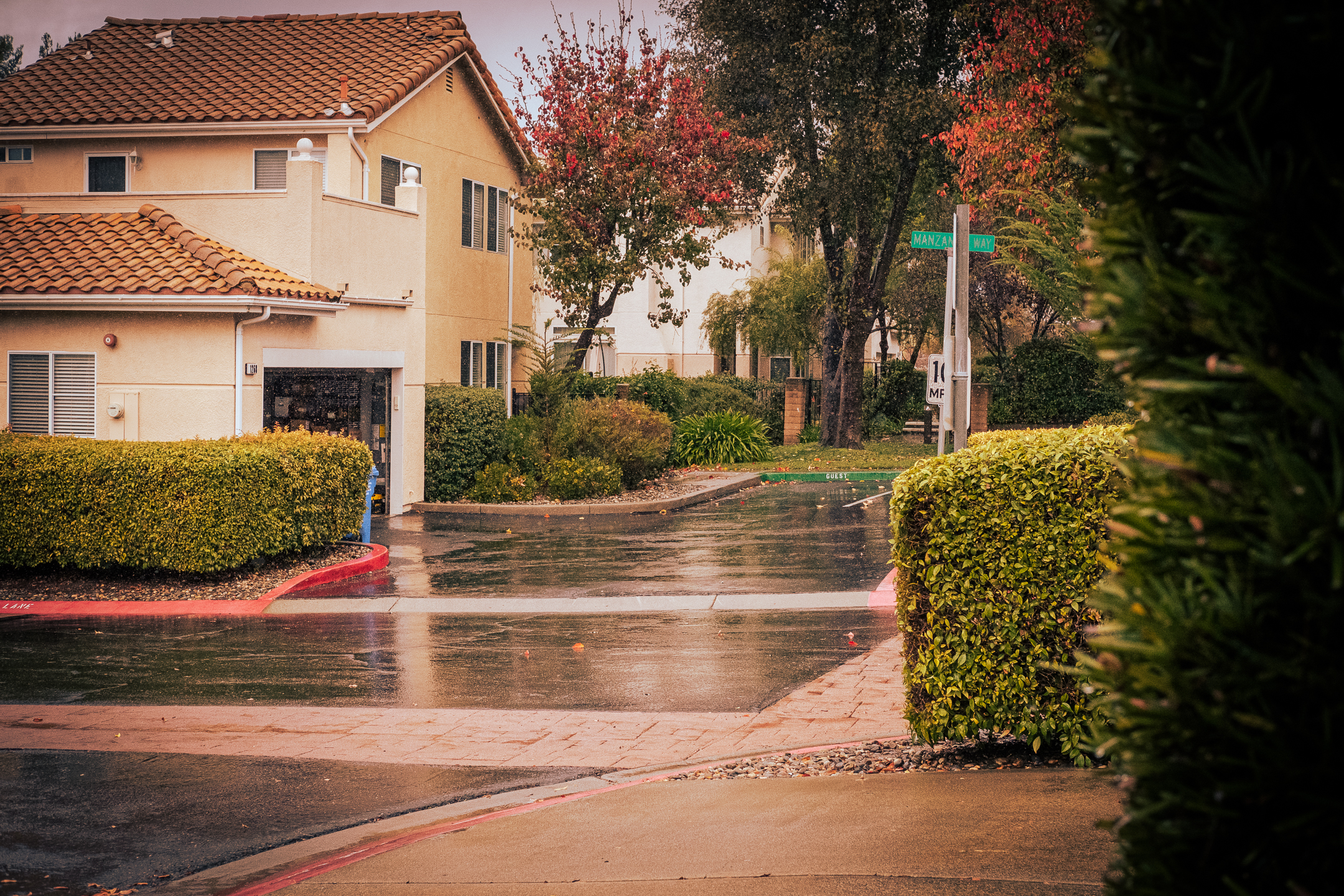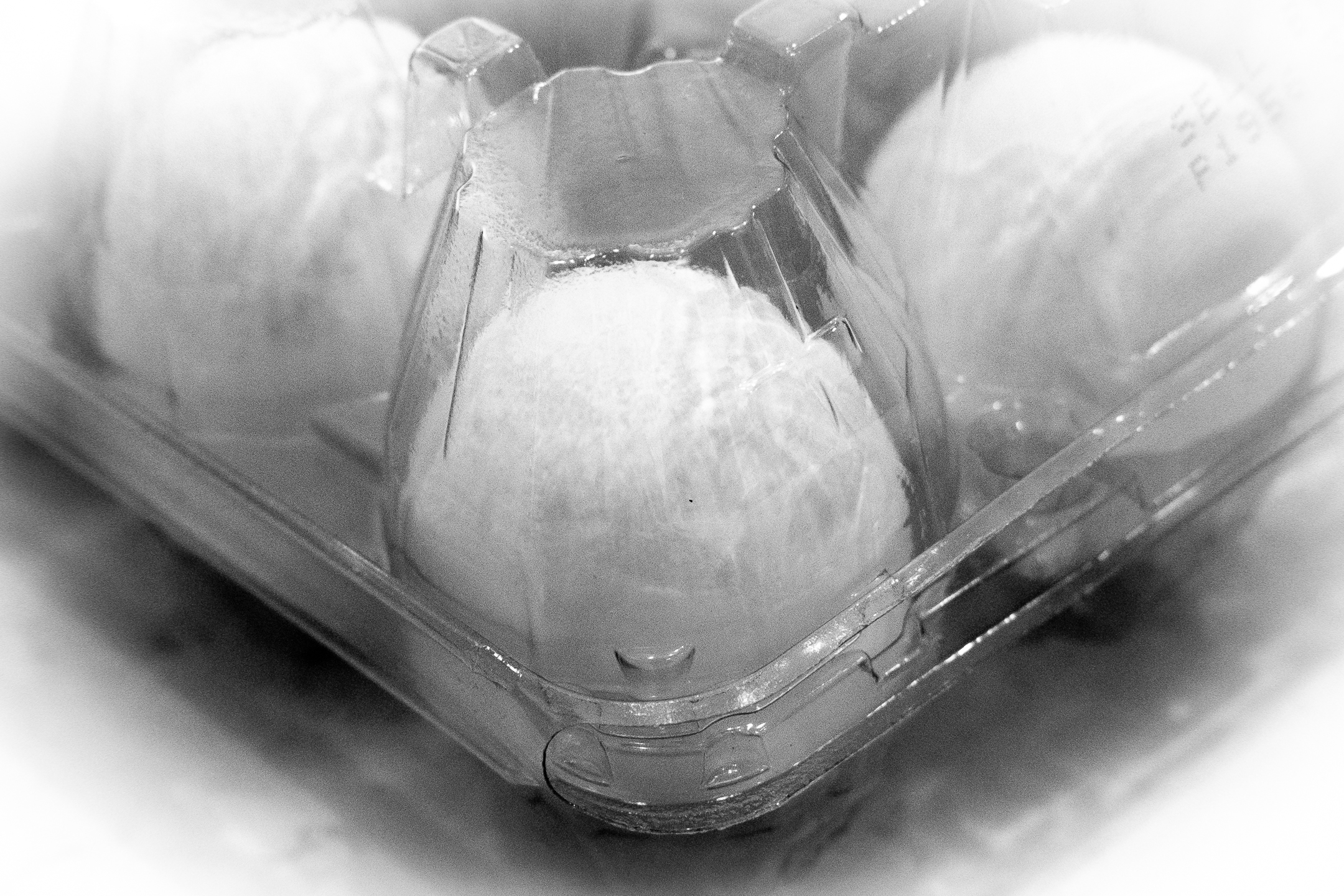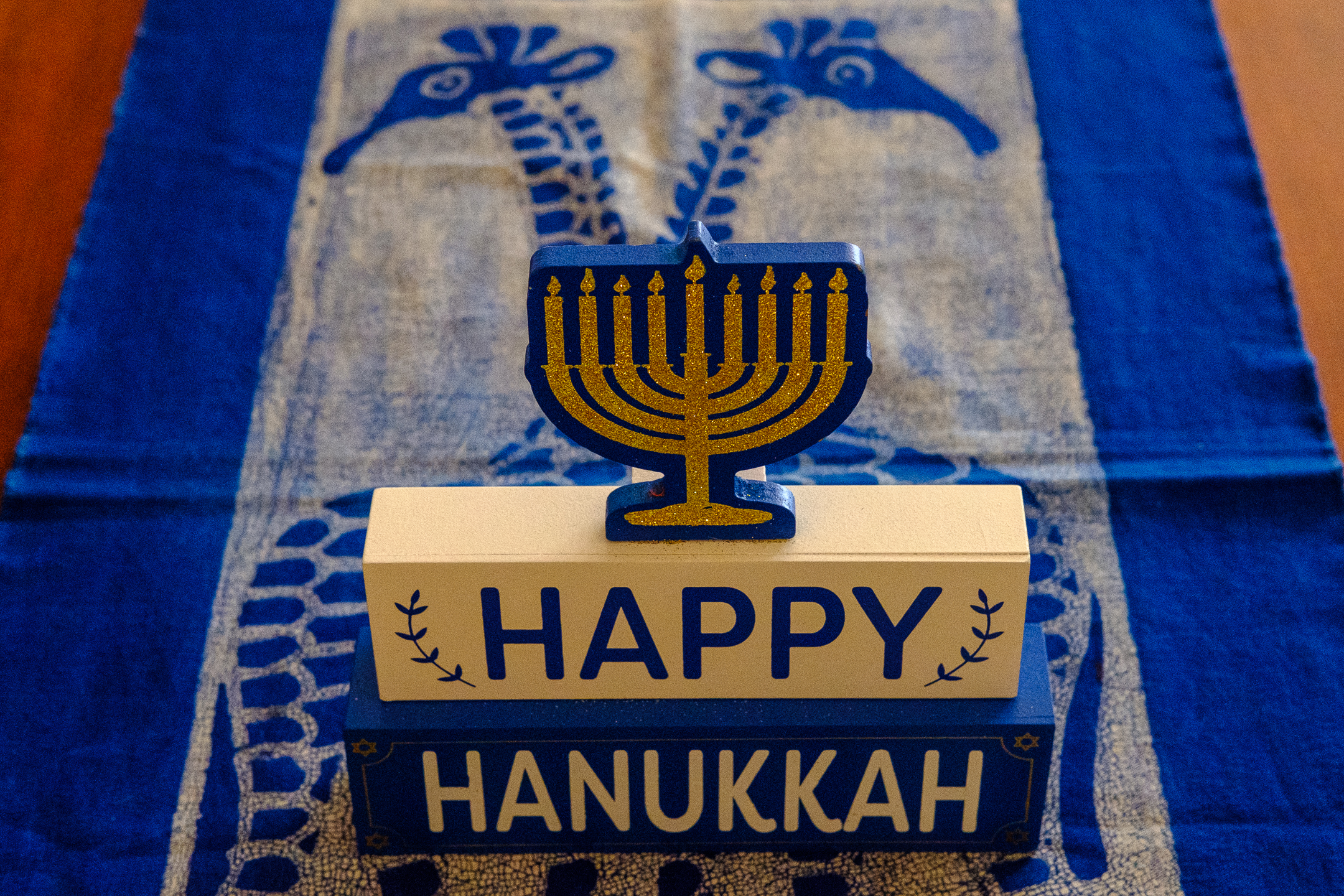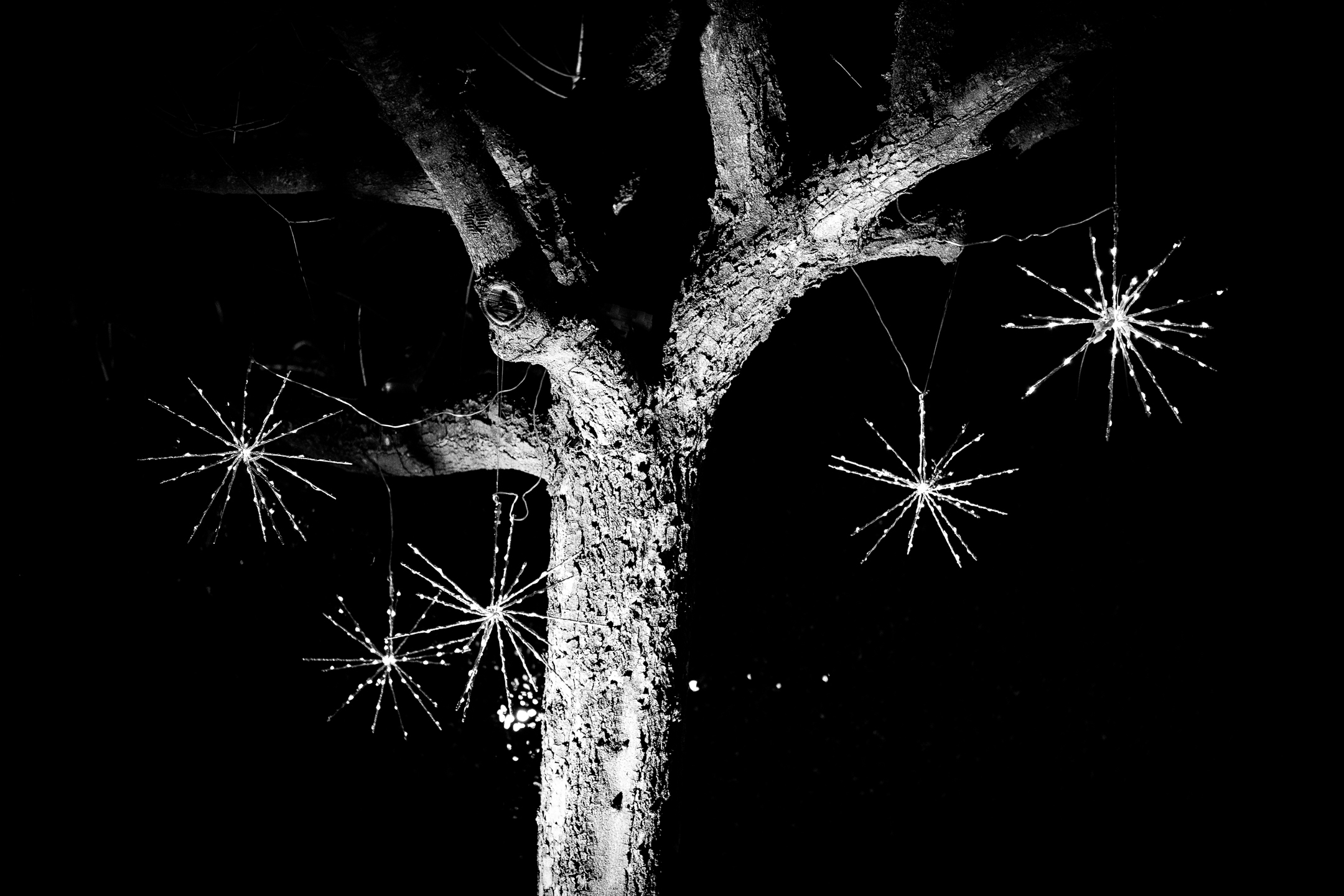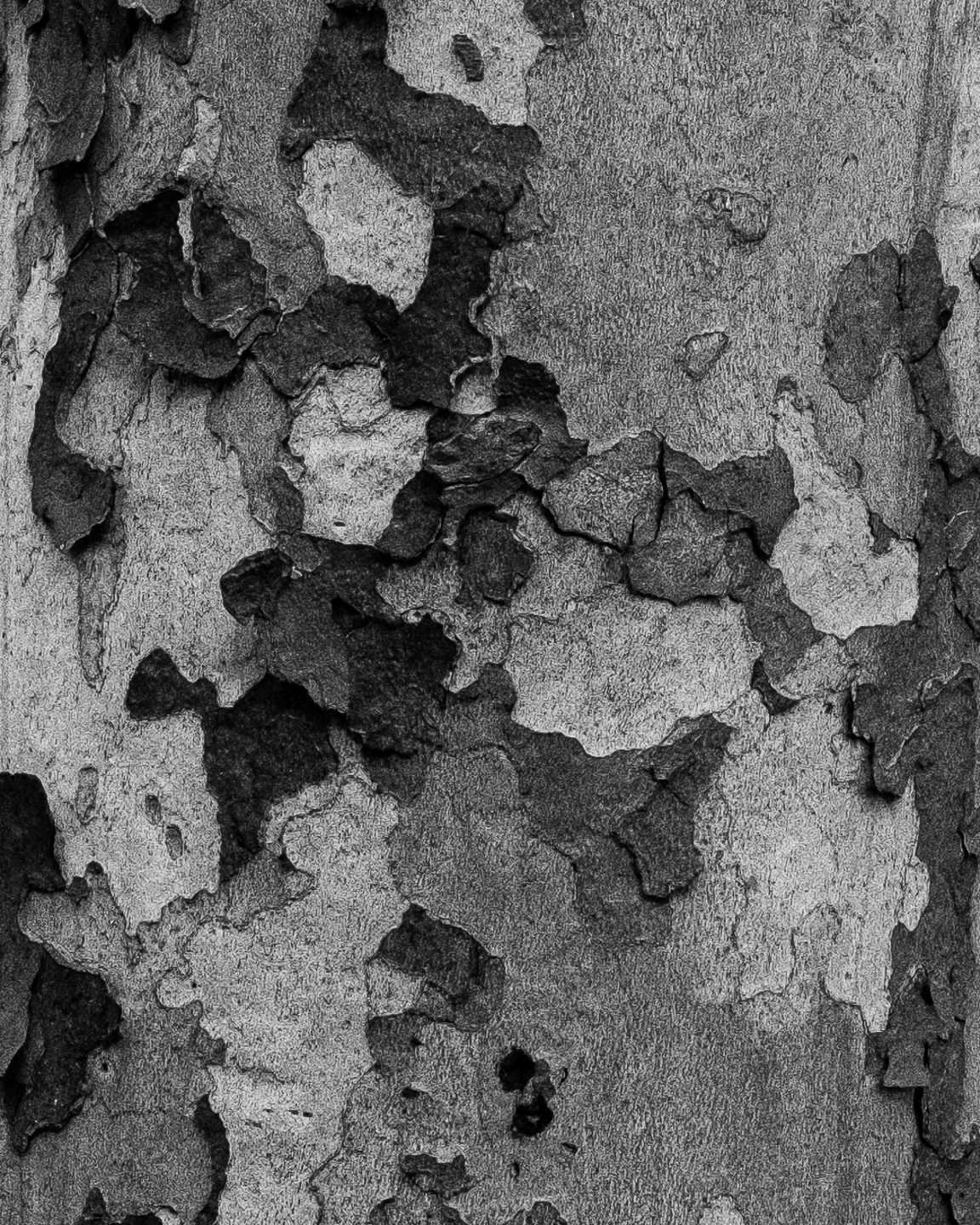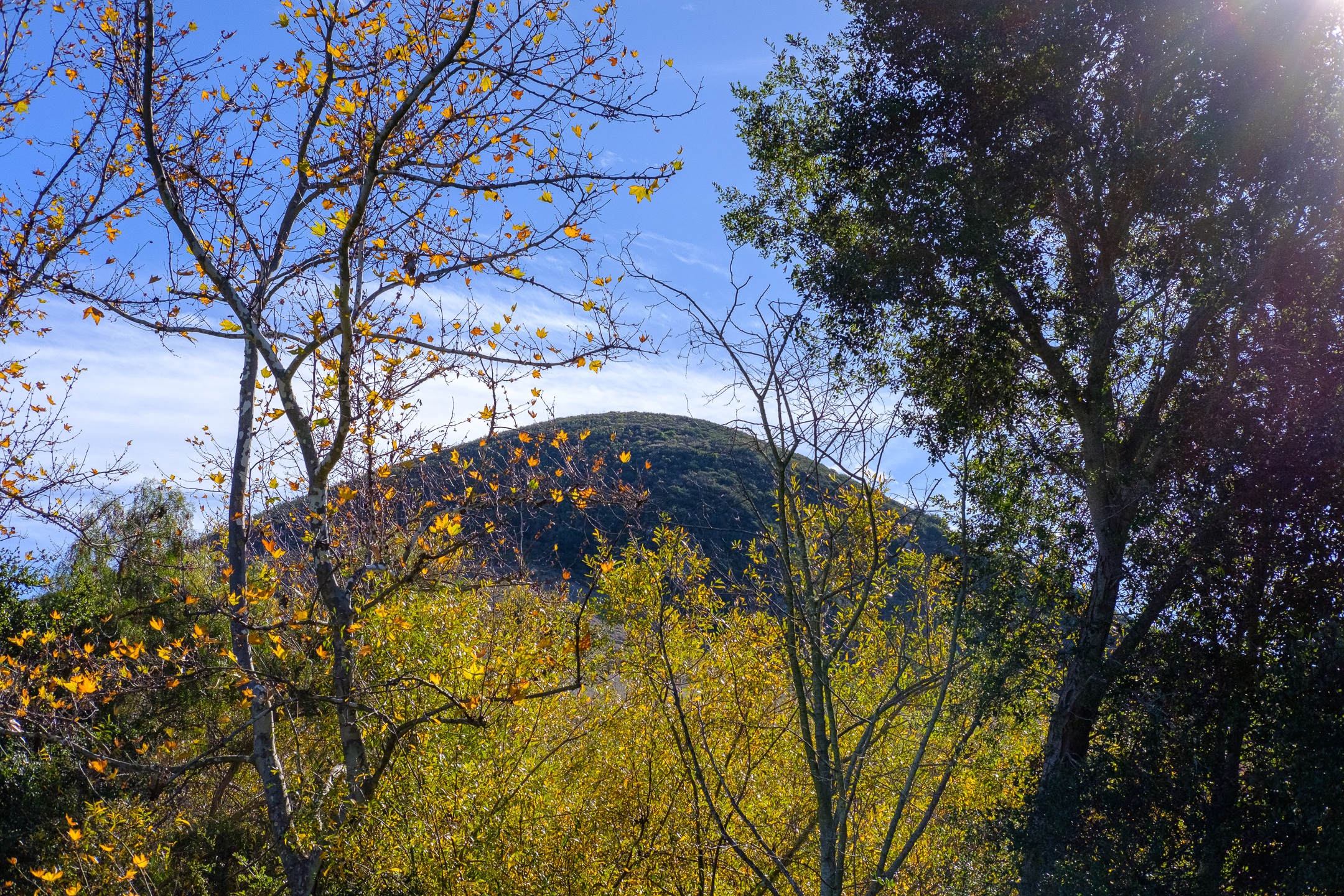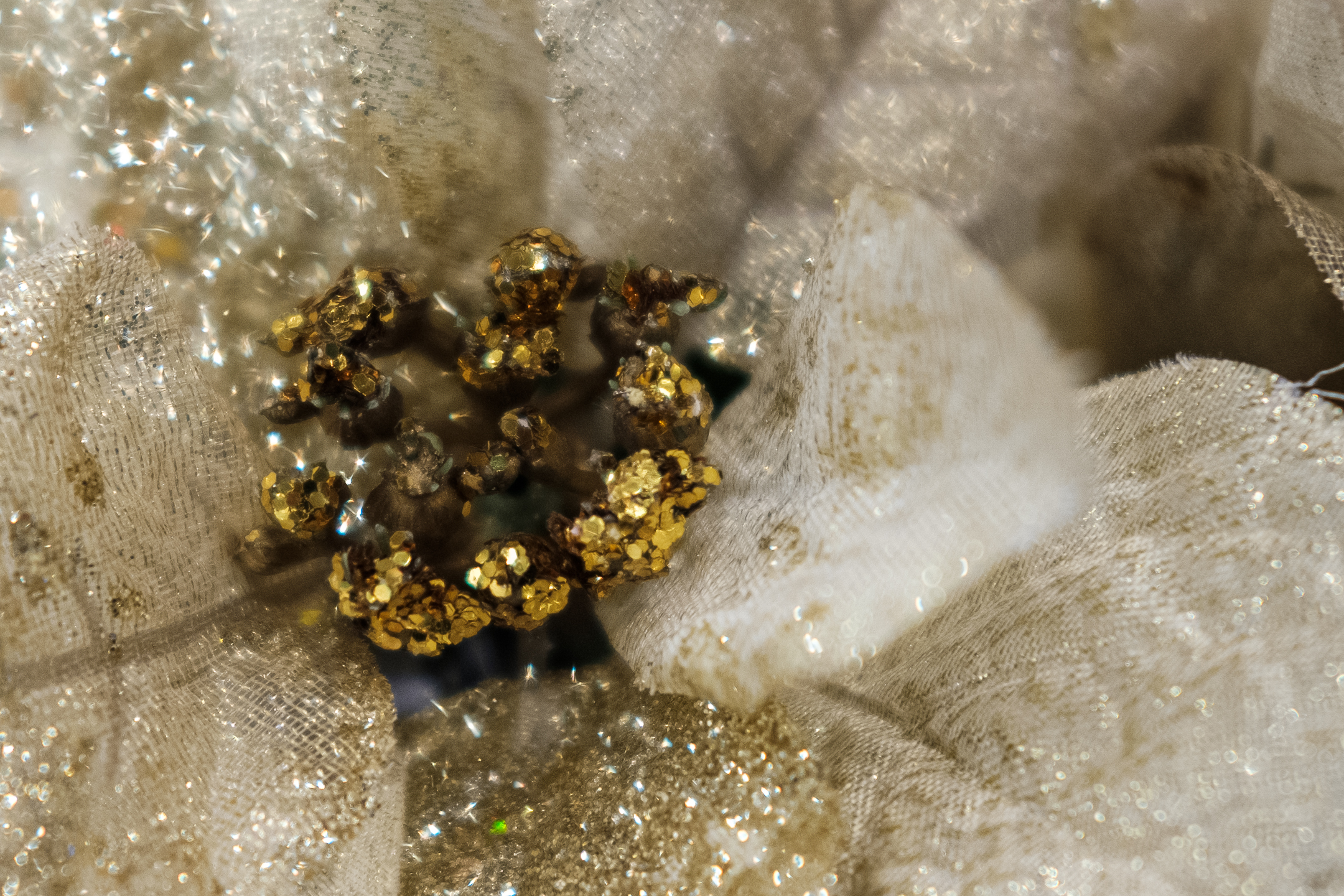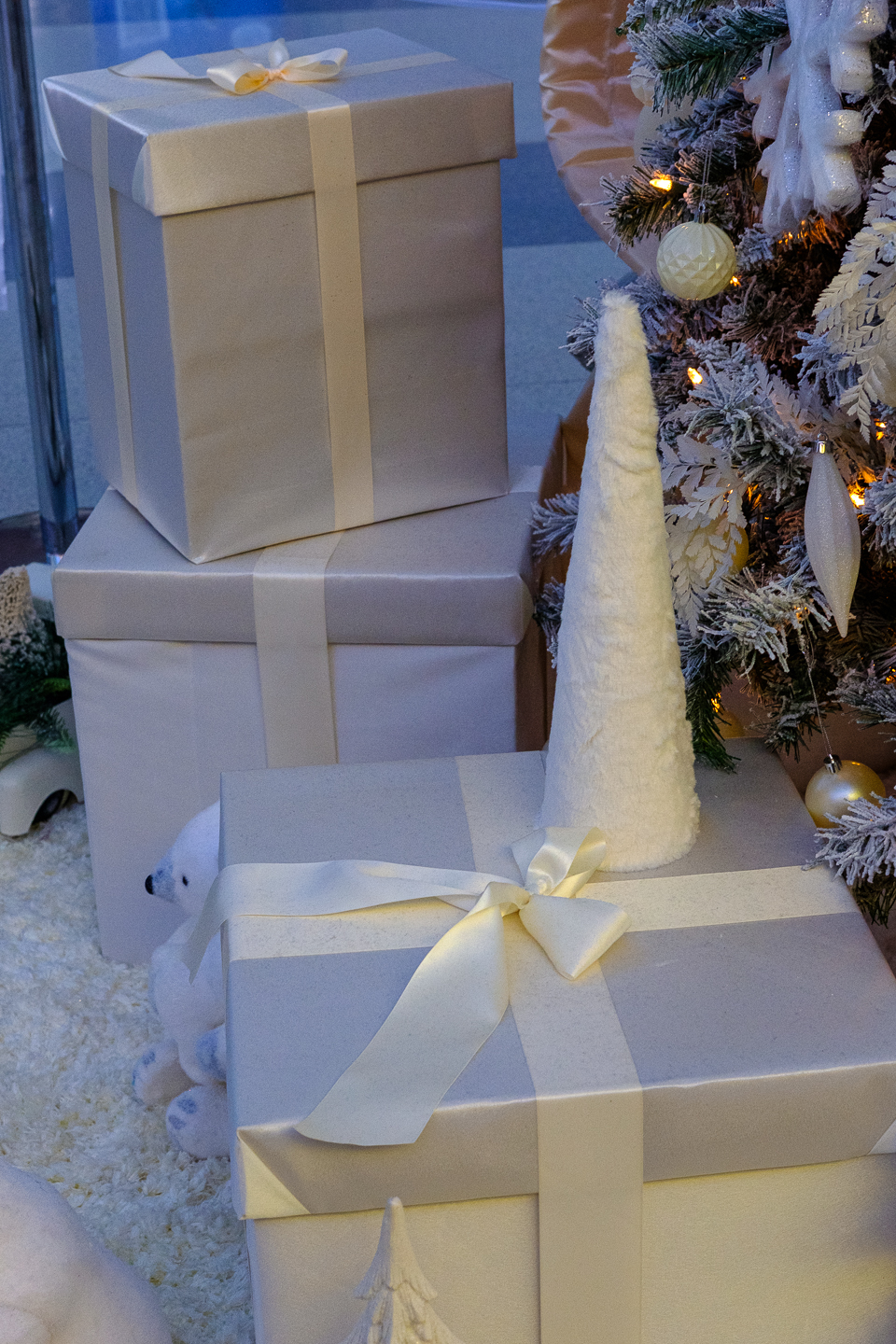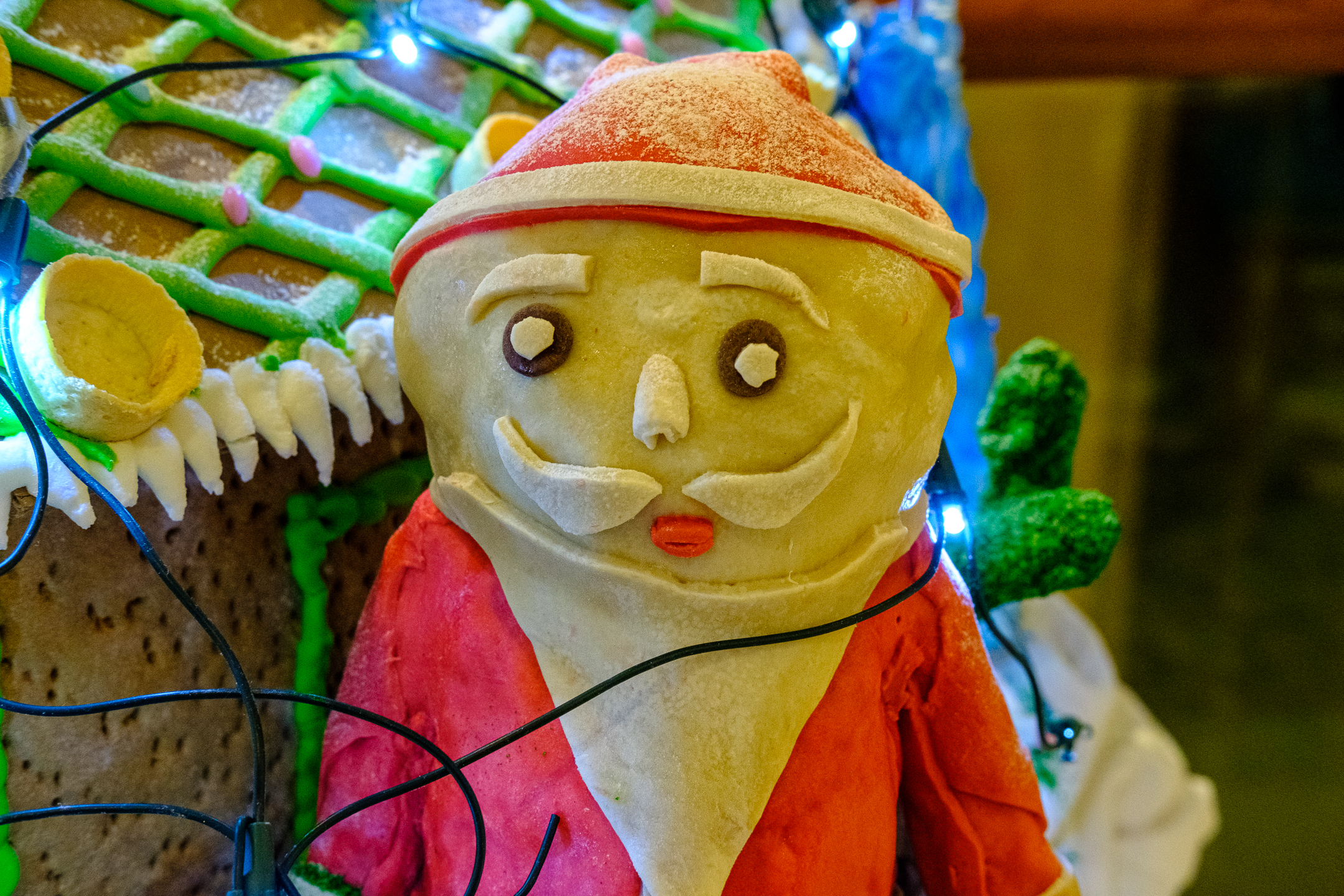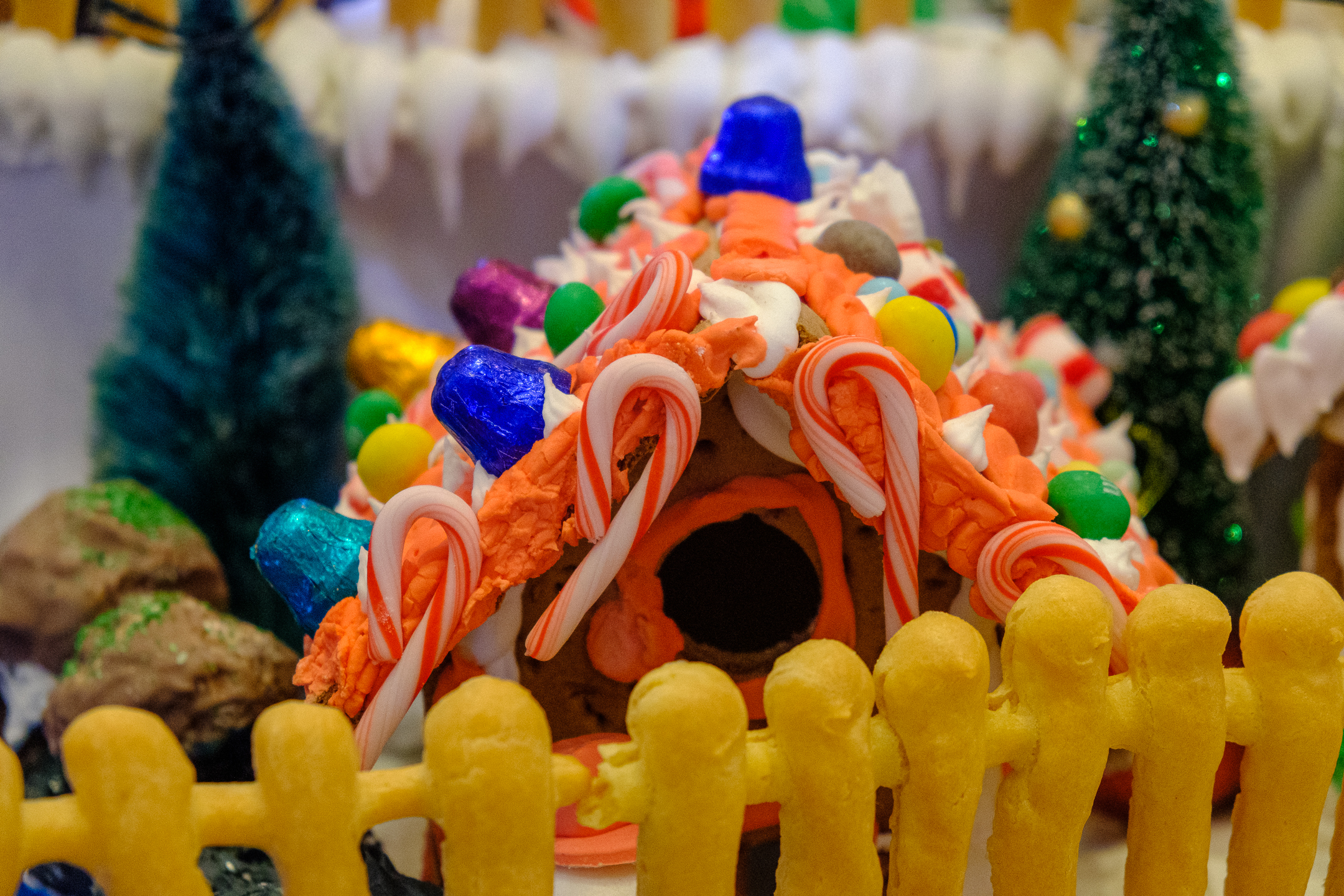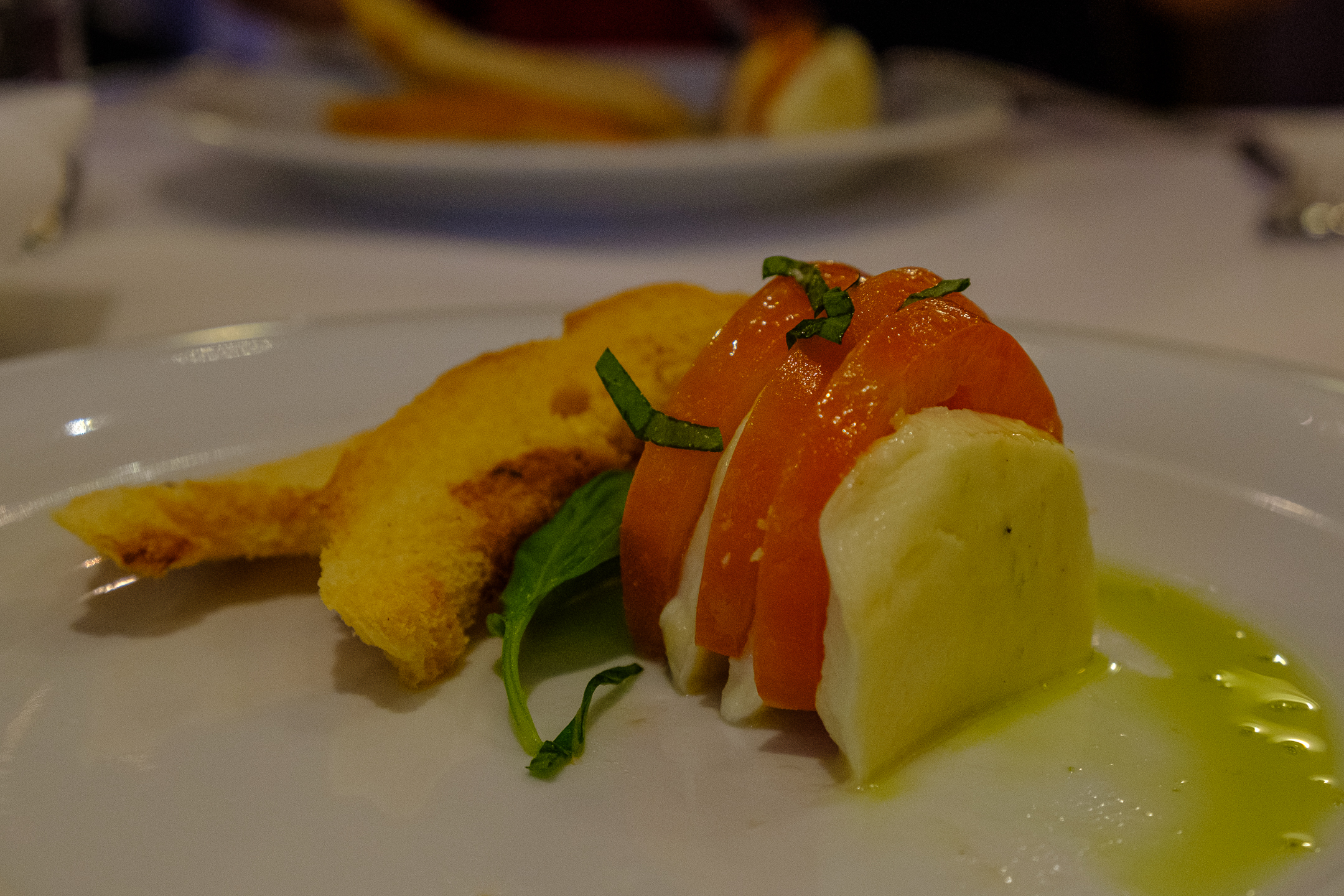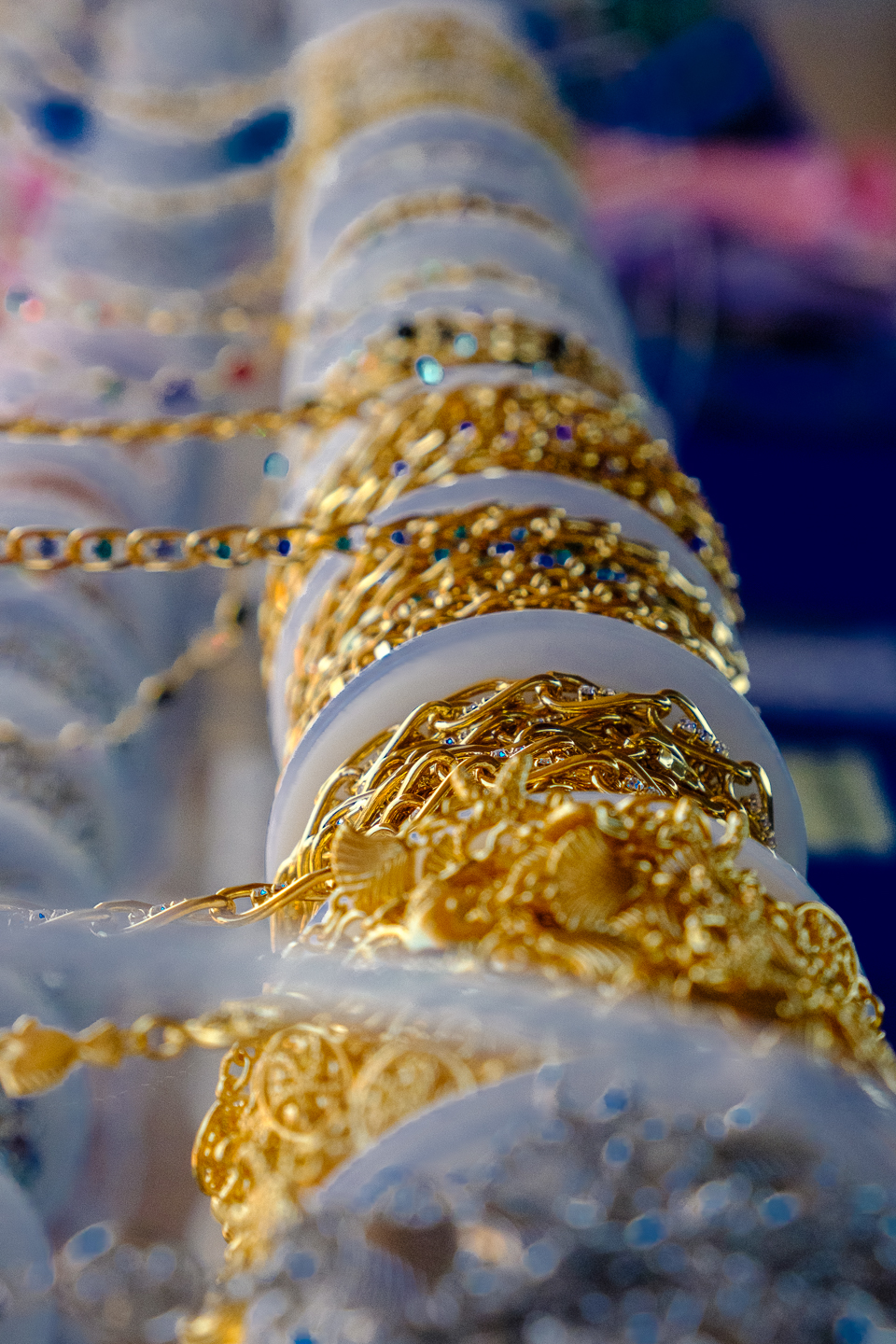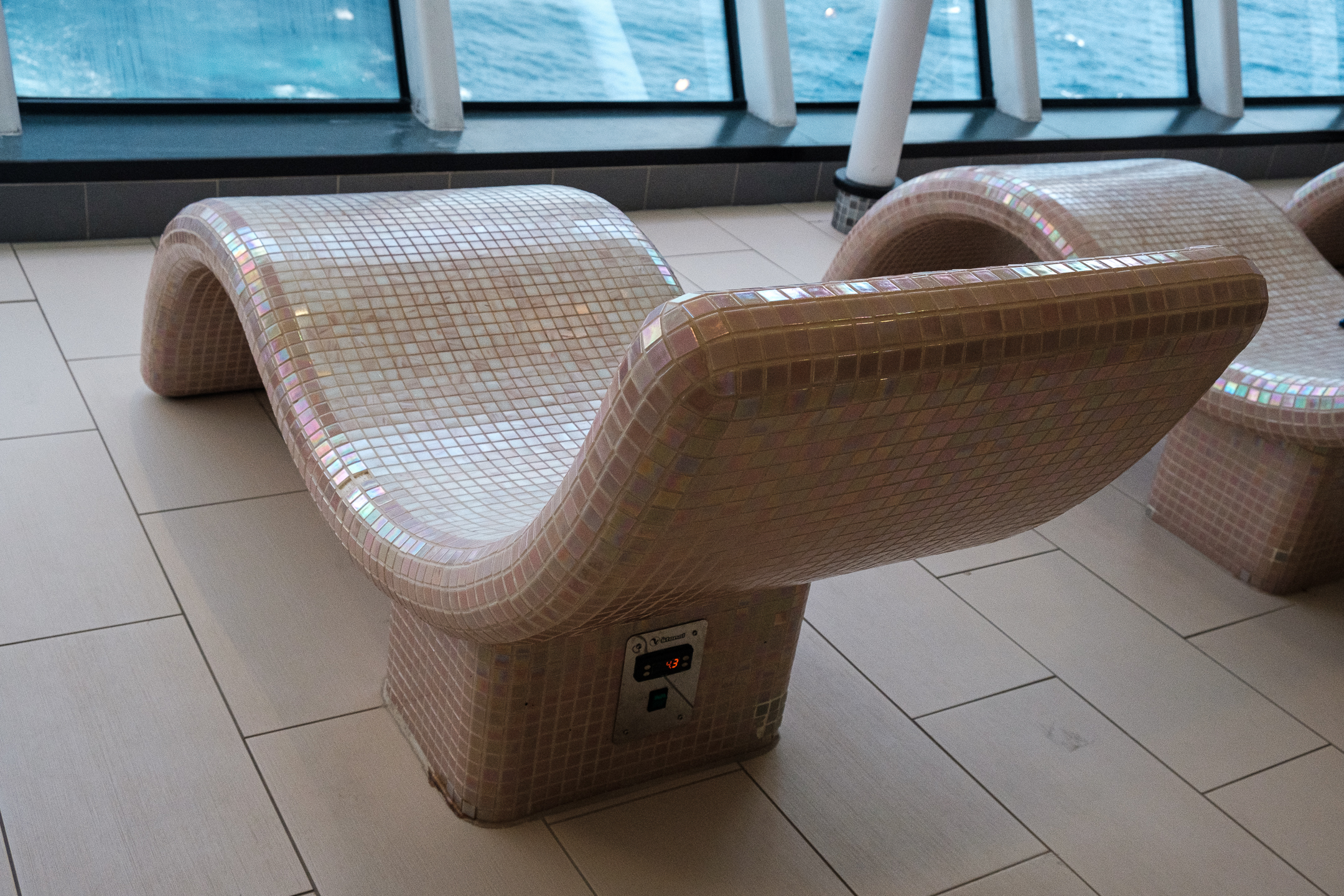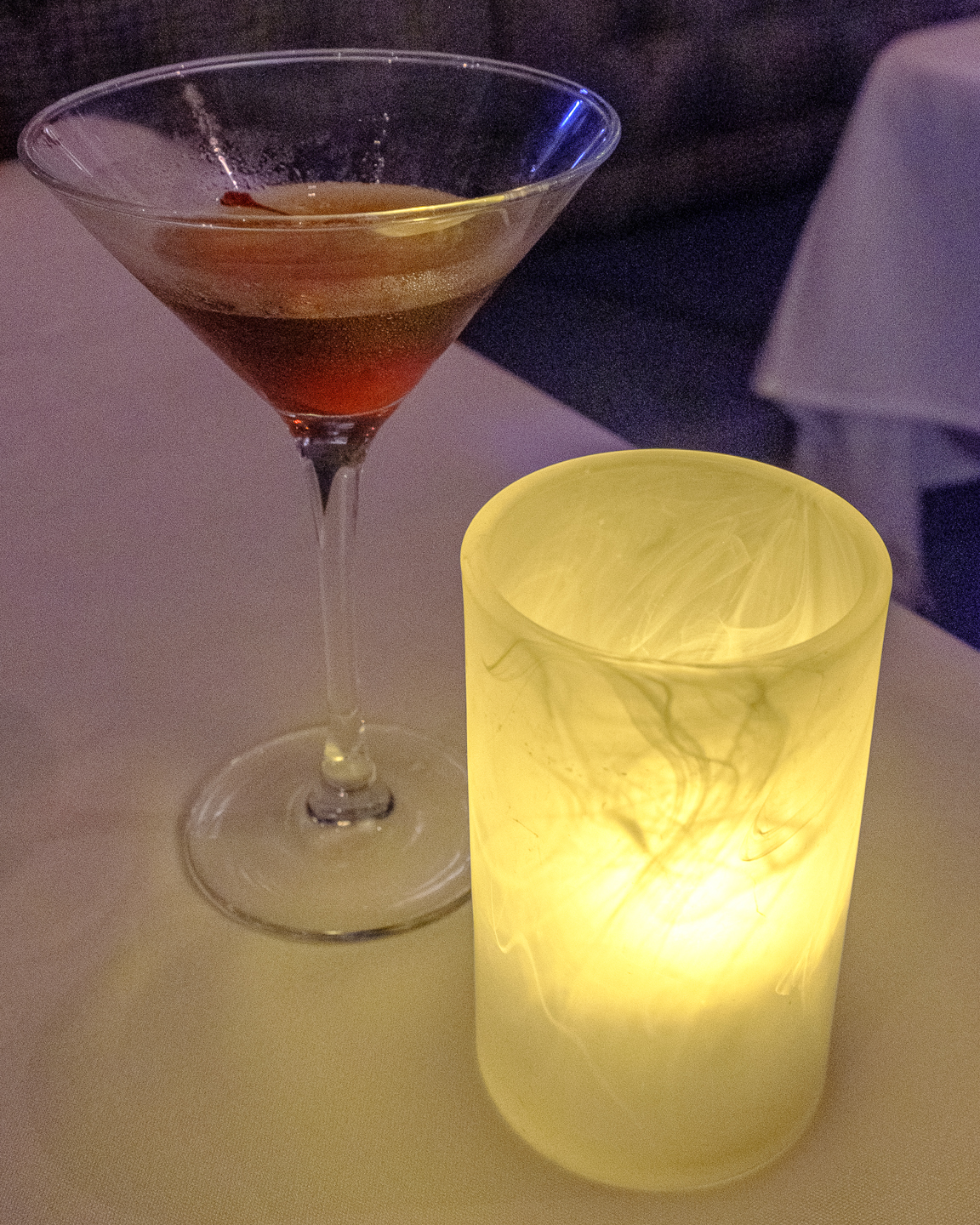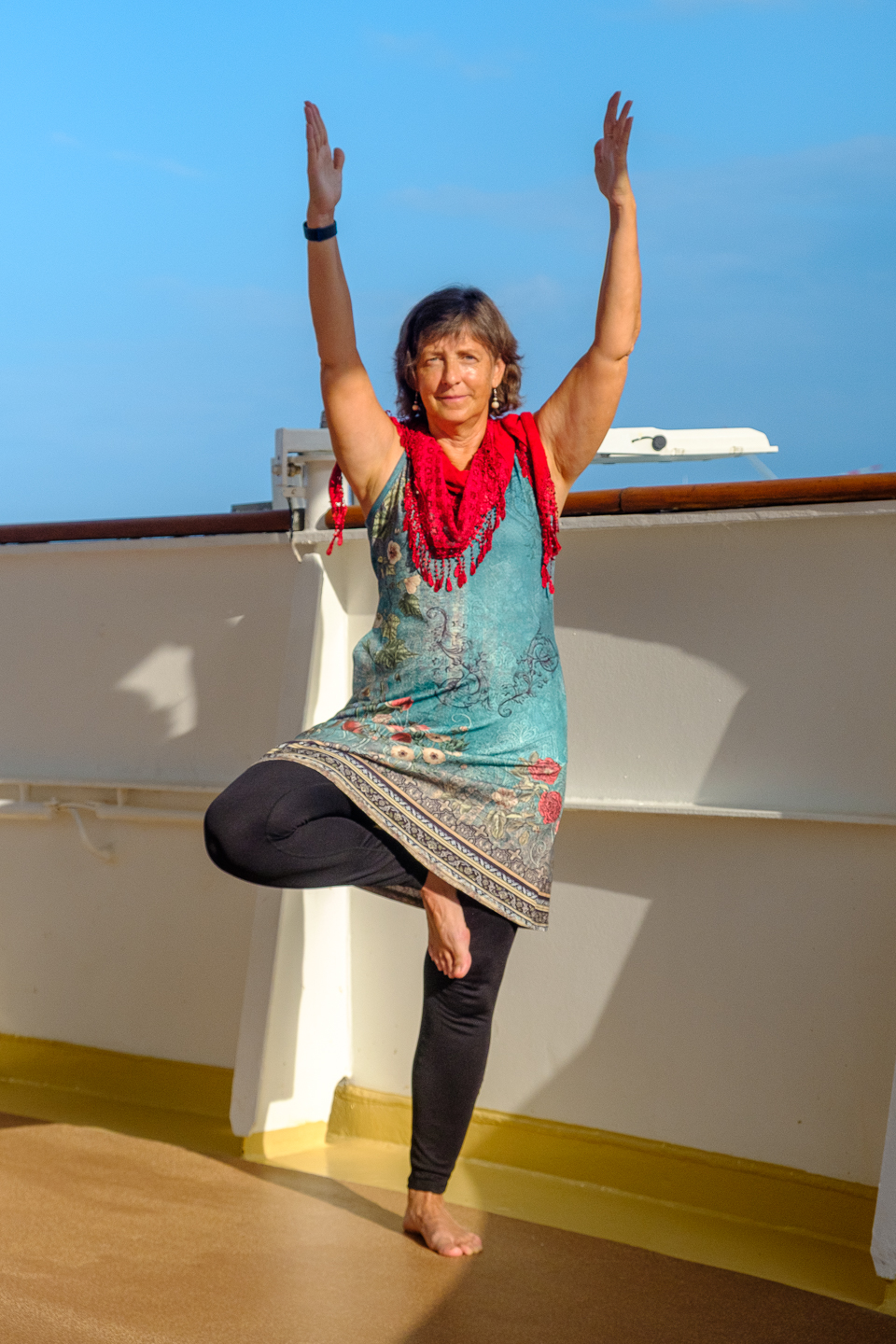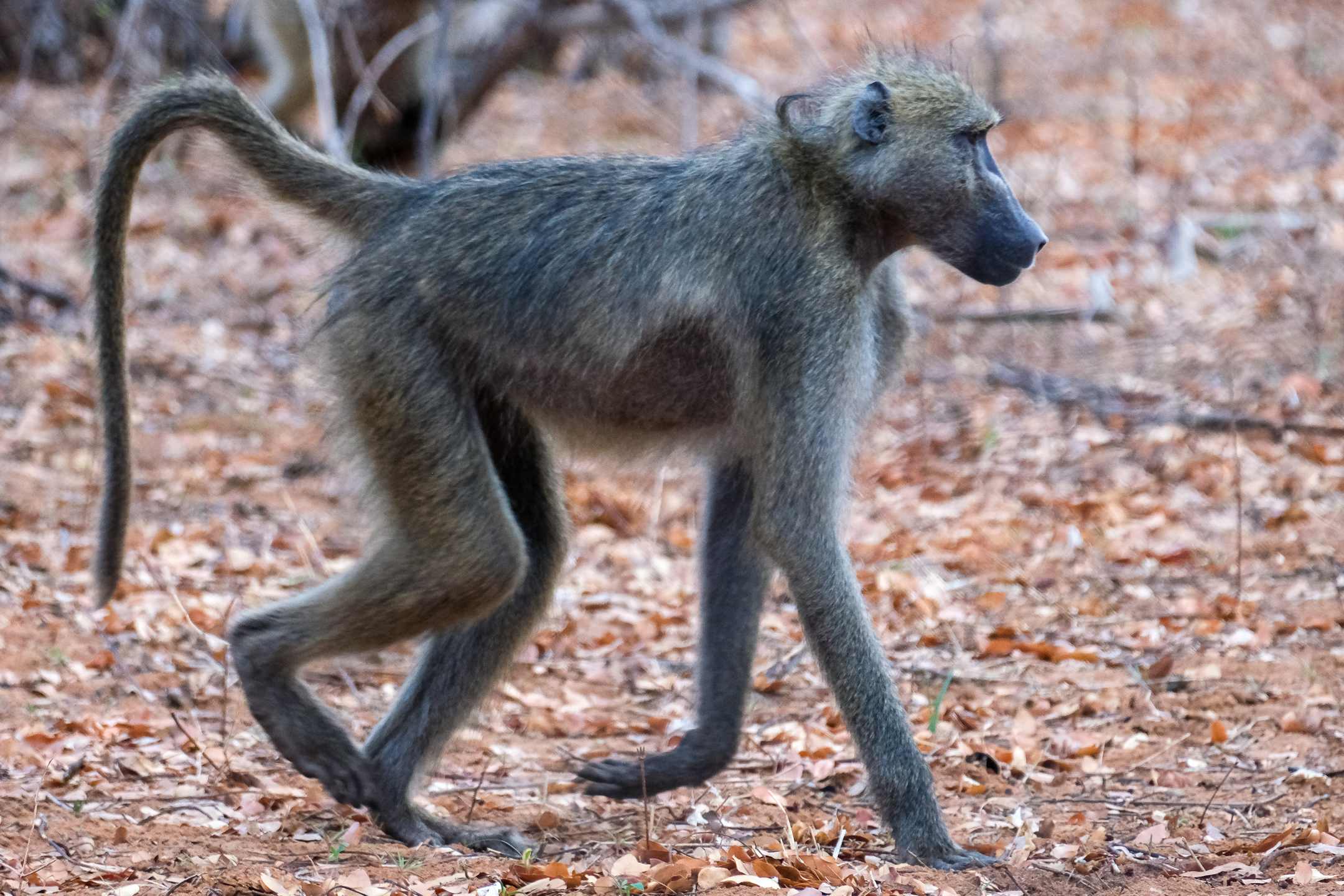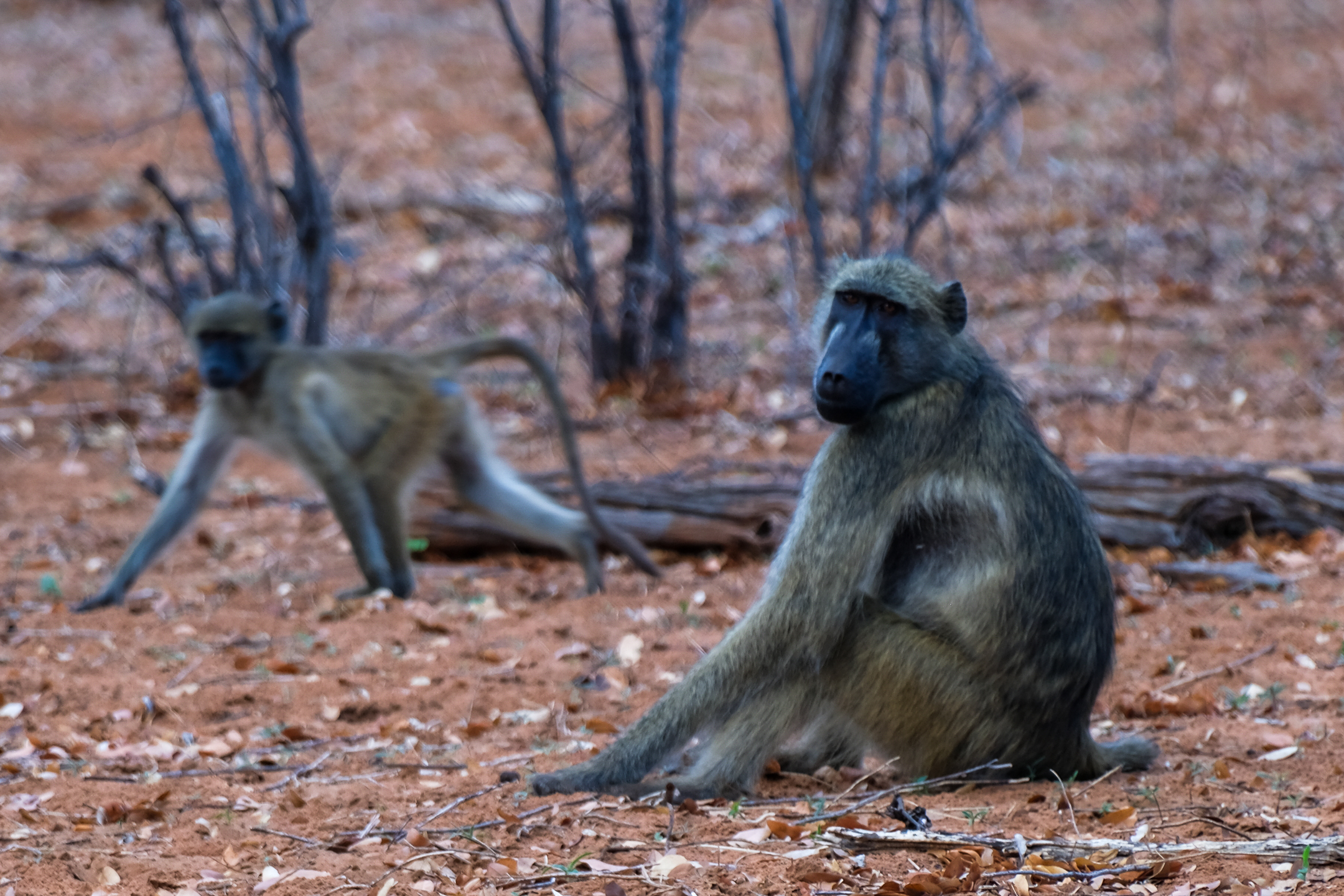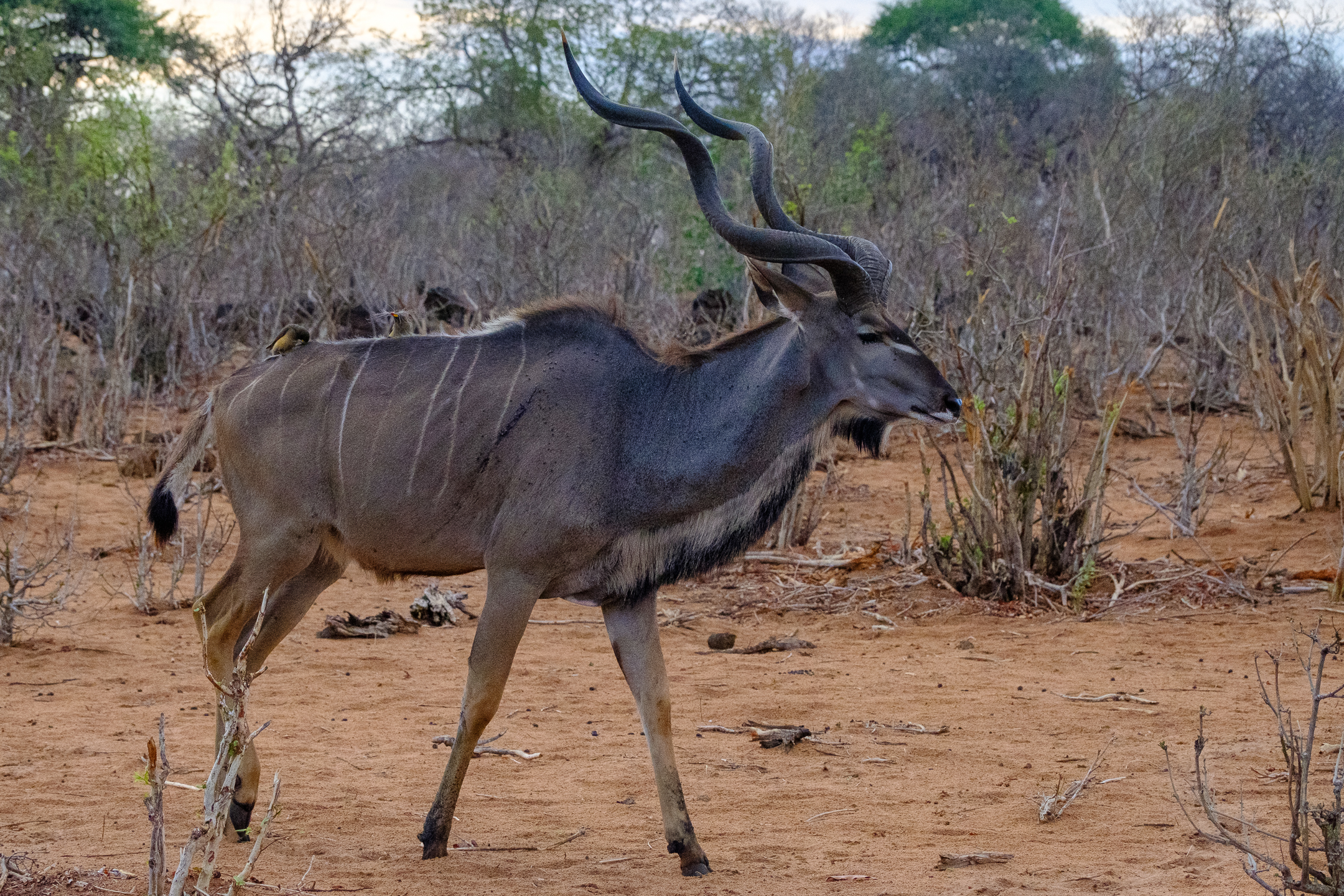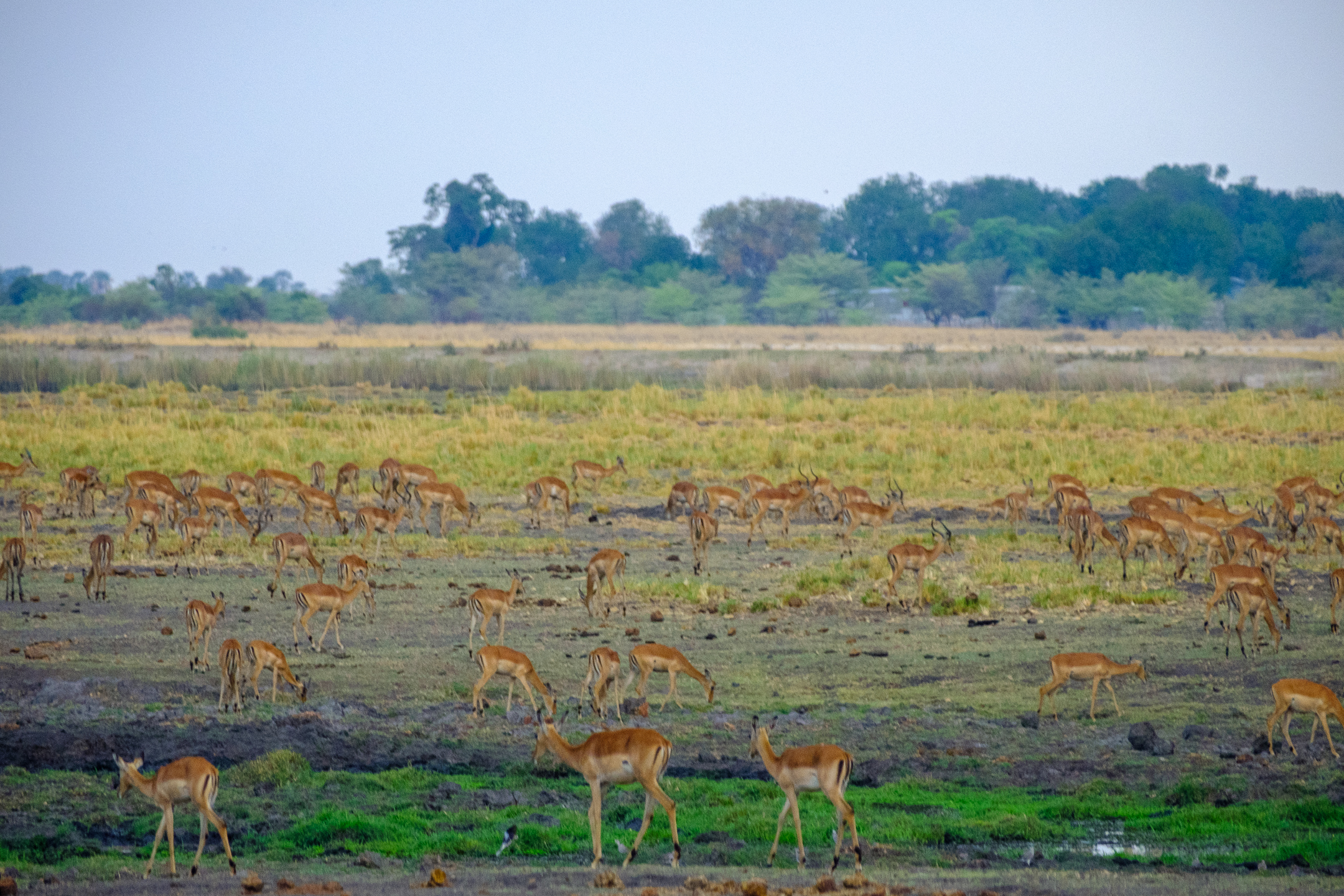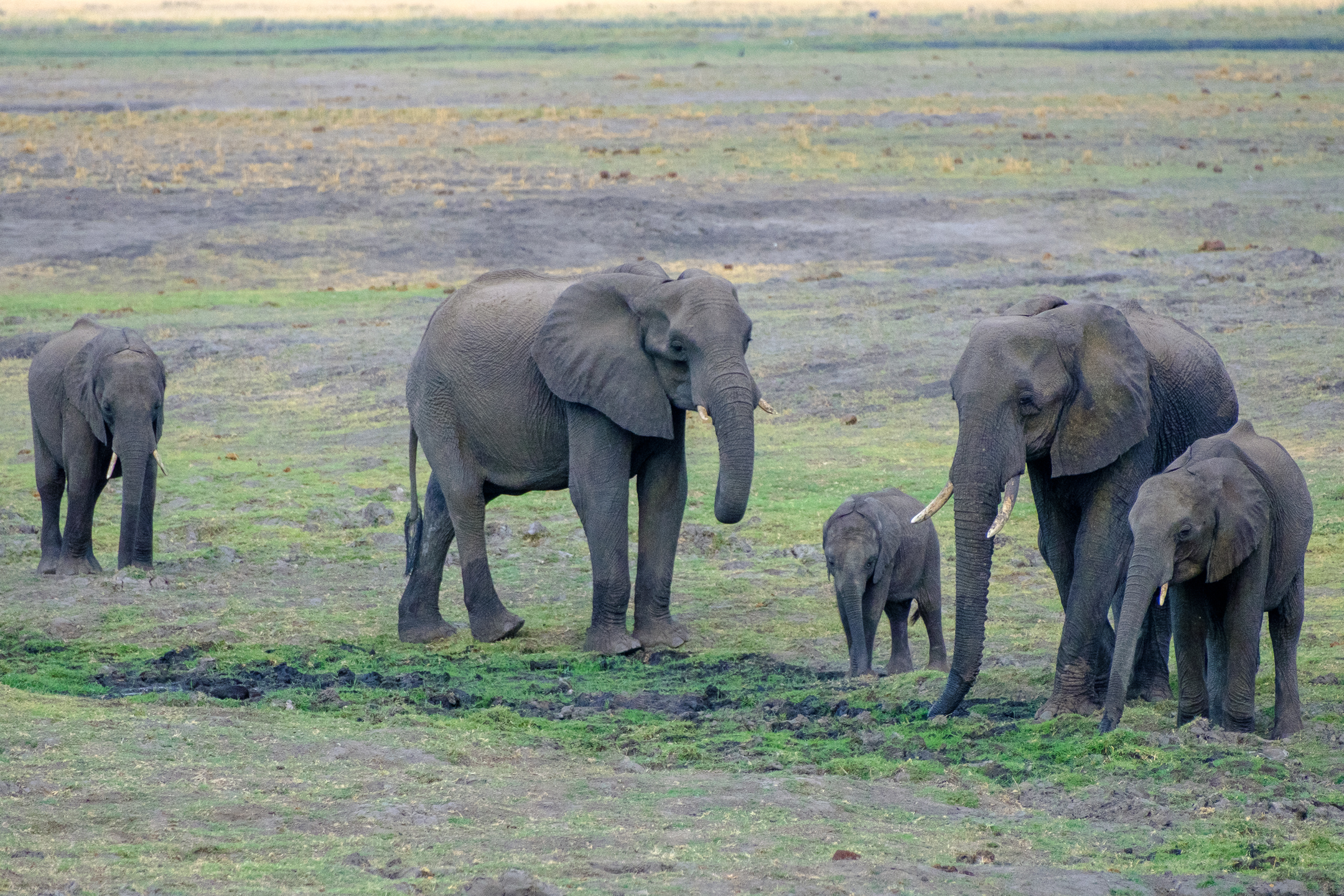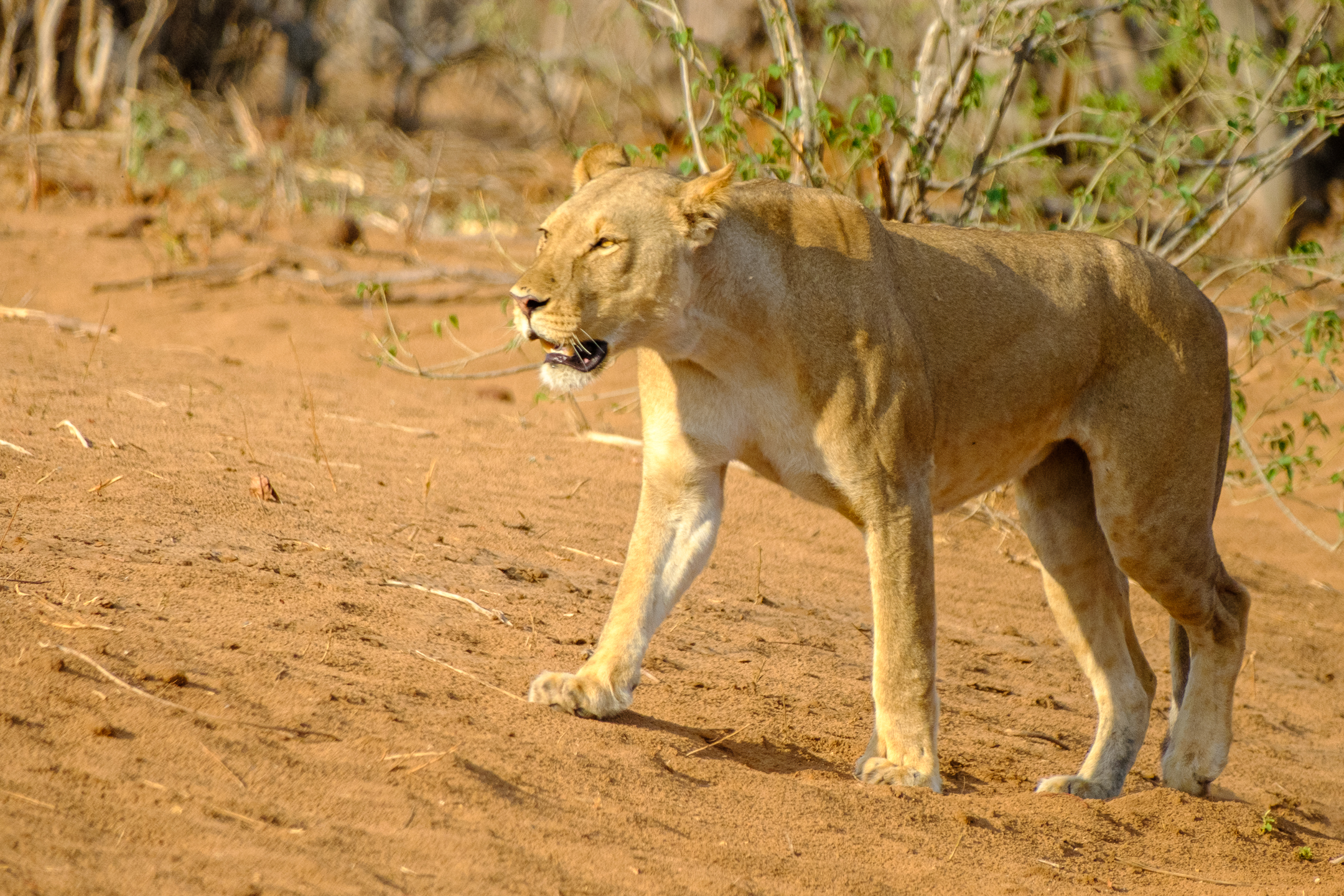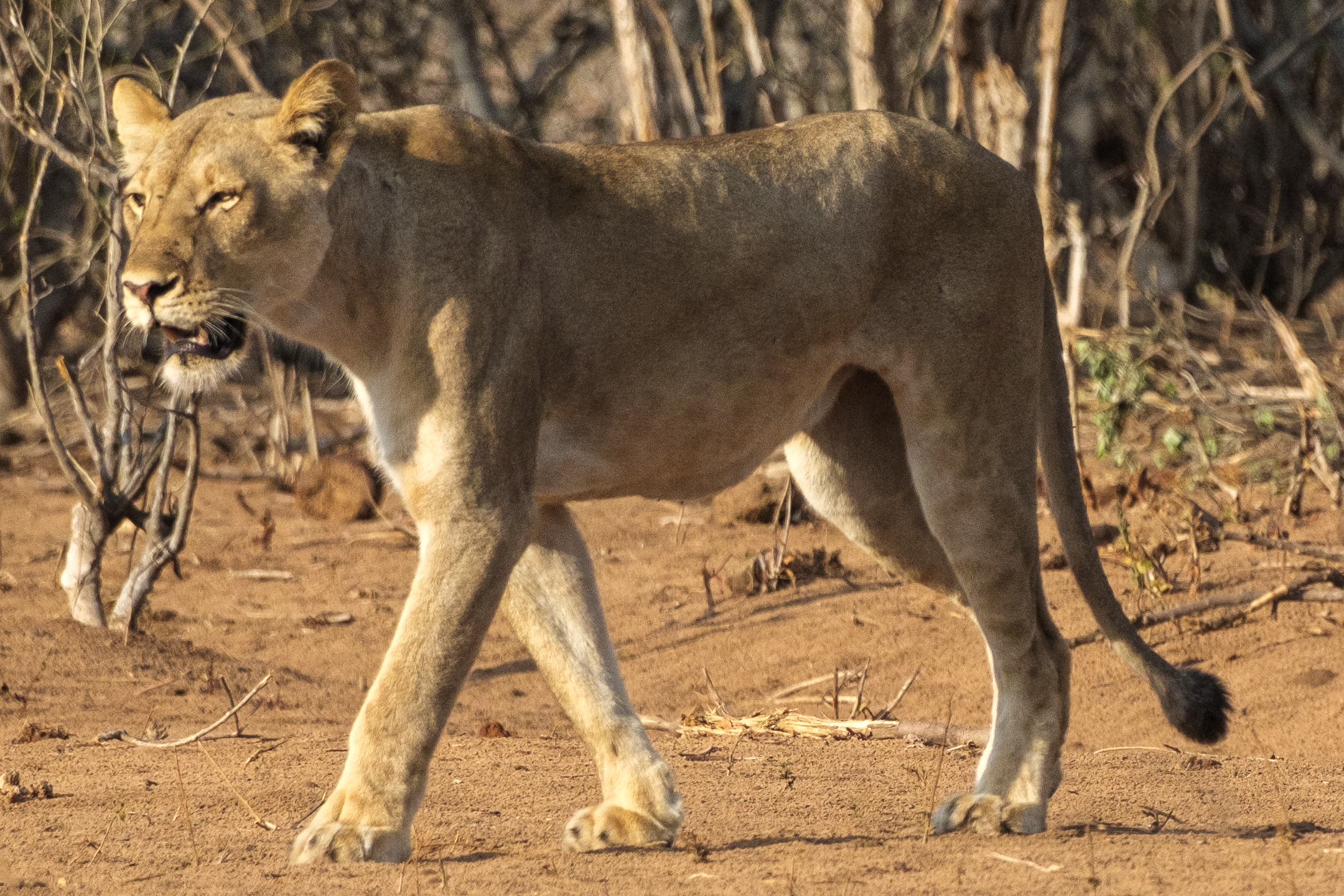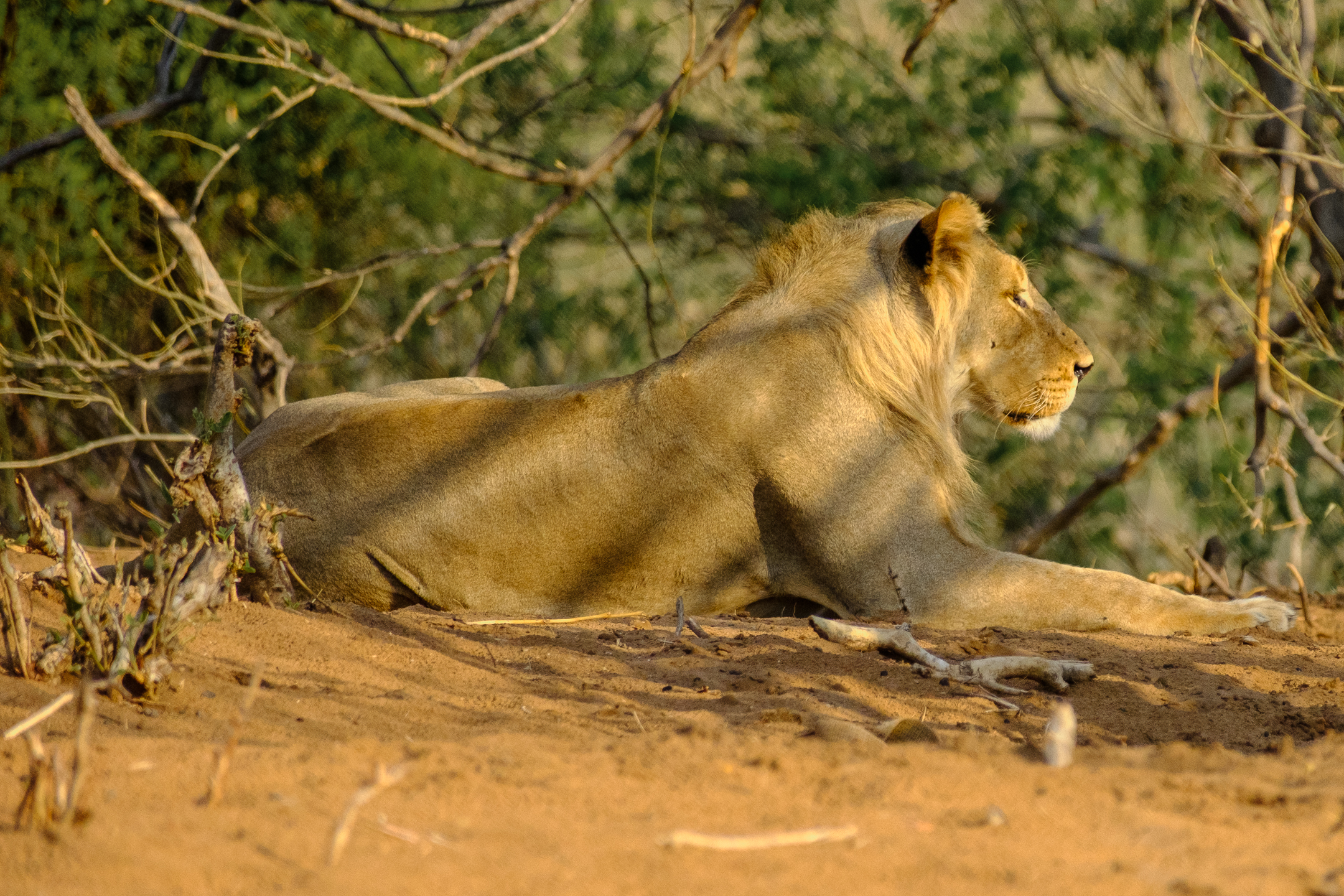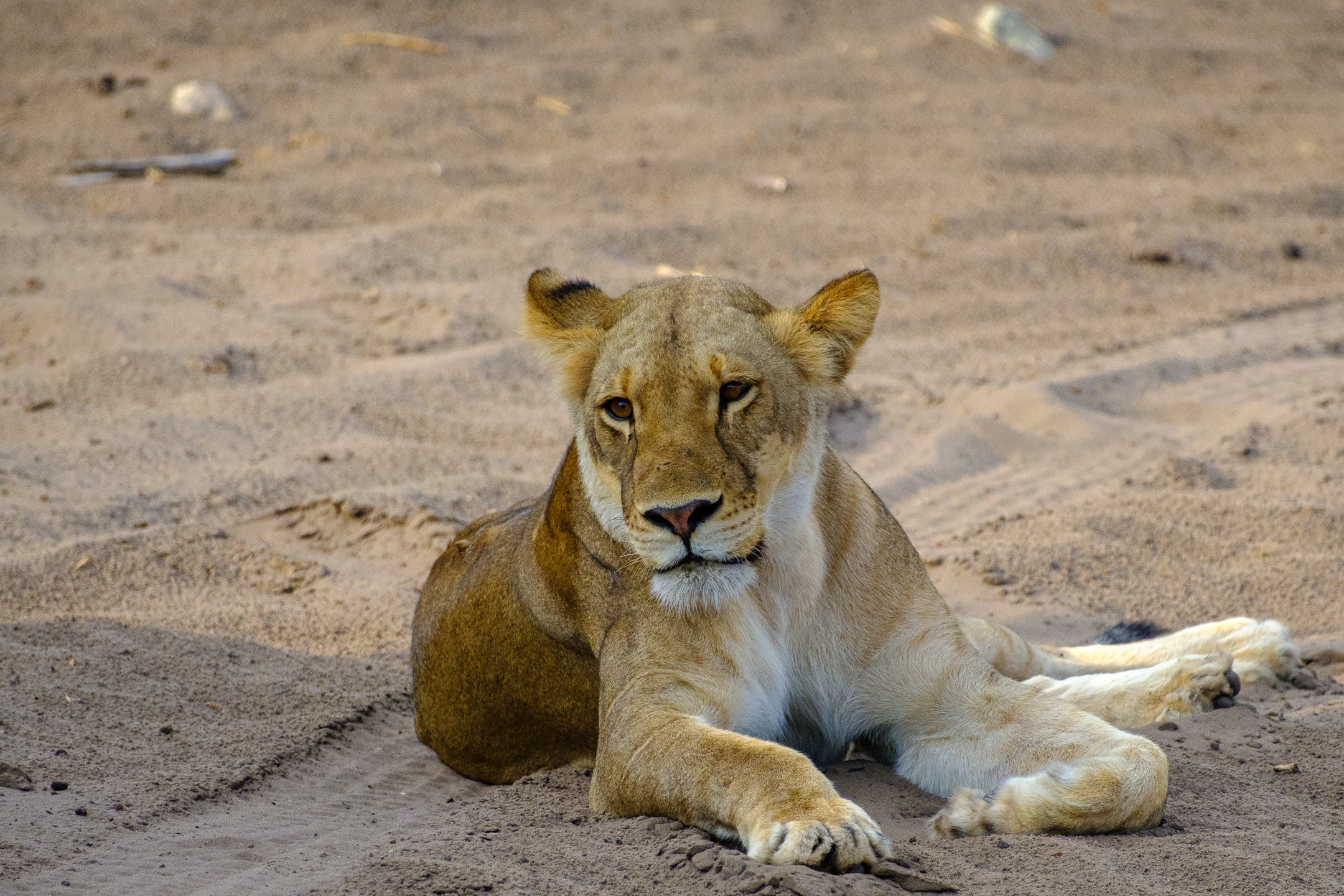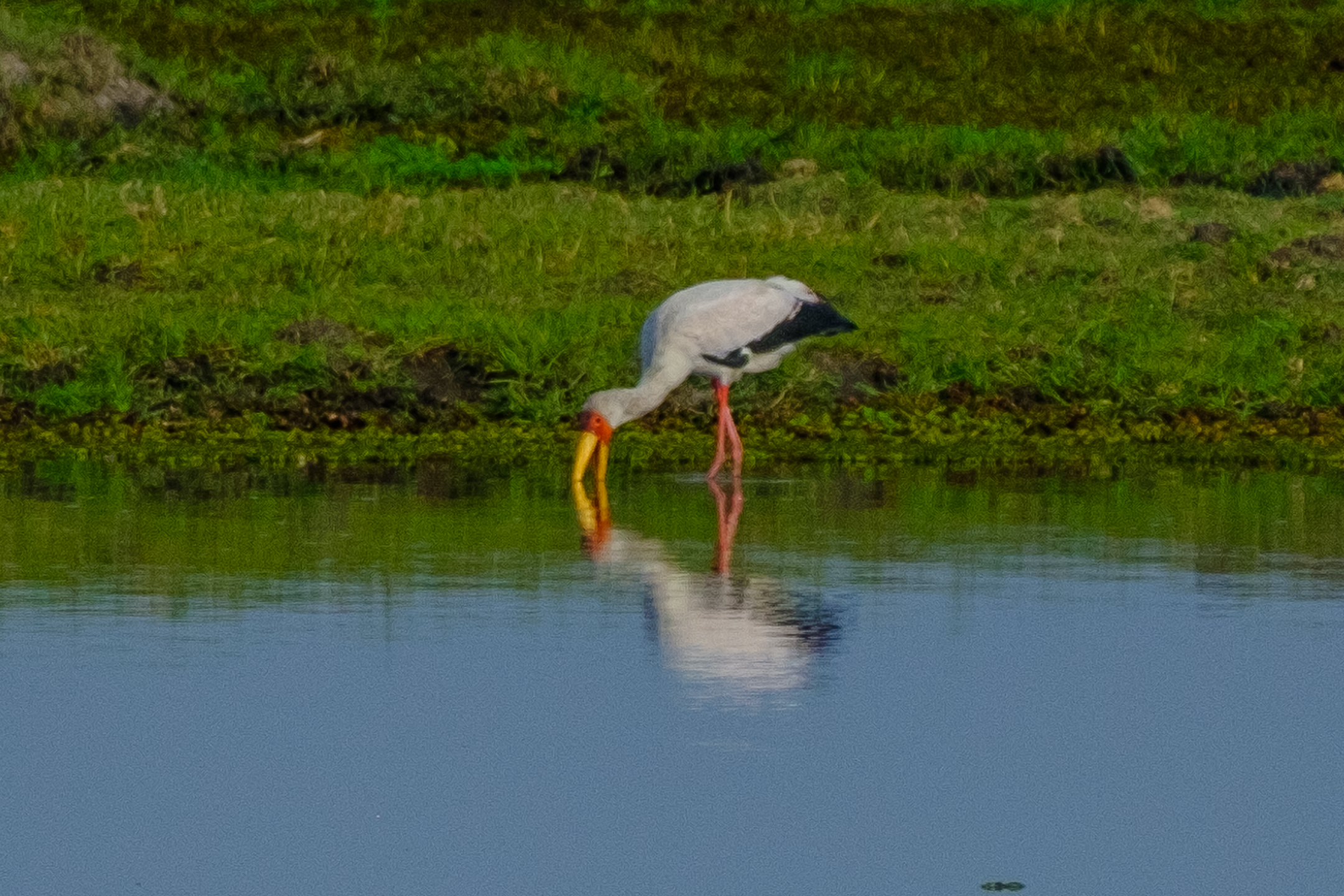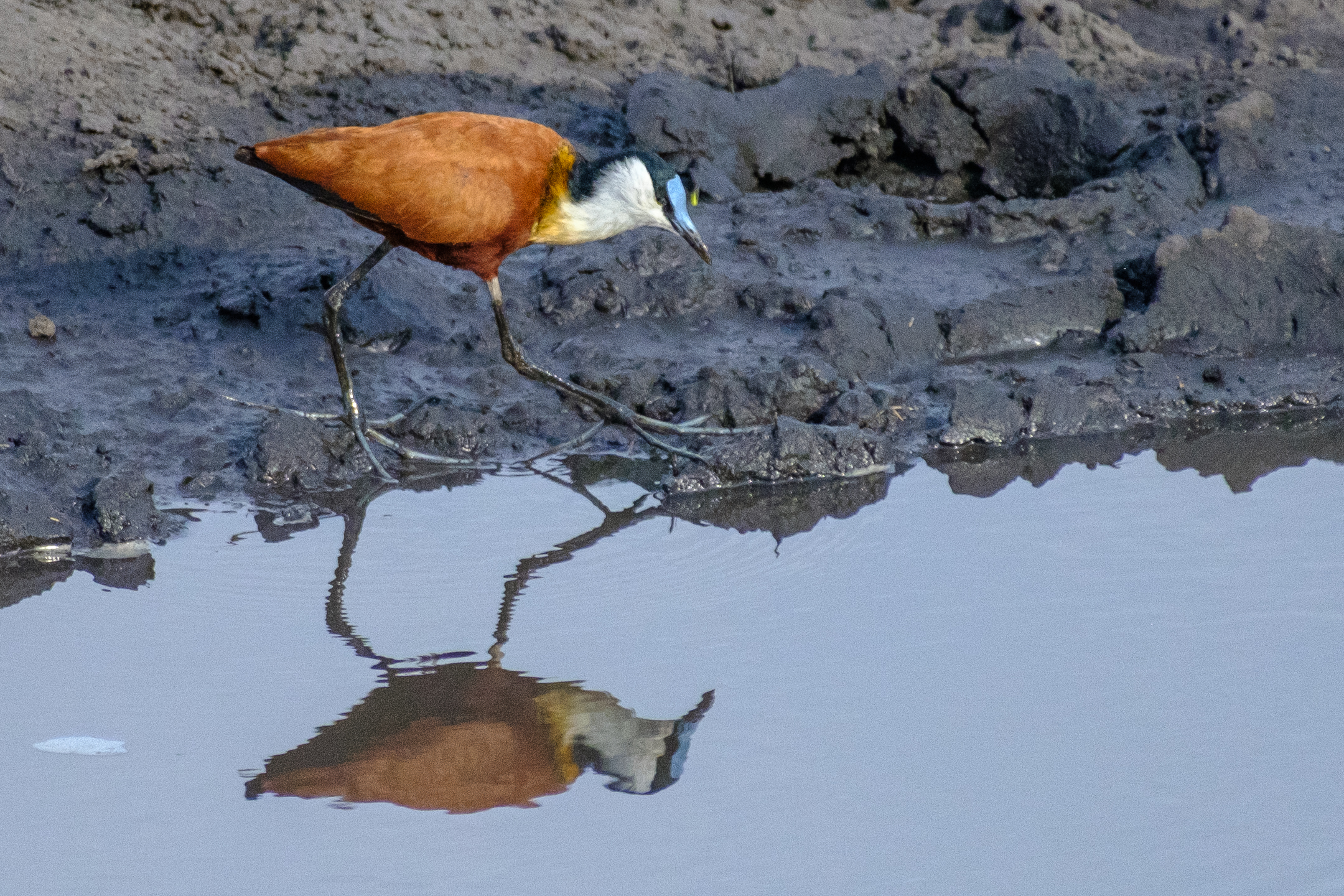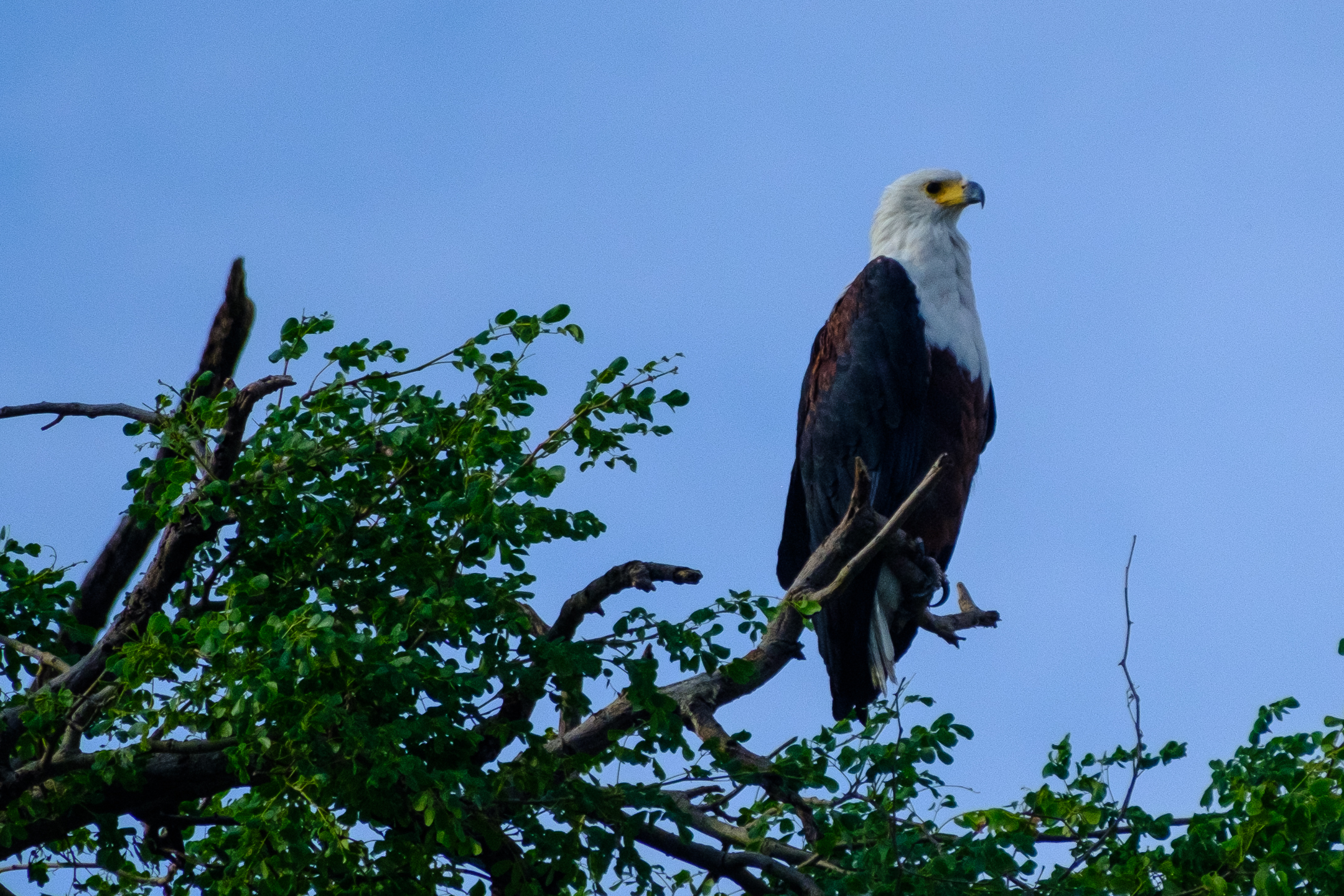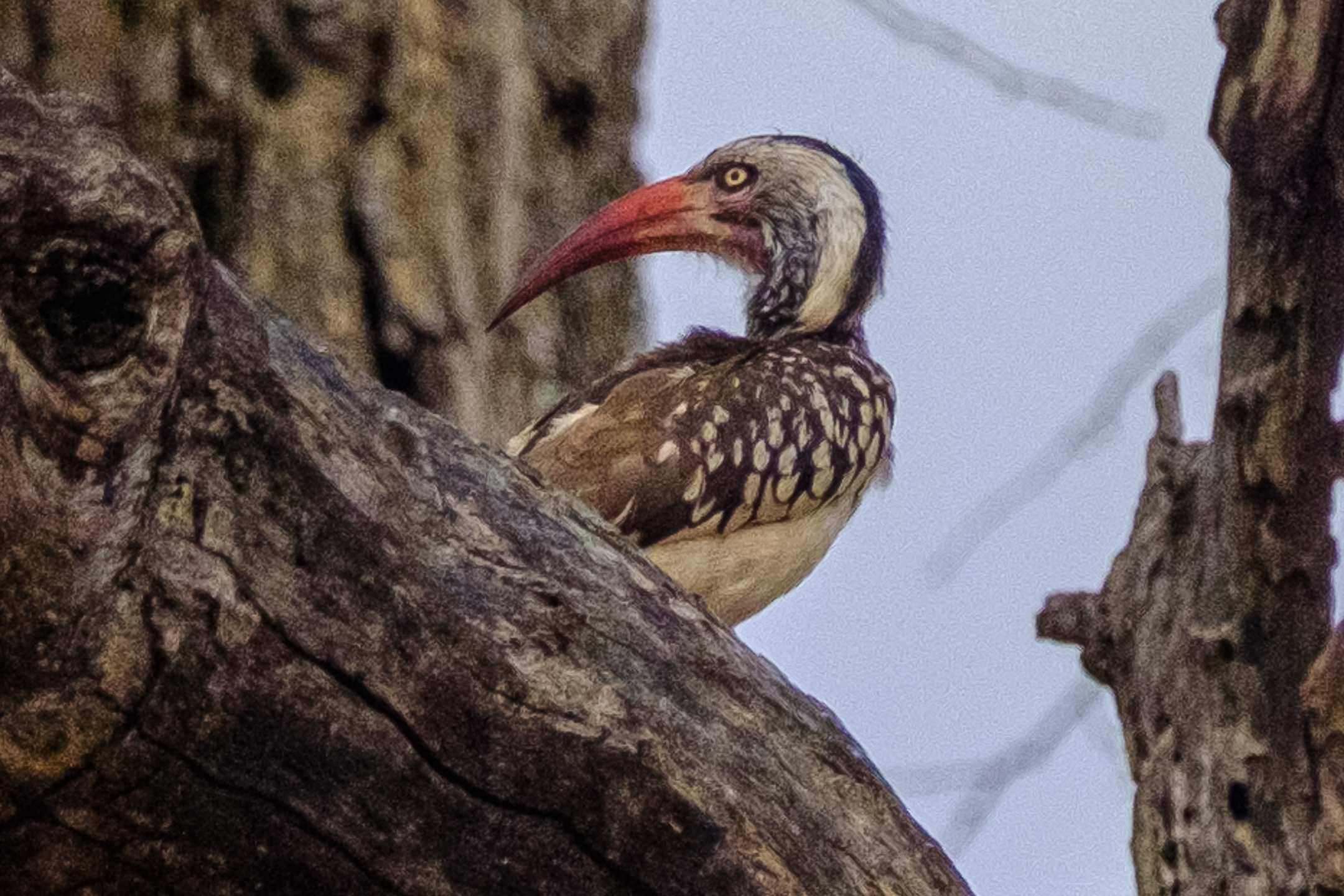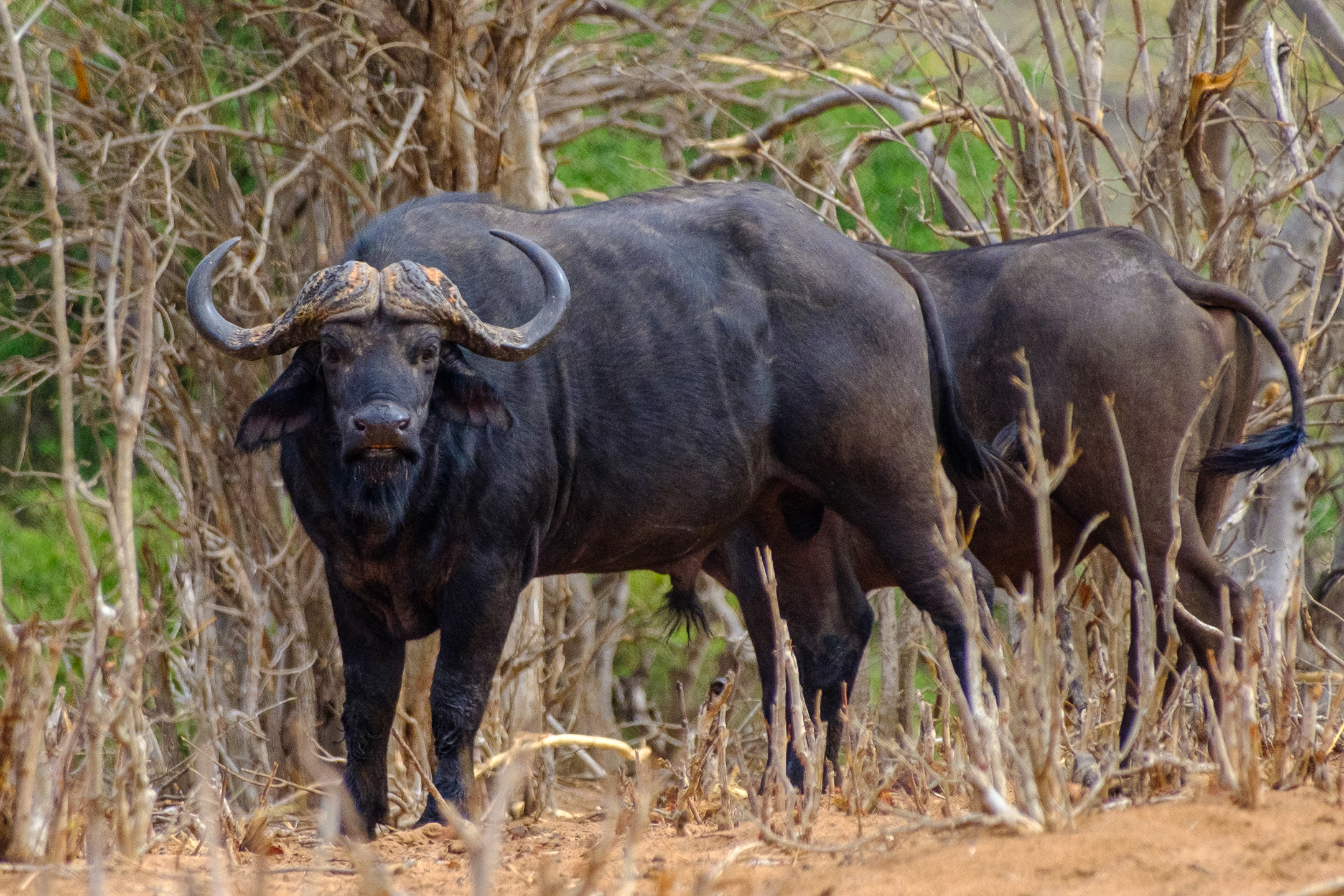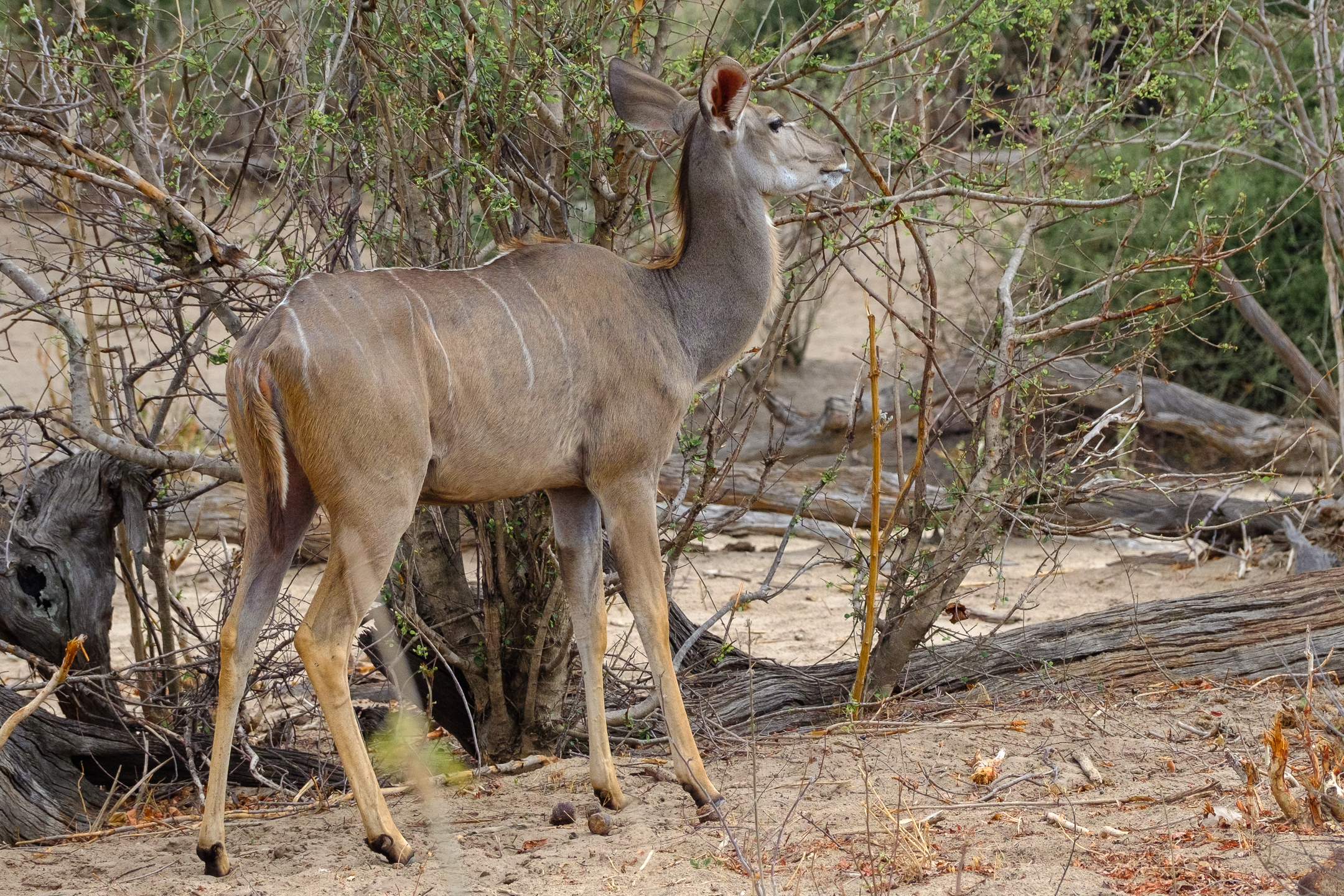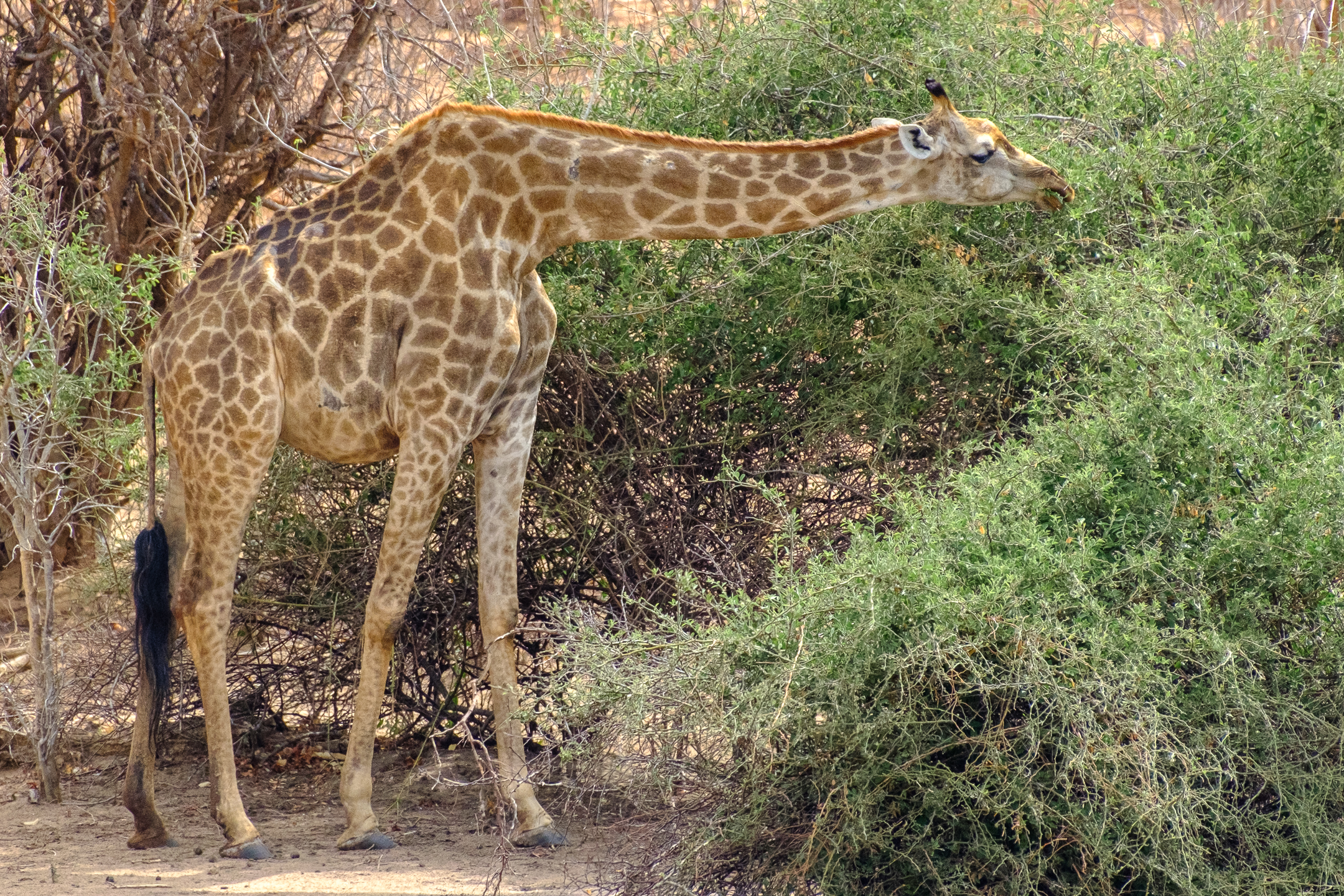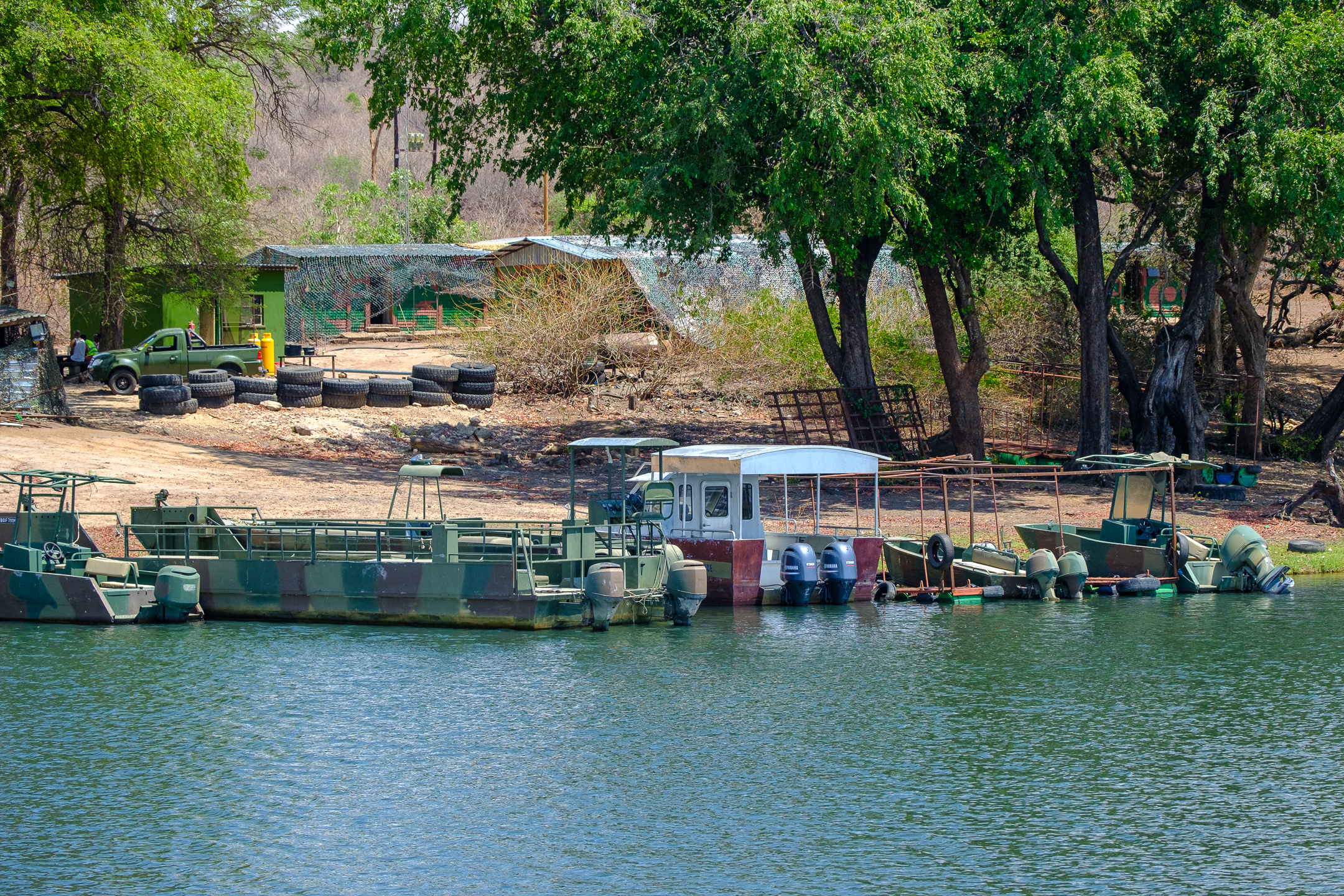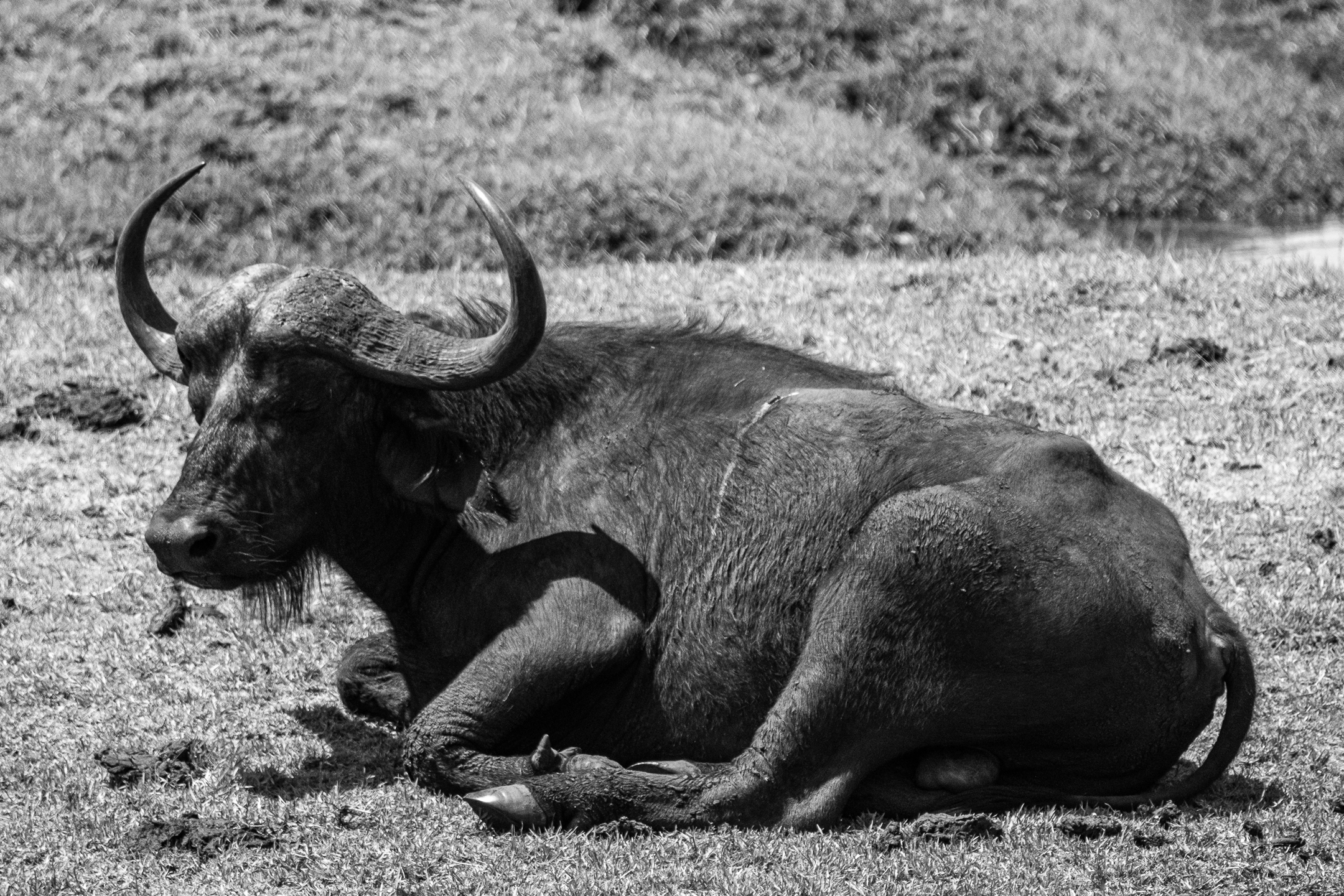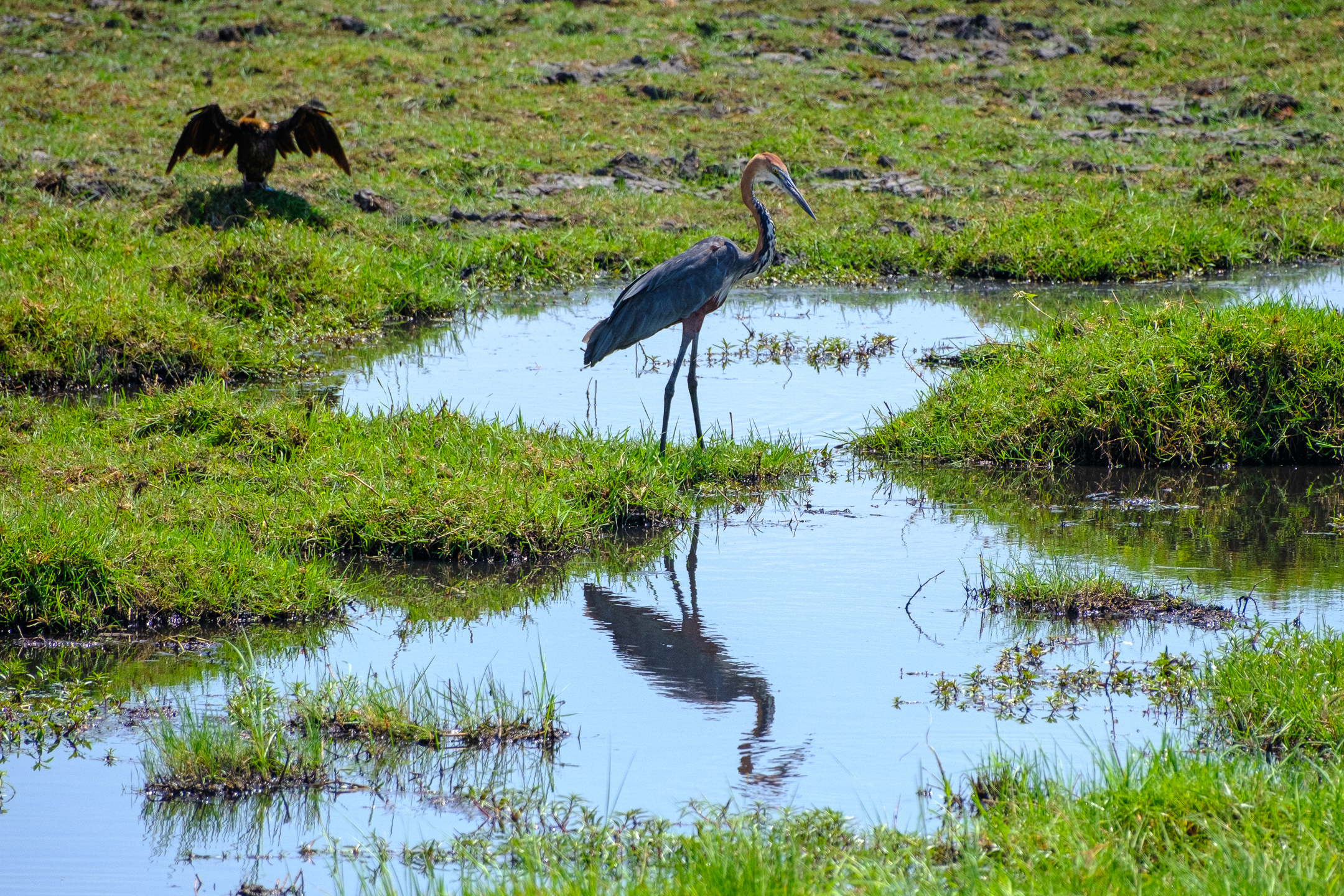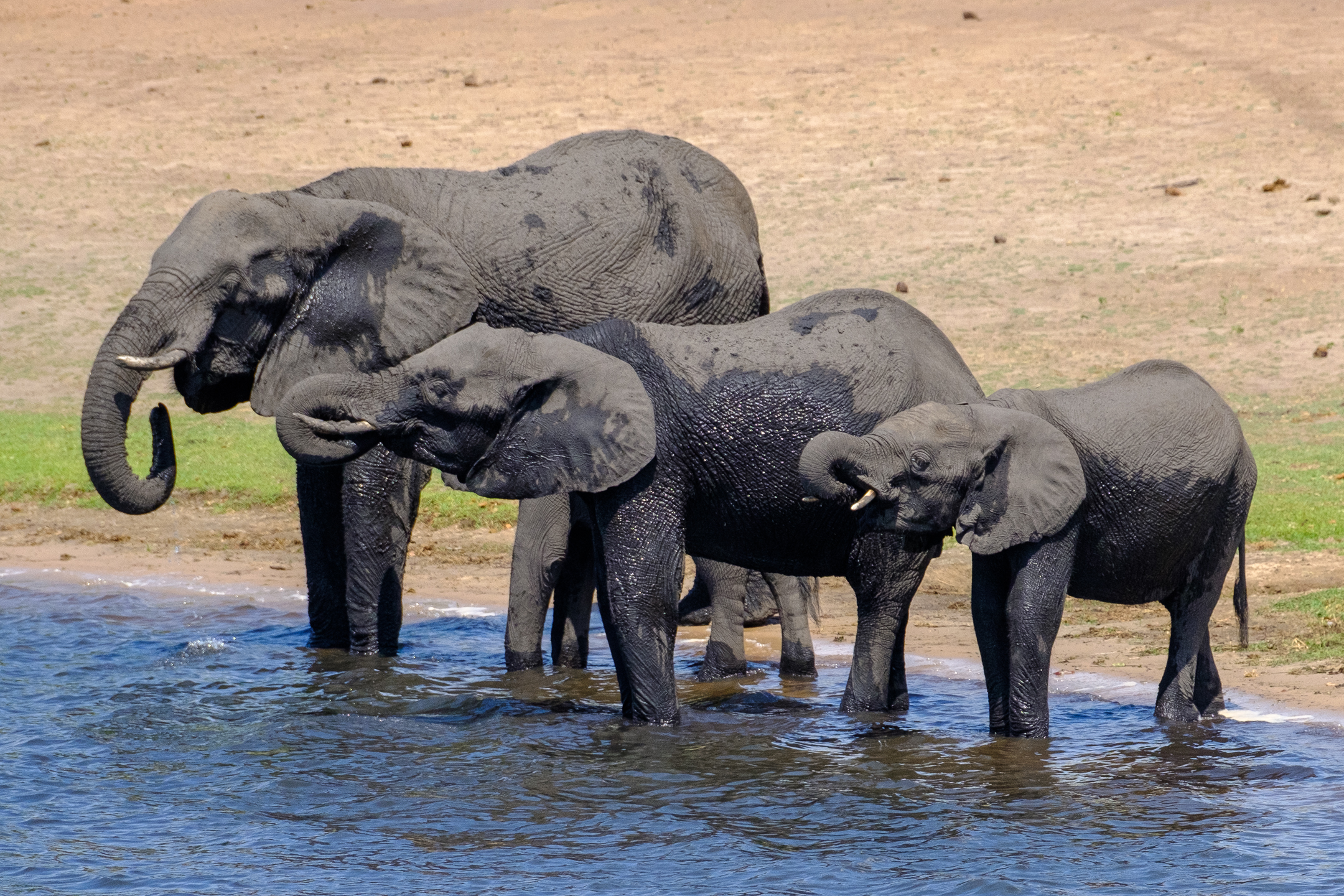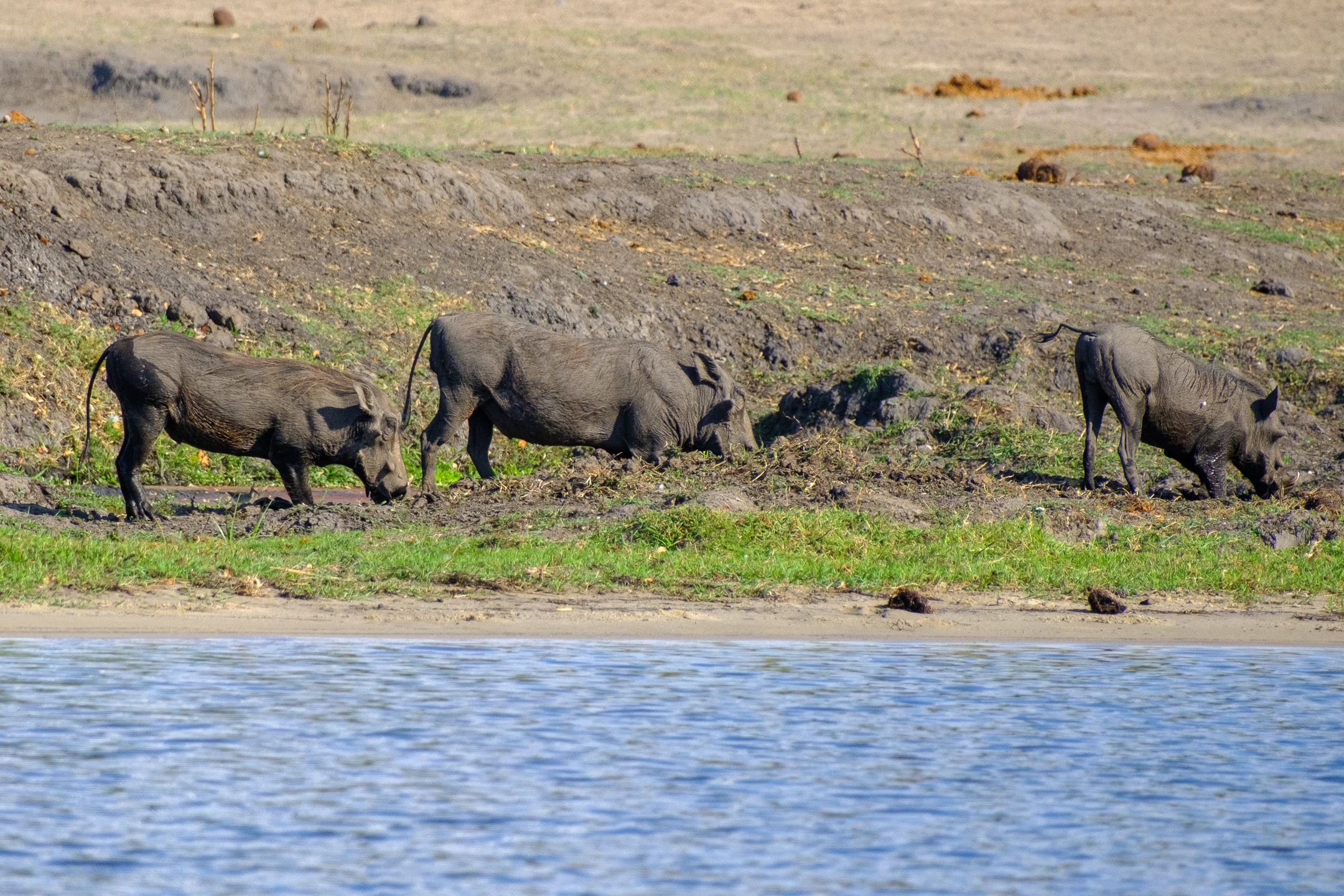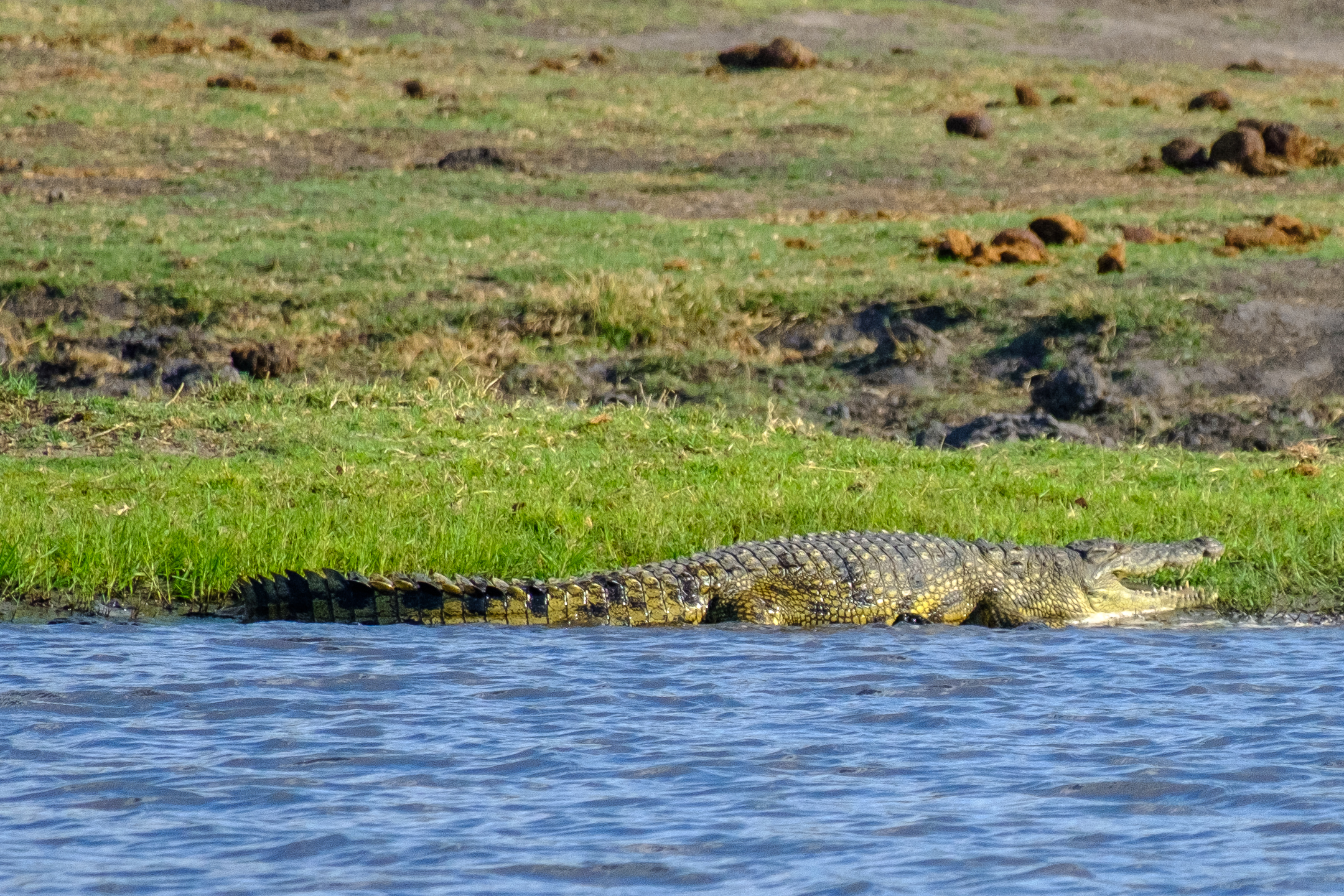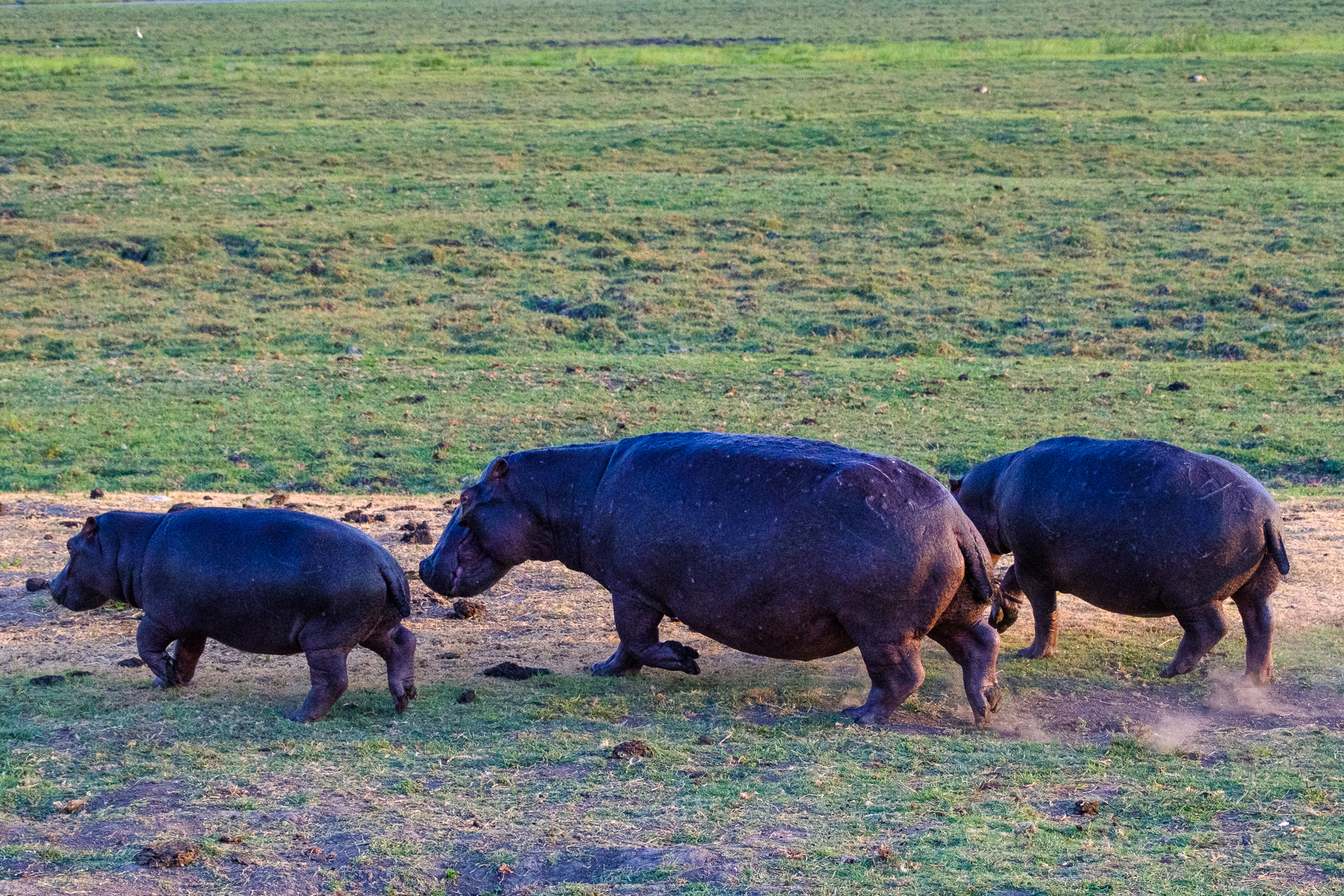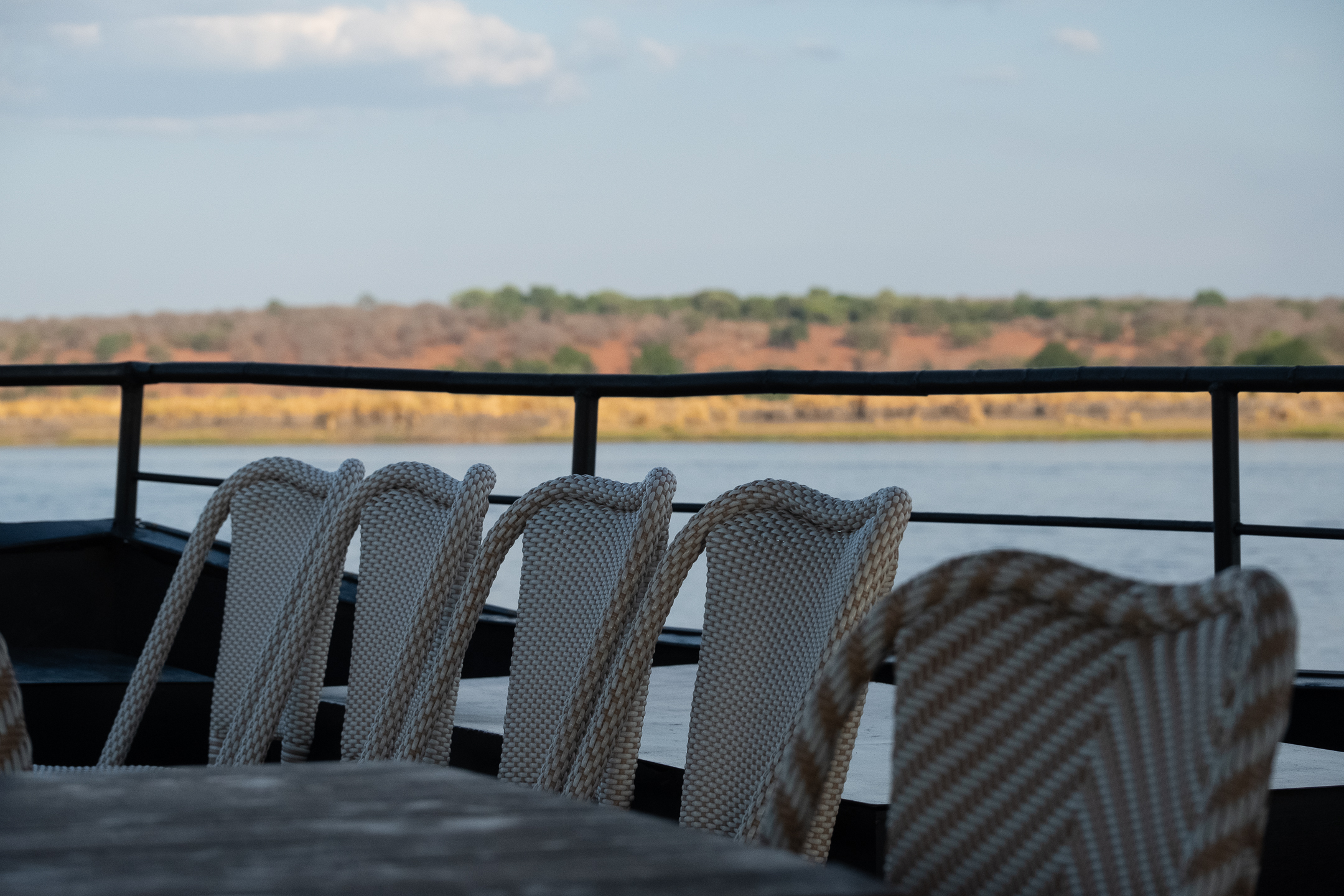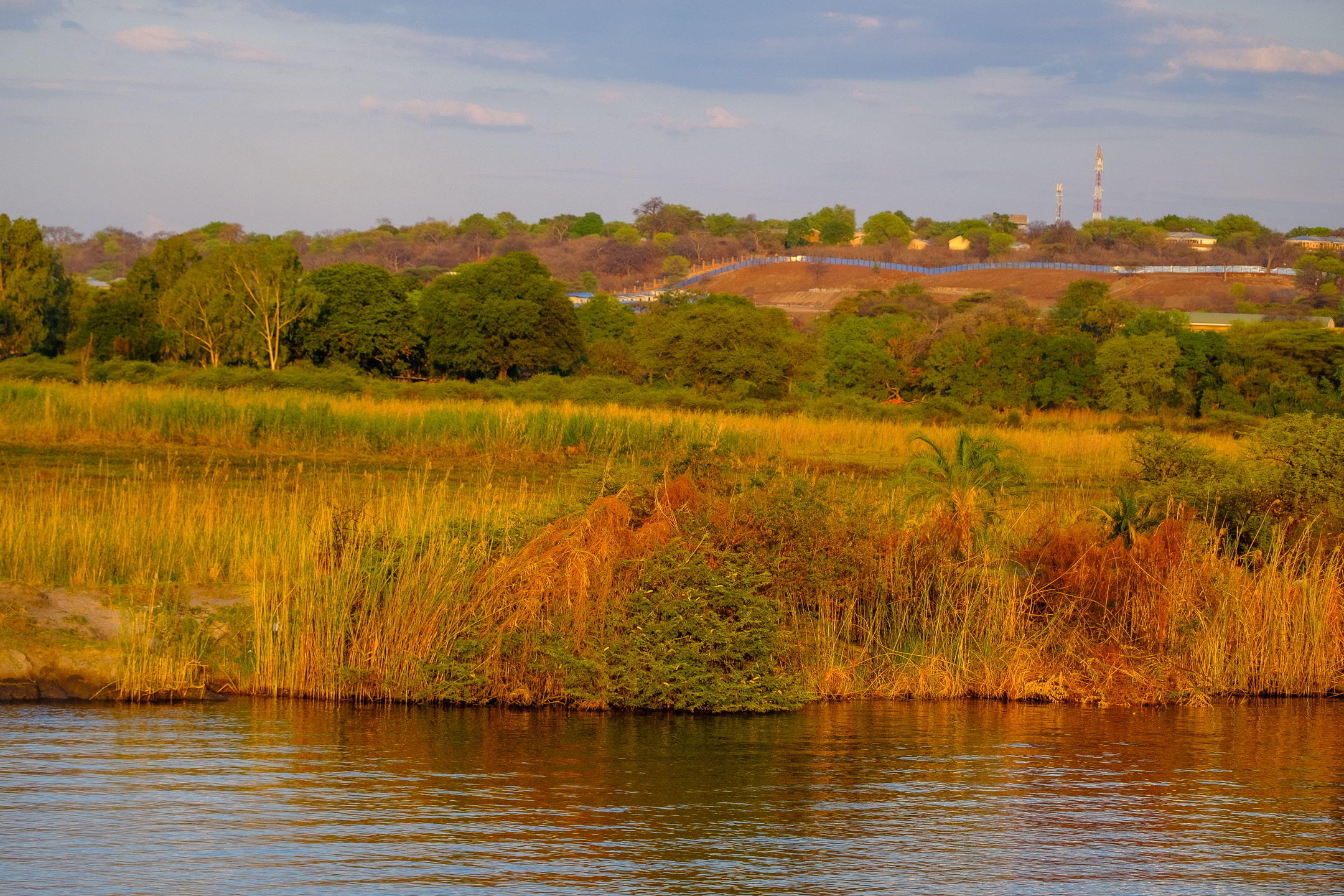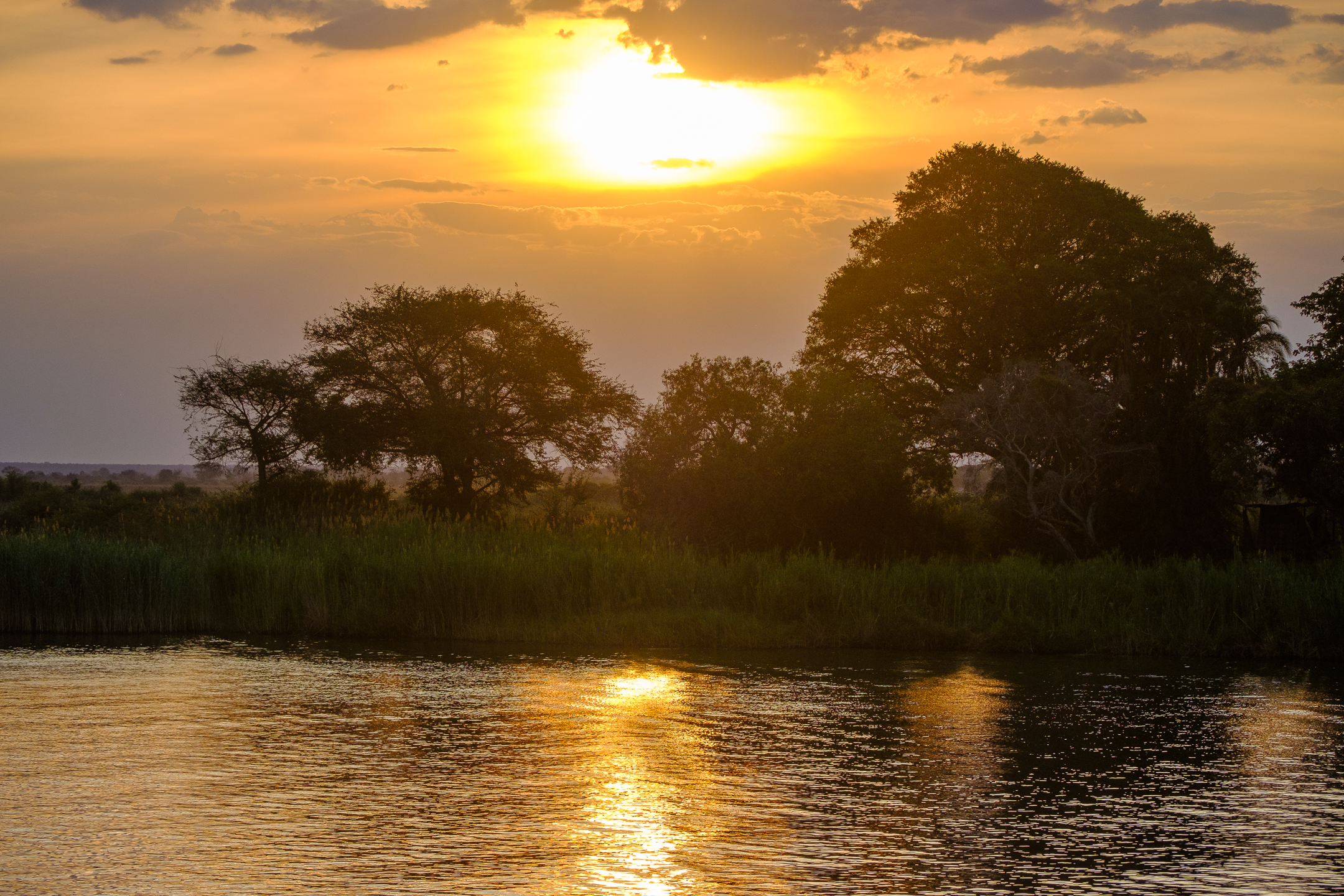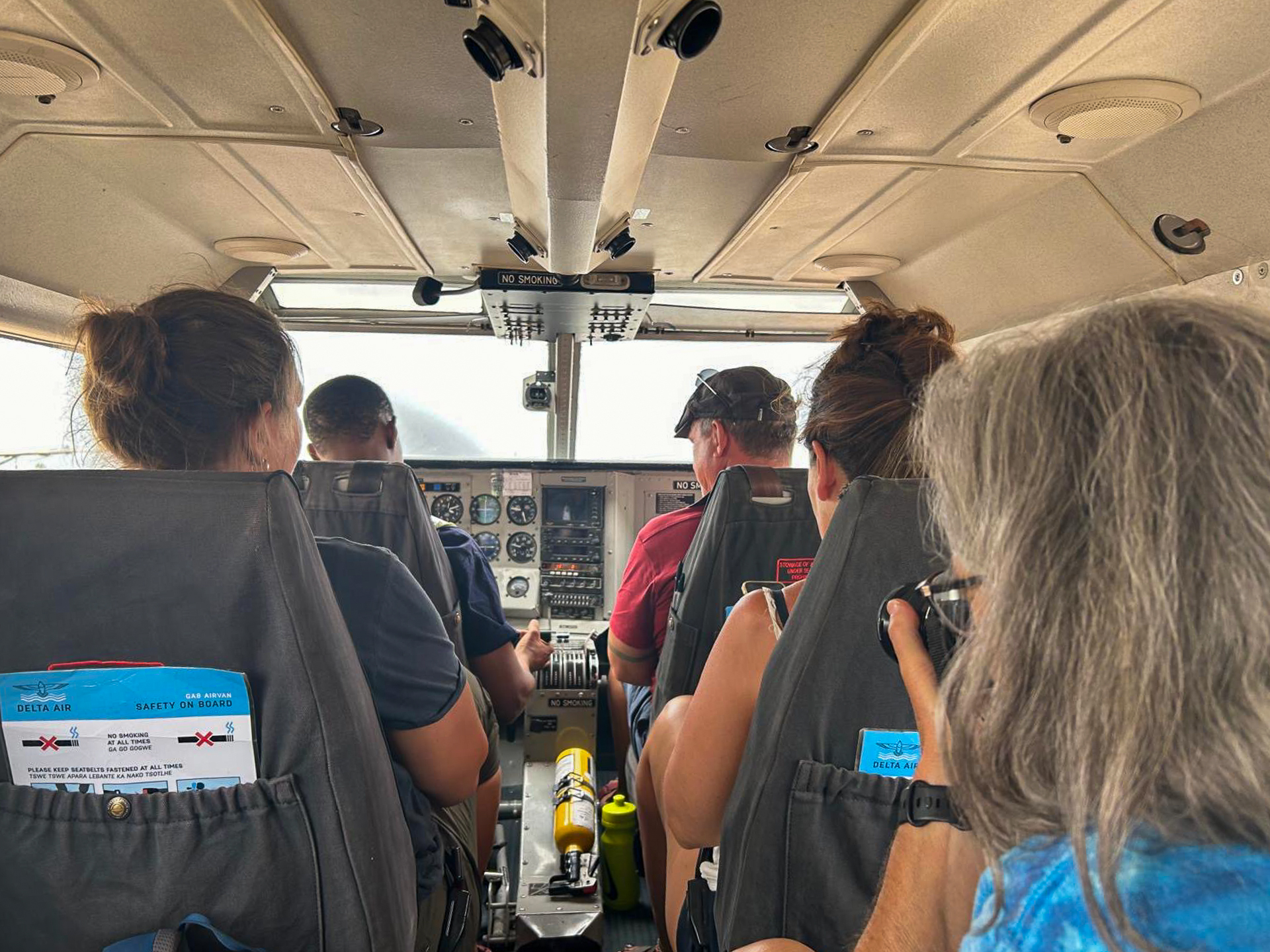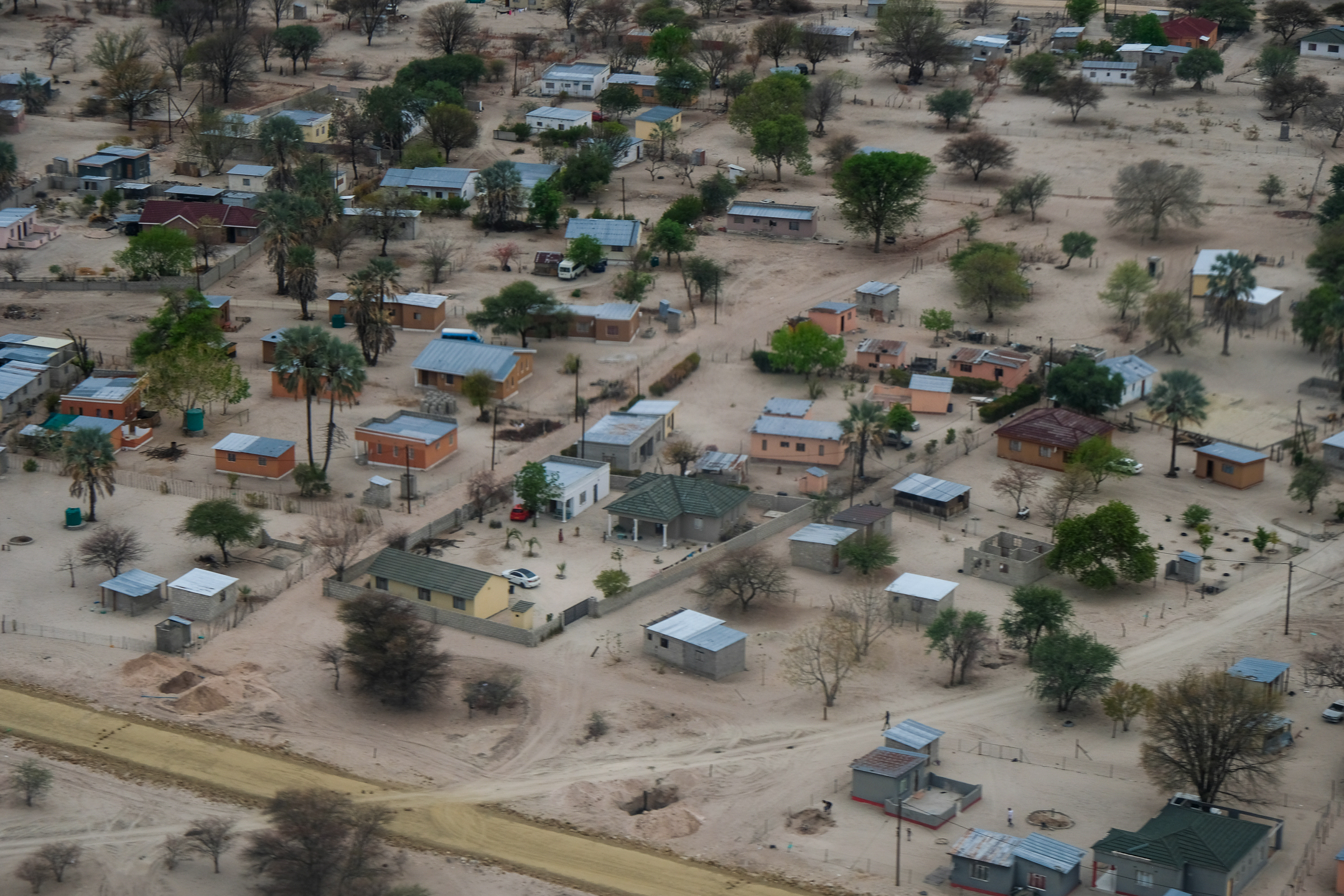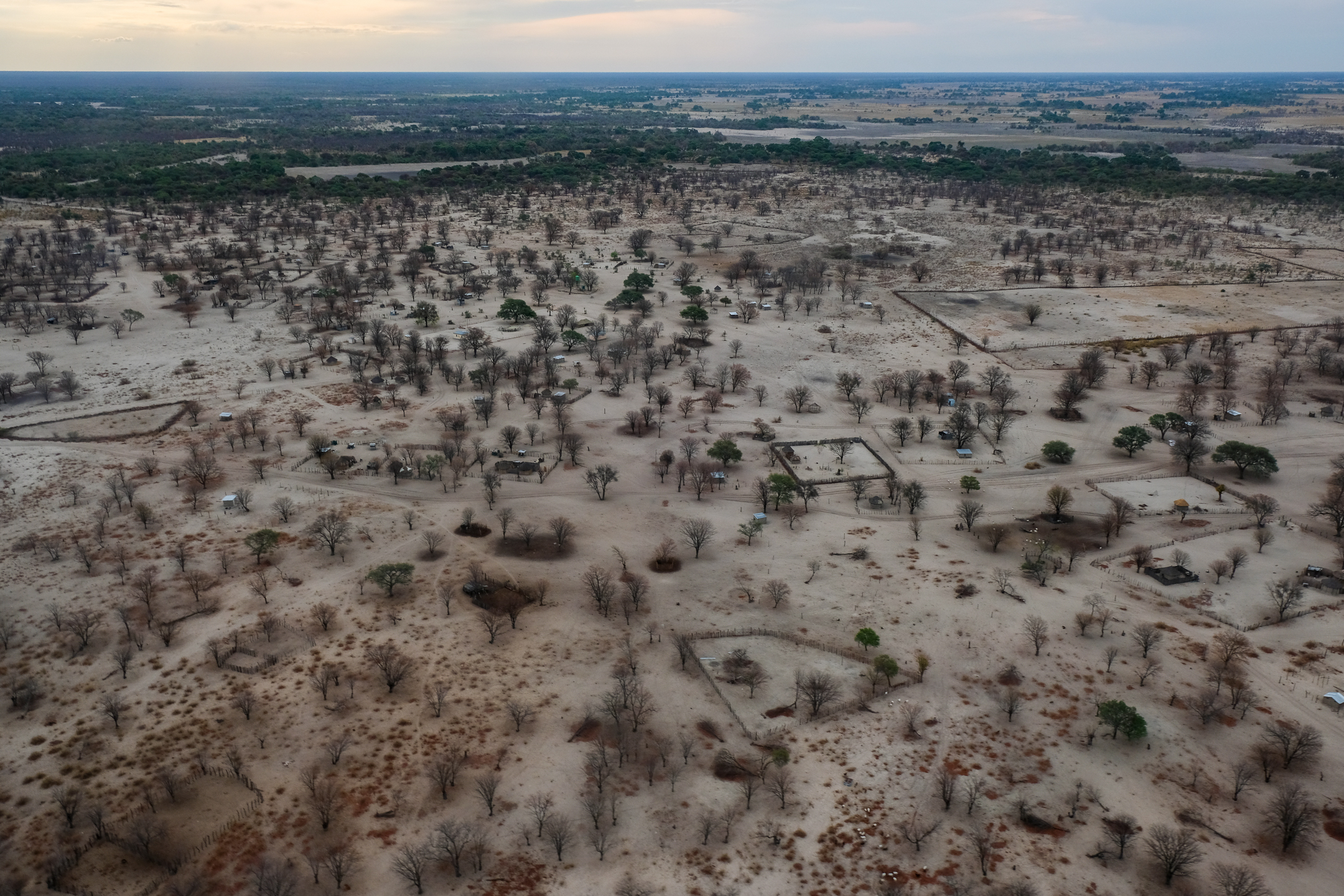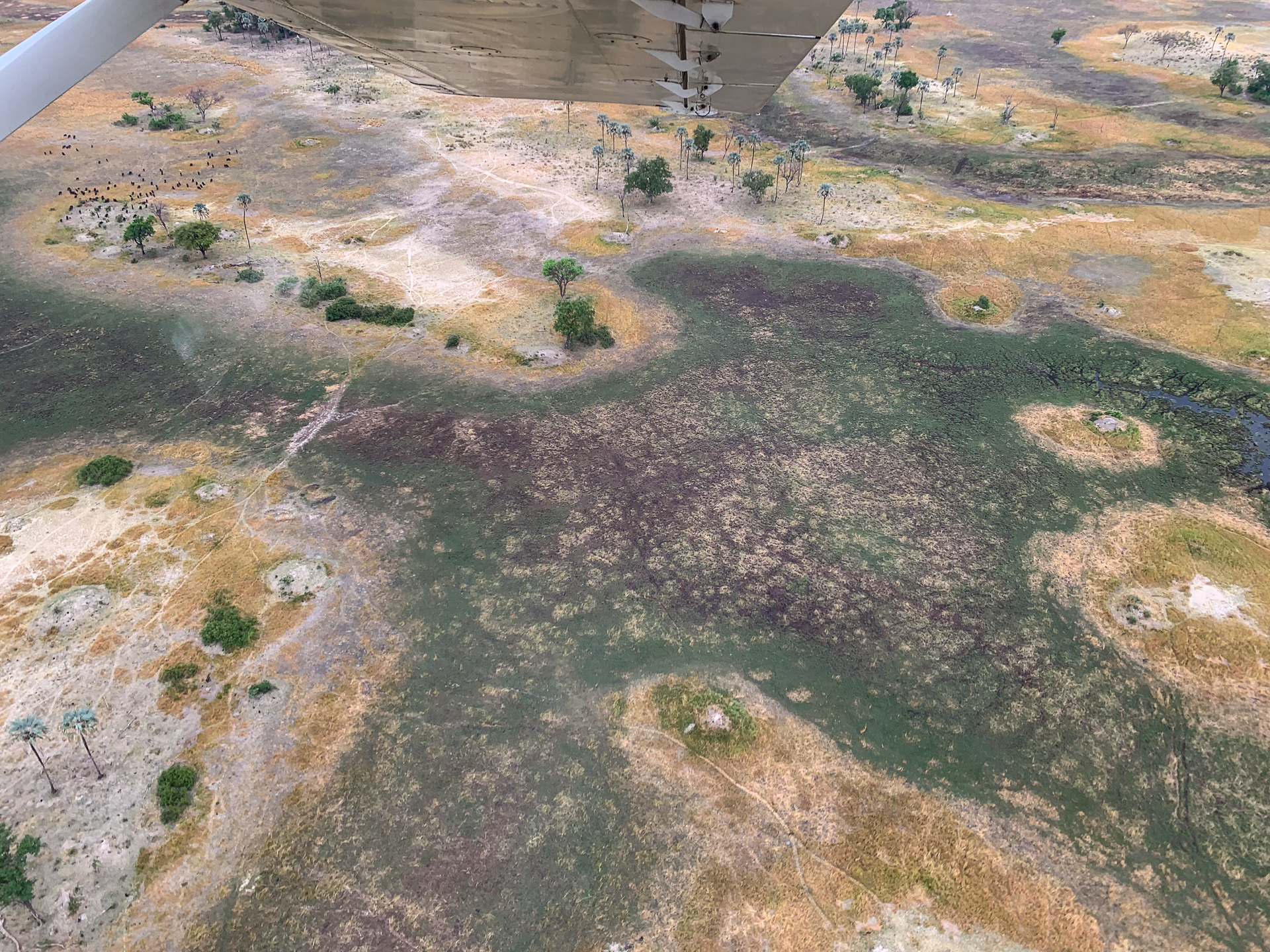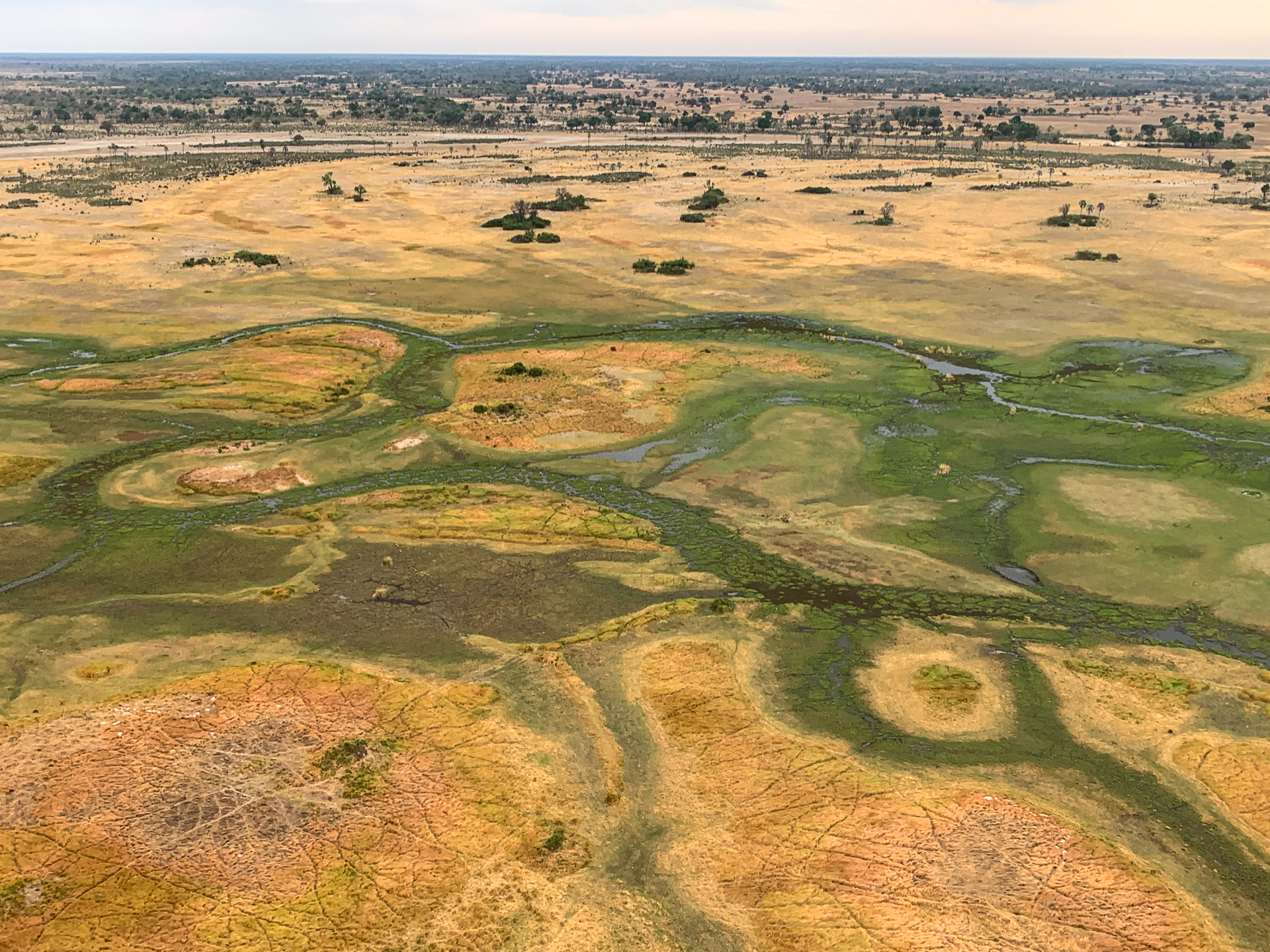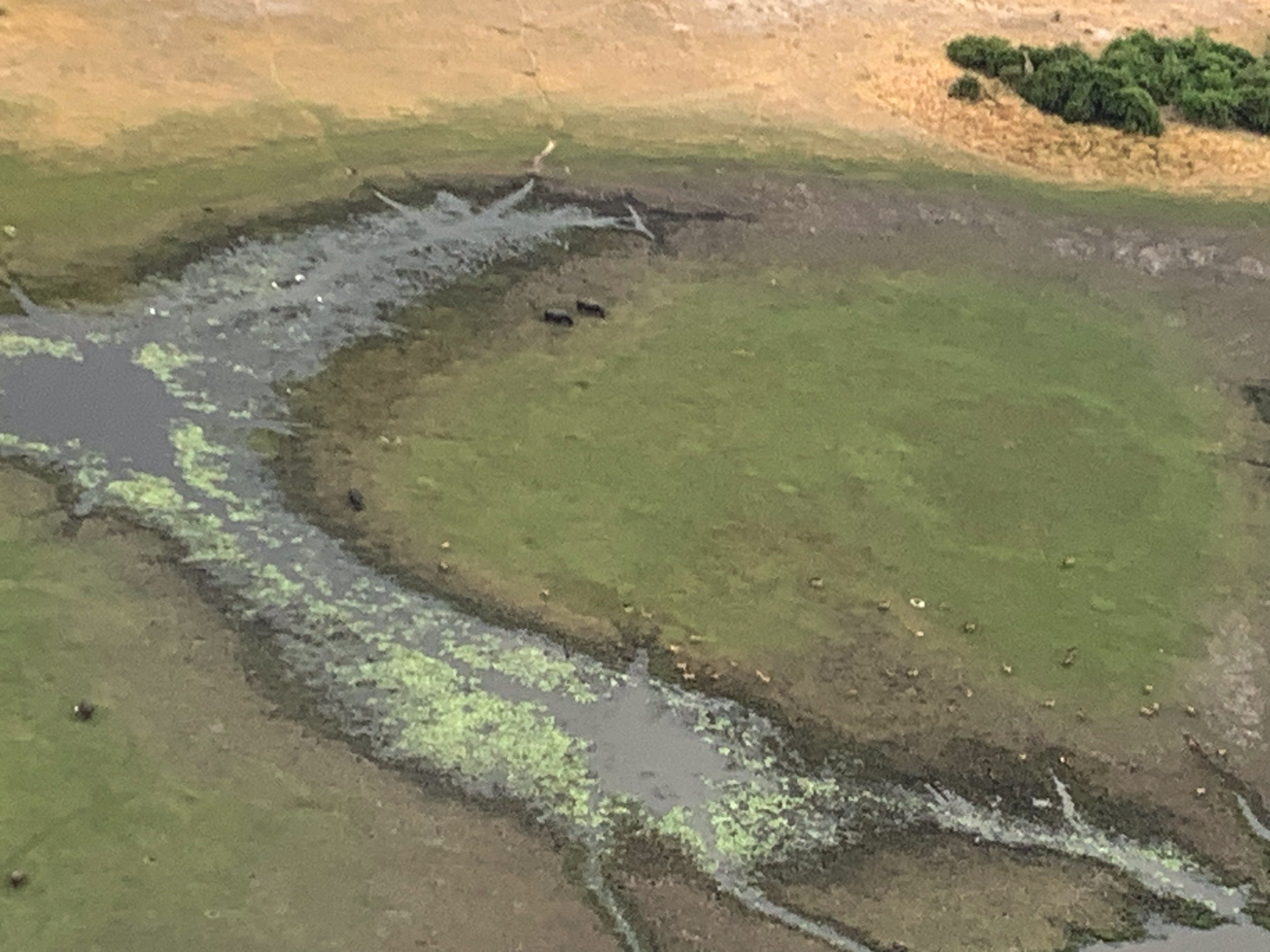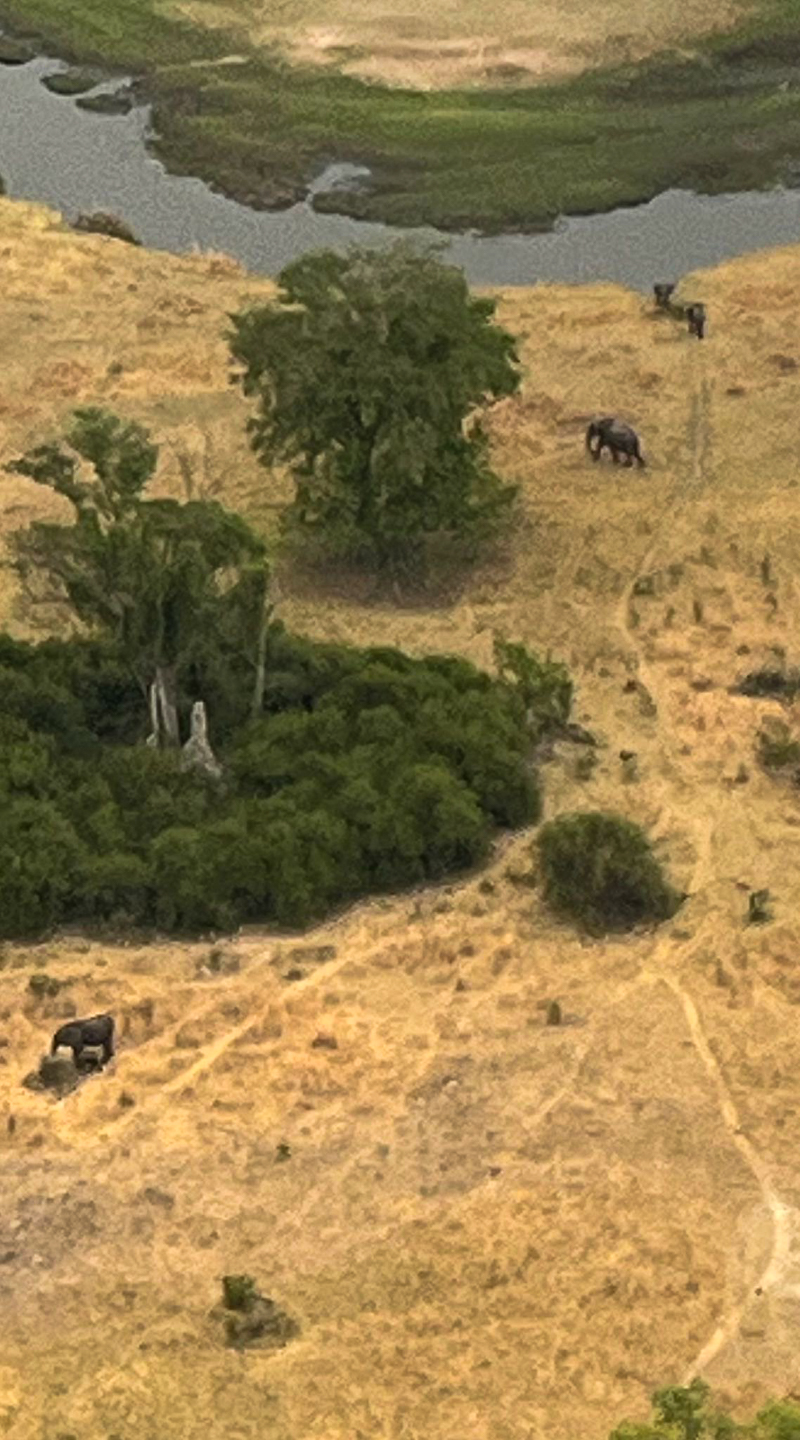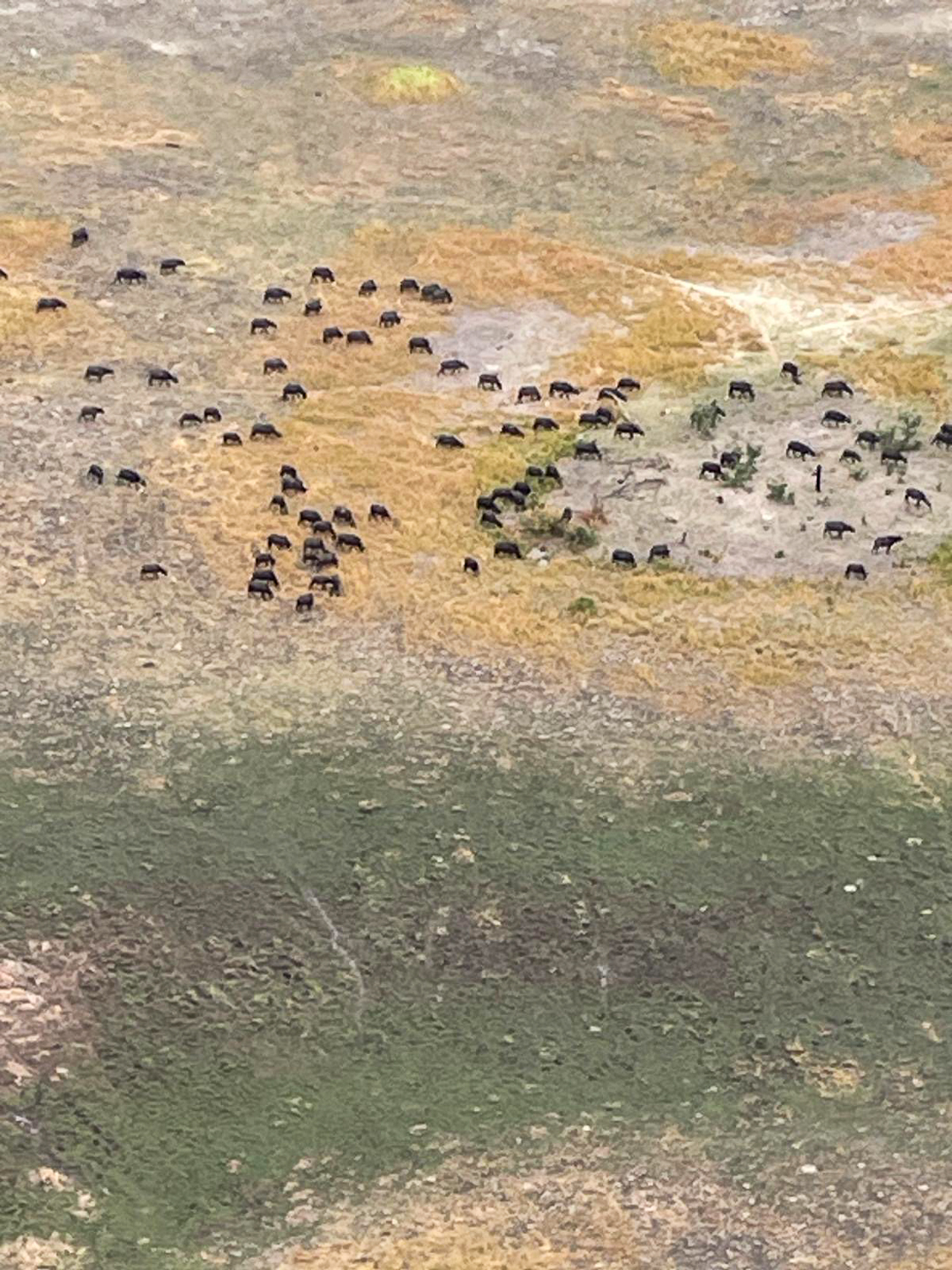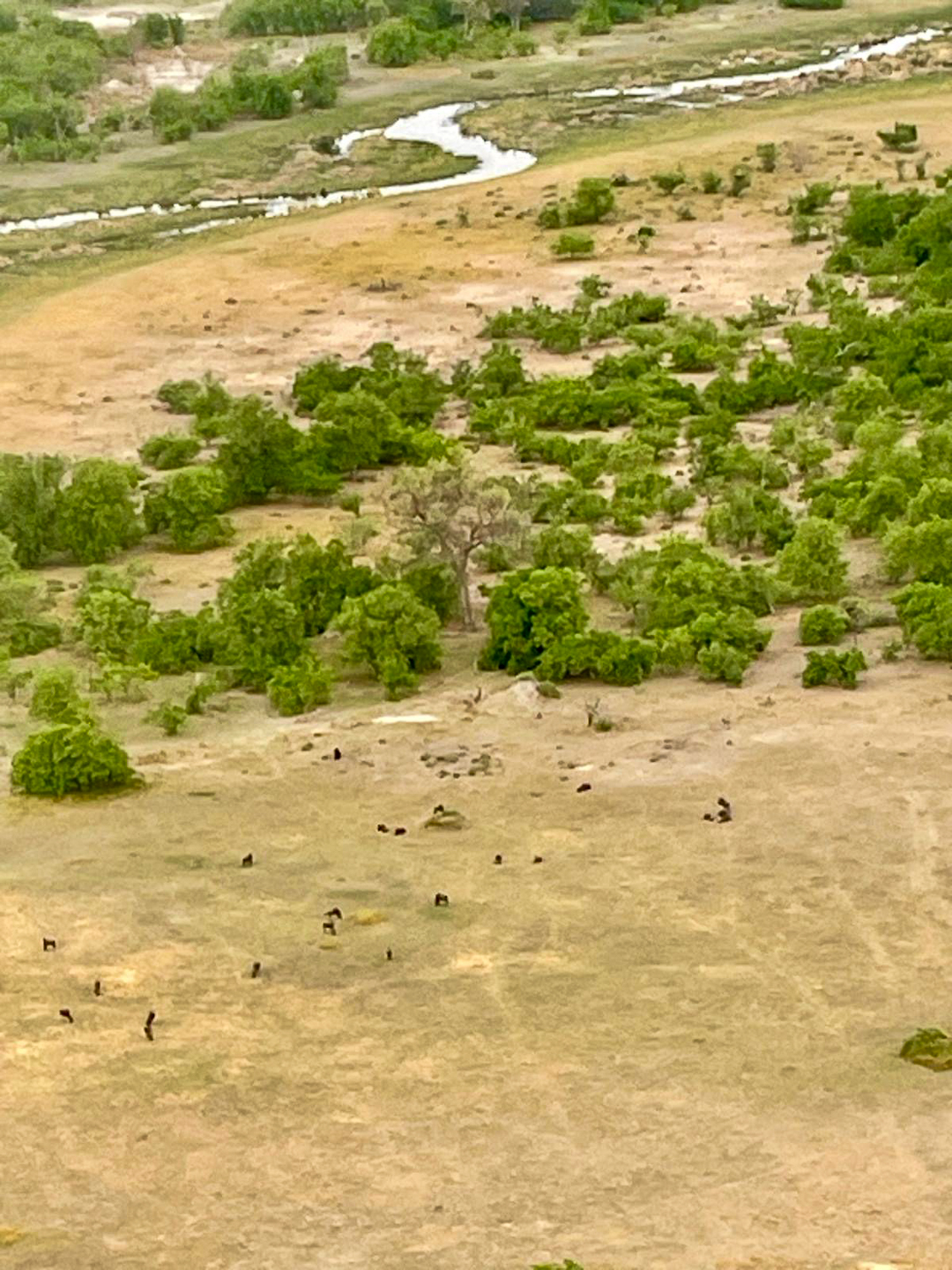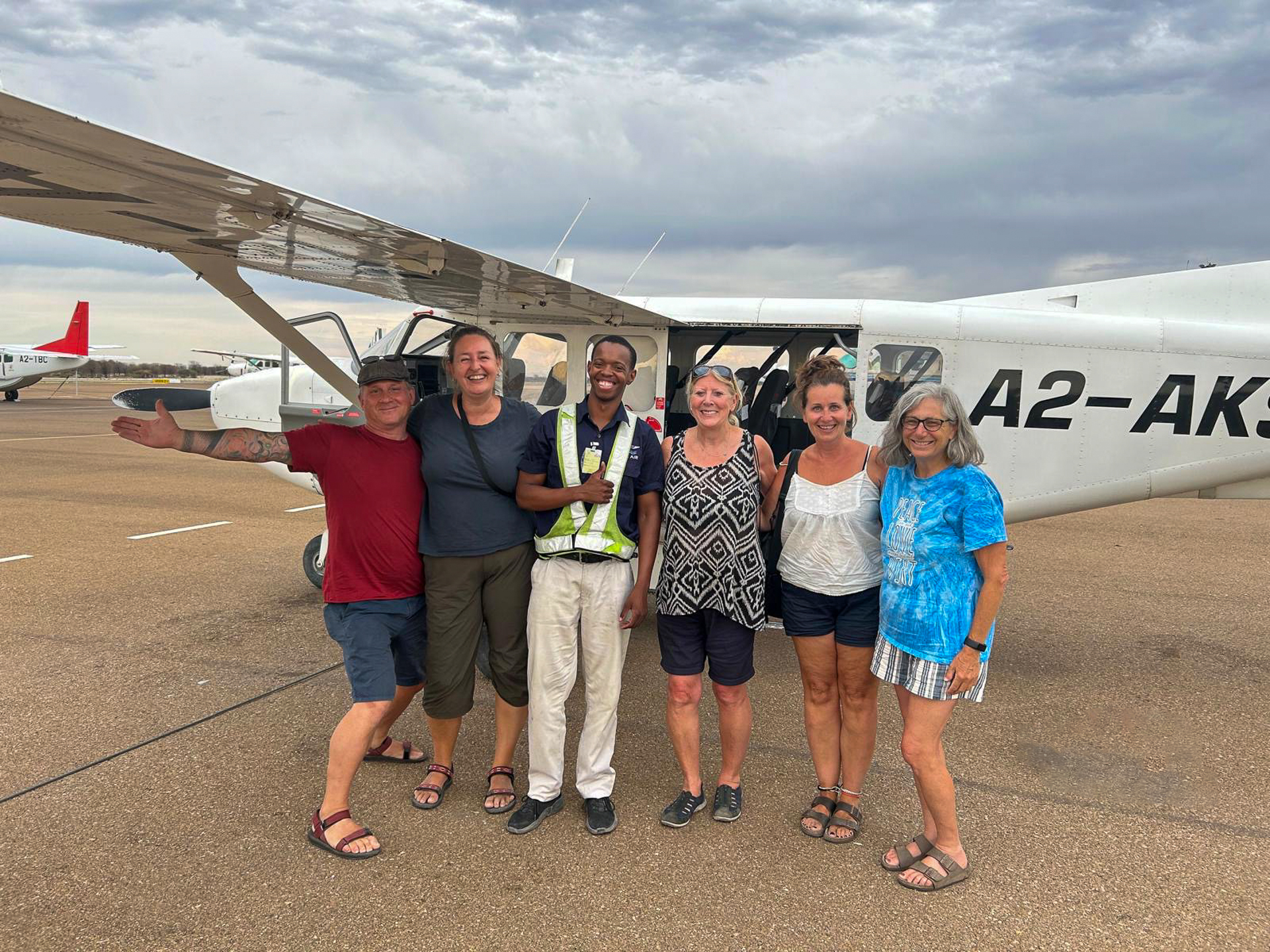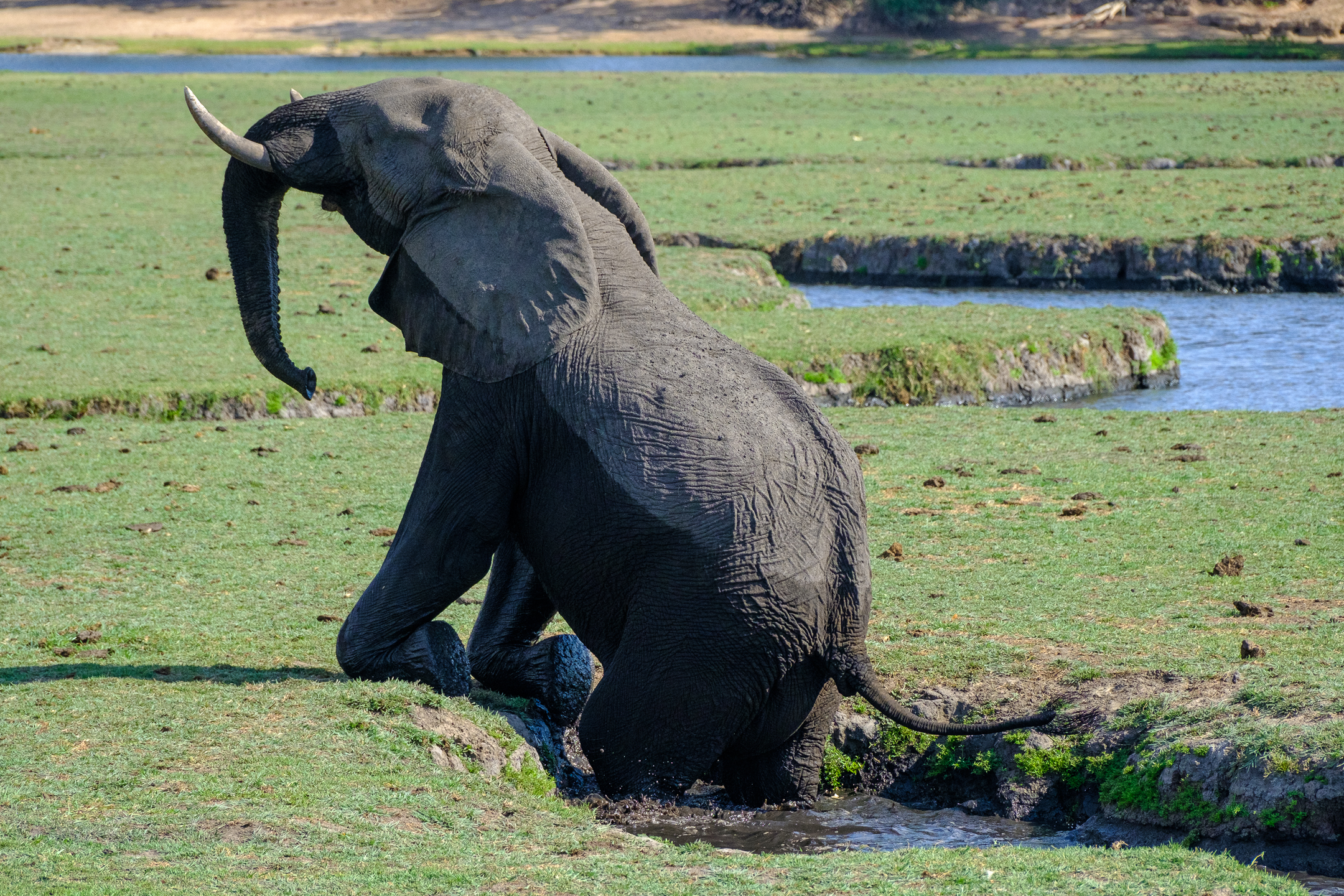
Some childhood dreams are meant to be just that – dreams. For example, when the TV show Emergency came out in 1972, I wanted to be a paramedic and even wrote the Los Angeles Fire Department inquiring about expectations and qualifications. Ultimately, I chose another professional path.
Other childhood dreams are meant to be achievable goals. Upon seeing camper vans as a high school student, I wanted a camper van. In 2020, I fulfilled that dream when I bought Addie, my 2010 Chevy Roadtrek Versatile camper van.
Another childhood dream was to go on a safari. I just accomplished that dream!
I love learning. In planning this adventure, I knew I wanted to learn about the history and culture of Southern Africa. I also knew I wanted to experience beautiful landscapes and natural wonders. And, of course, with my budding interest in photography, I knew I wanted to improve my skills while capturing animals, especially the big game.
This safari adventure met all of my expectations!
The High Points
Big game: 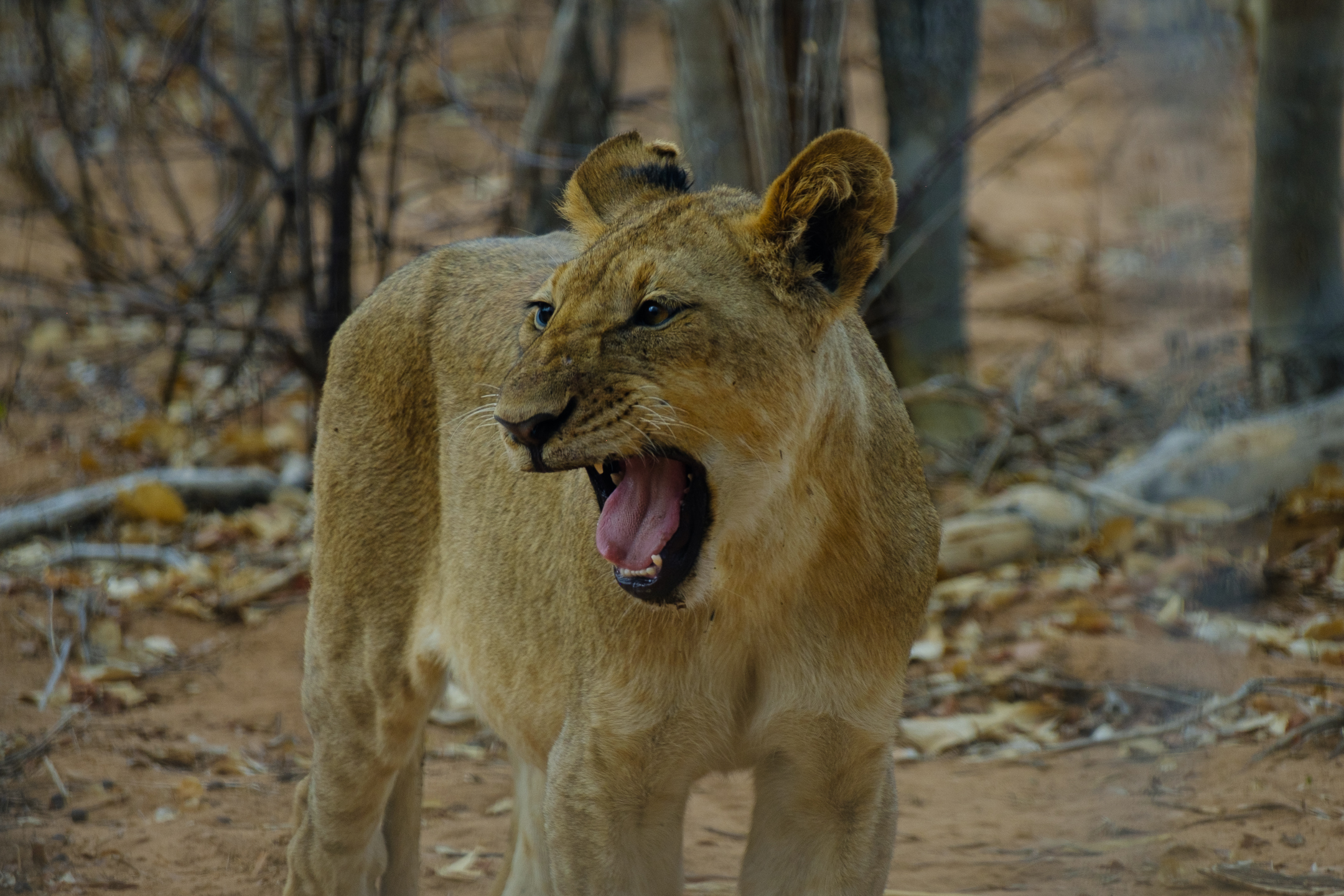
I saw four of the Big Five – lions, rhinoceroses, elephants, and buffalo. The leopard eluded me. I also saw giraffes, zebras, hippopotami, springboks, oryxes, impalas, warthogs, wildebeests, kudus, hartebeests, baboons, wild dogs, and much much more! (Yes, I have list: 47 different animals!)
Natural beauty: 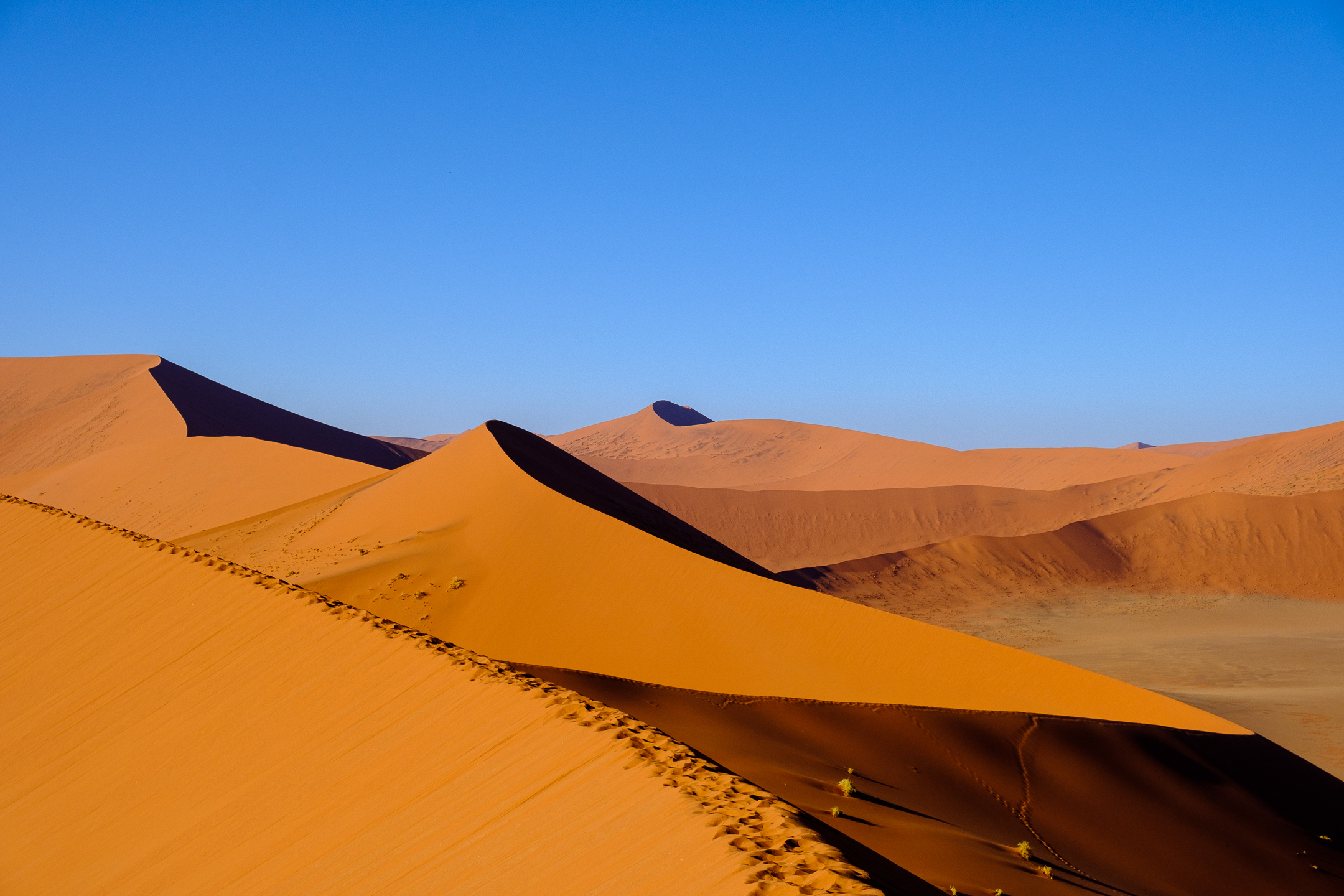
Traveling almost 3,500 miles, I saw quite a lot of South Africa, Namibia, and Botswana, along with a bit of Zimbabwe and Zambia. Leaning over Victoria Falls and observing the water falling mesmerized me. It felt almost meditative to take in the Falls through all of my senses. I thought I’d be scared; instead, I felt exhilarated. Dune 45, in the Sossusvlei area of the Namib Desert in Namibia, remains one of my most powerful visual memories from this trip. The colors, textures, and beauty of the dunes amaze me.
History and culture: 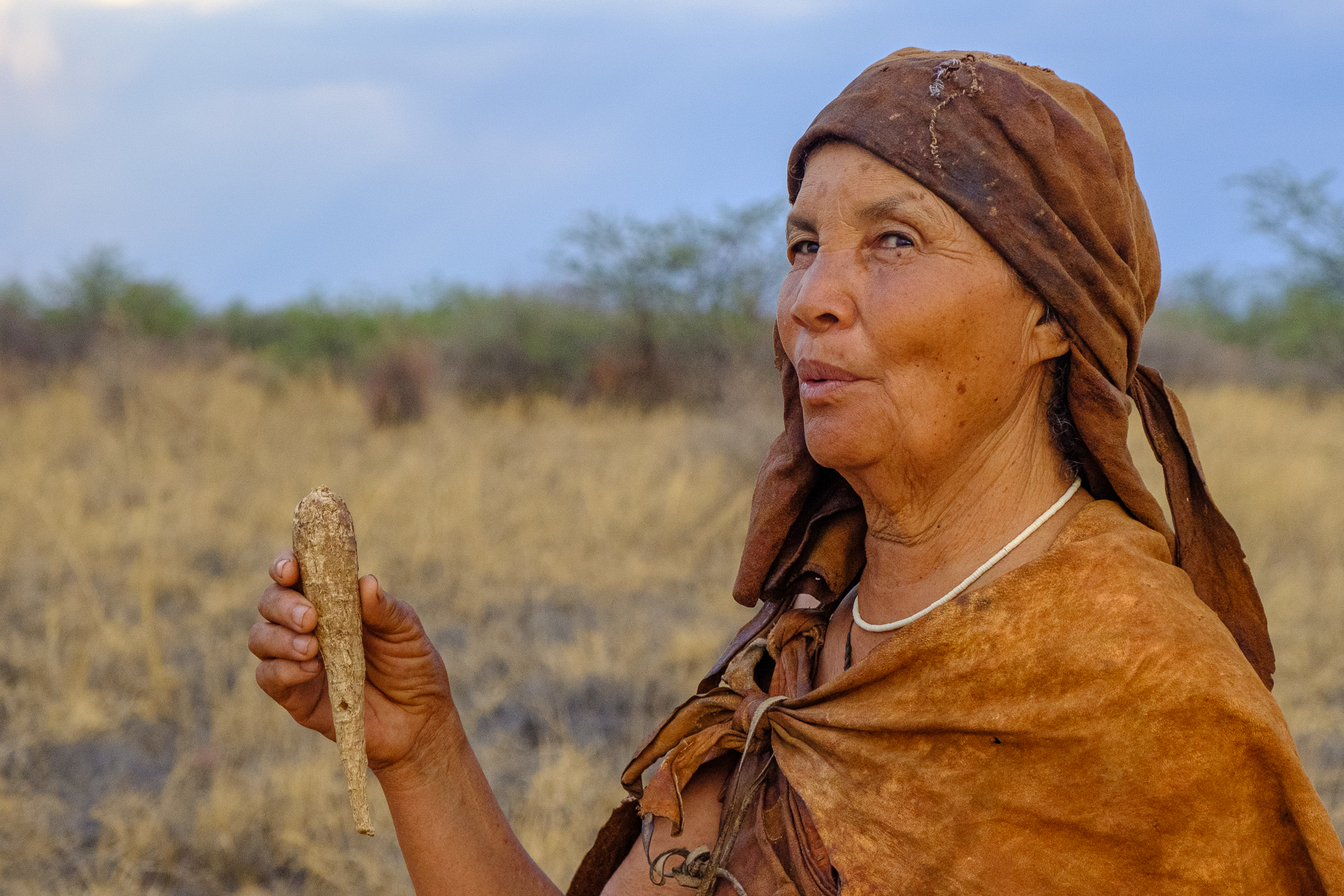
I felt I did my “homework” before this trip, having read Nelson Mandela’s Long Walk to Freedom, Alan Paton’s Cry, the Beloved Country, and most of James Michener’s The Covenant. However, nothing is more valuable than actually immersing oneself in a place. Spending time before meeting my group in Cape Town, touring the township of Mondesa near Swakopmund, and talking with our two guides helped me better understand the history and culture of Southern Africa.
Sunway Safaris: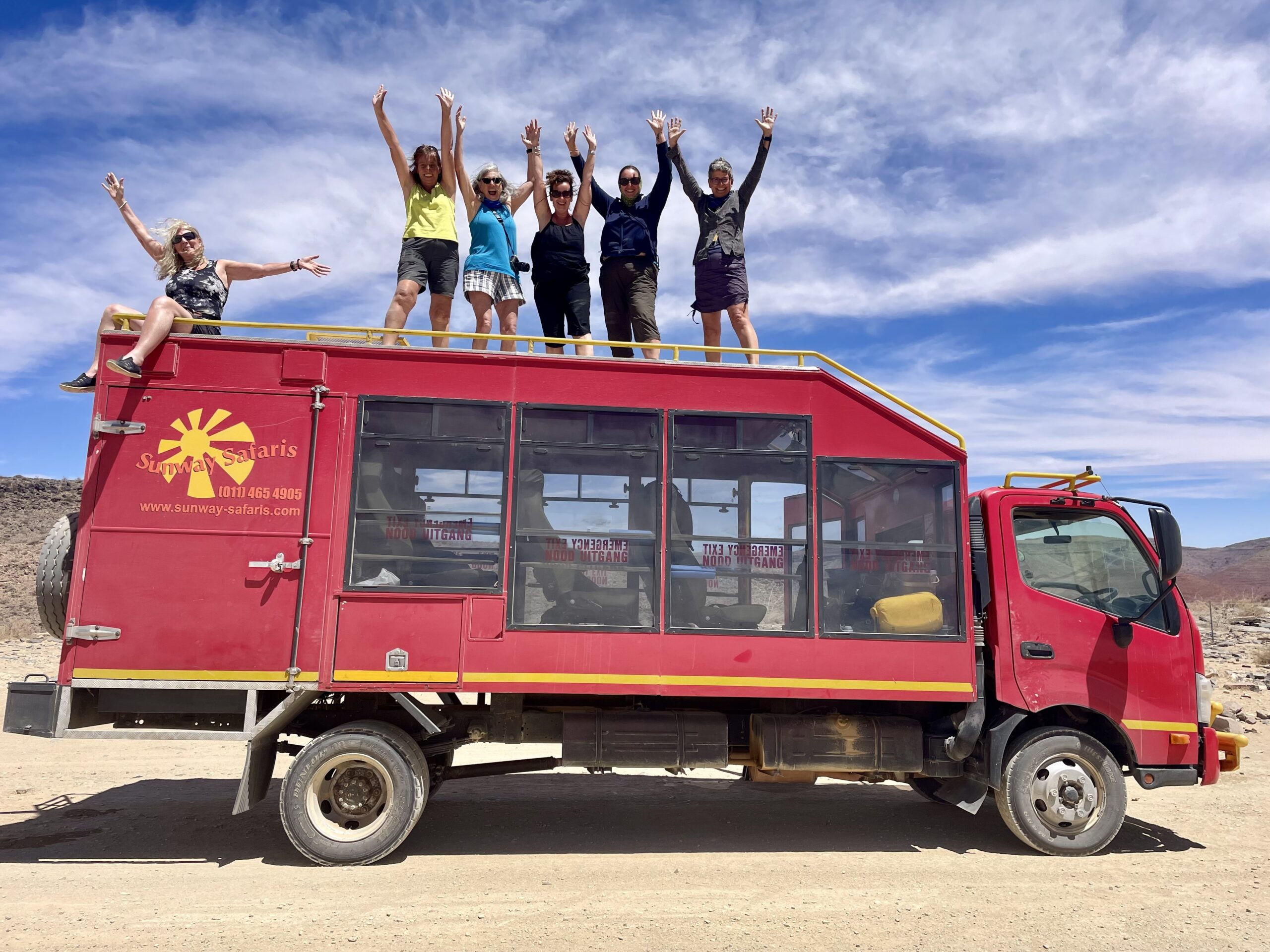
The itinerary constructed by our tour company, Sunway Safaris, offered a WONDER every day! There was a treat – an experience – to look forward to every single day of this three-week adventure. Our guides, Sfiso and Sifiso, provided a safe, fun, and comfortable atmosphere while sharing their expansive knowledge and support. Responsive, diligent, and humorous, I so appreciated having them guide me through this journey.
The Challenges
Group dynamics:
We had ten travelers for the first half of the trip, with one person leaving us (pre-planned) in Windhoek, Namibia. There were three couples (two from Germany and one from France), two friends from England who met on a trip to Costa Rica, one person from Switzerland (the one who left in Windhoek), and me from California. Everyone is well-traveled and intelligent. We had, though, various levels of fluency in English although the trip was an English language trip. This made authentic general conversation a bit difficult, especially at the start. Also, deciding which and when to open windows for airflow in the Red Elephant (our truck – home away from home) challenged us.
Bumpity bump bump:
Riding in the Red Elephant over some very long unpaved roads exhausted me. I knew the trip would be rugged, but I didn’t realize how bumpy the roads would be.
Infrastructure:
I admit it. I love having electricity and WiFi! In the evenings, I enjoy reviewing, editing, and uploading my photos. This was simply not possible every evening due to the lack of electricity and WiFi. Not unexpected, of course!
Overview of Photos
To review my blog, one can start at the beginning and proceed to the end. The first post is Welcome to Cape Town and Southern Africa!
Or…these are a few of the highlights of the trip…some of the posts contain more than what their category states…
Big game:
Etosha National Park: First game drive!
Etosha National Park: Full day game drive!
Chobe National Park: Afternoon Game Drive
Chobe National Park: Sunrise game drive and sunset river cruise
Makgadikgadi Pans National Park
Natural beauty:
Namib Desert
Orange and Fish Rivers
Cederberg
Canoeing, trekking, and cruising through the Okavango Delta
Flight from Maun over the Okavango Delta
Victoria Falls: Magnificent end to an amazing adventure
History and culture:
Welcome to Cape Town and Southern Africa!
Cape Town Private City Tour
Robben Island Tour
Swakopmund and the Township of Mondesa
Brandberg Mountain and the White Lady
Kalahari Desert and the San Bushman
